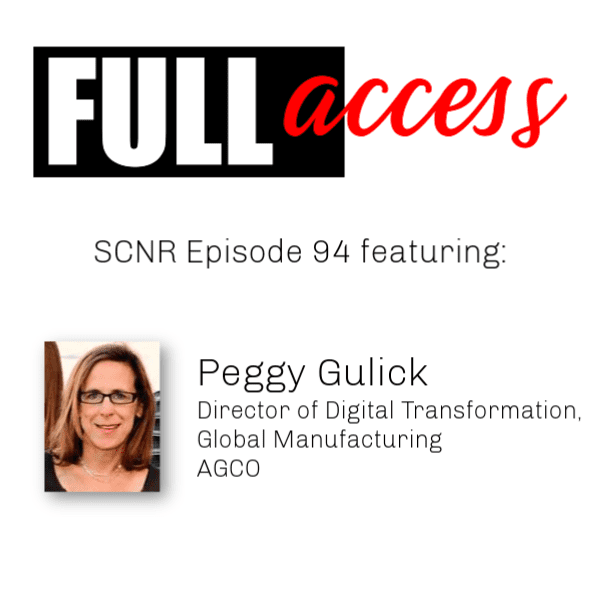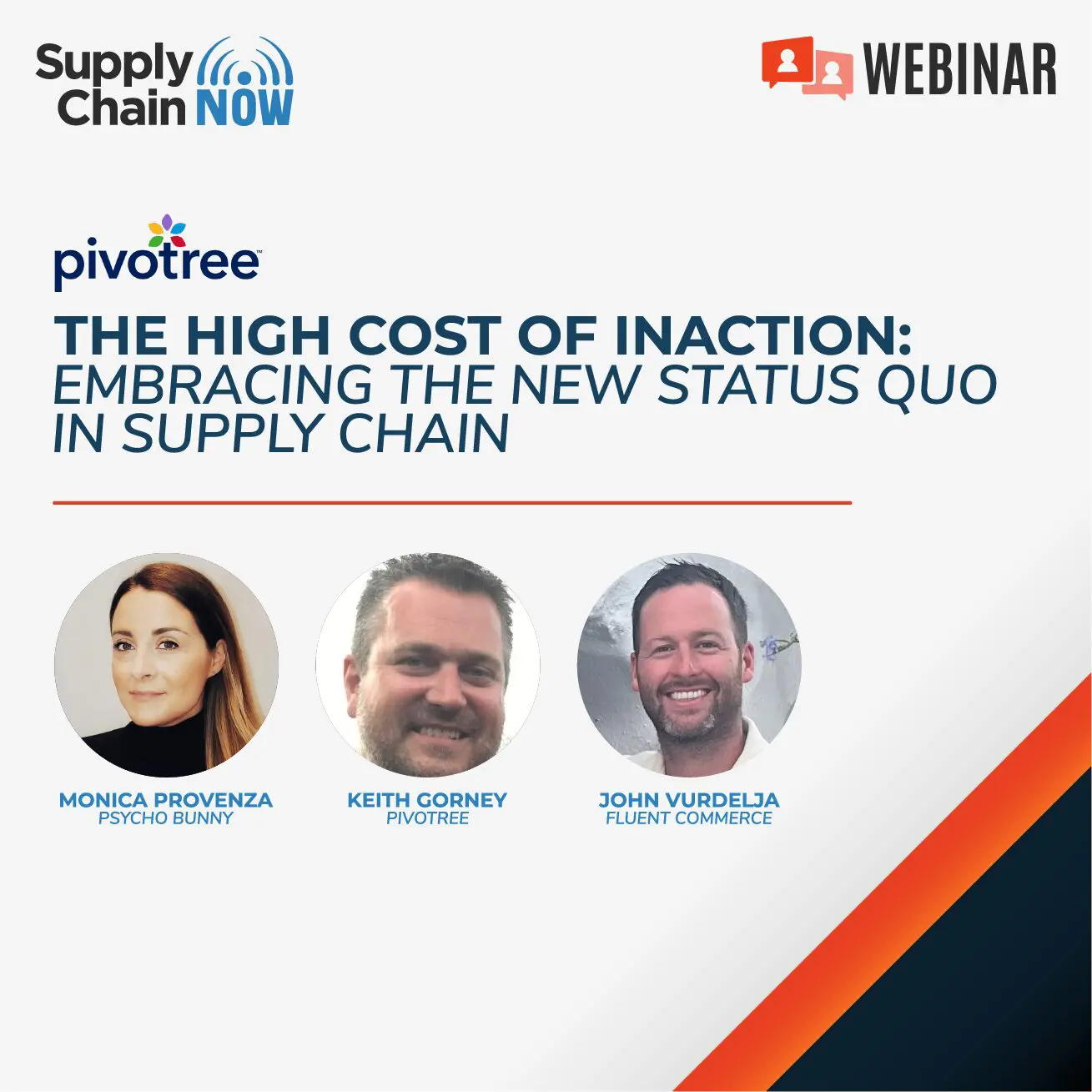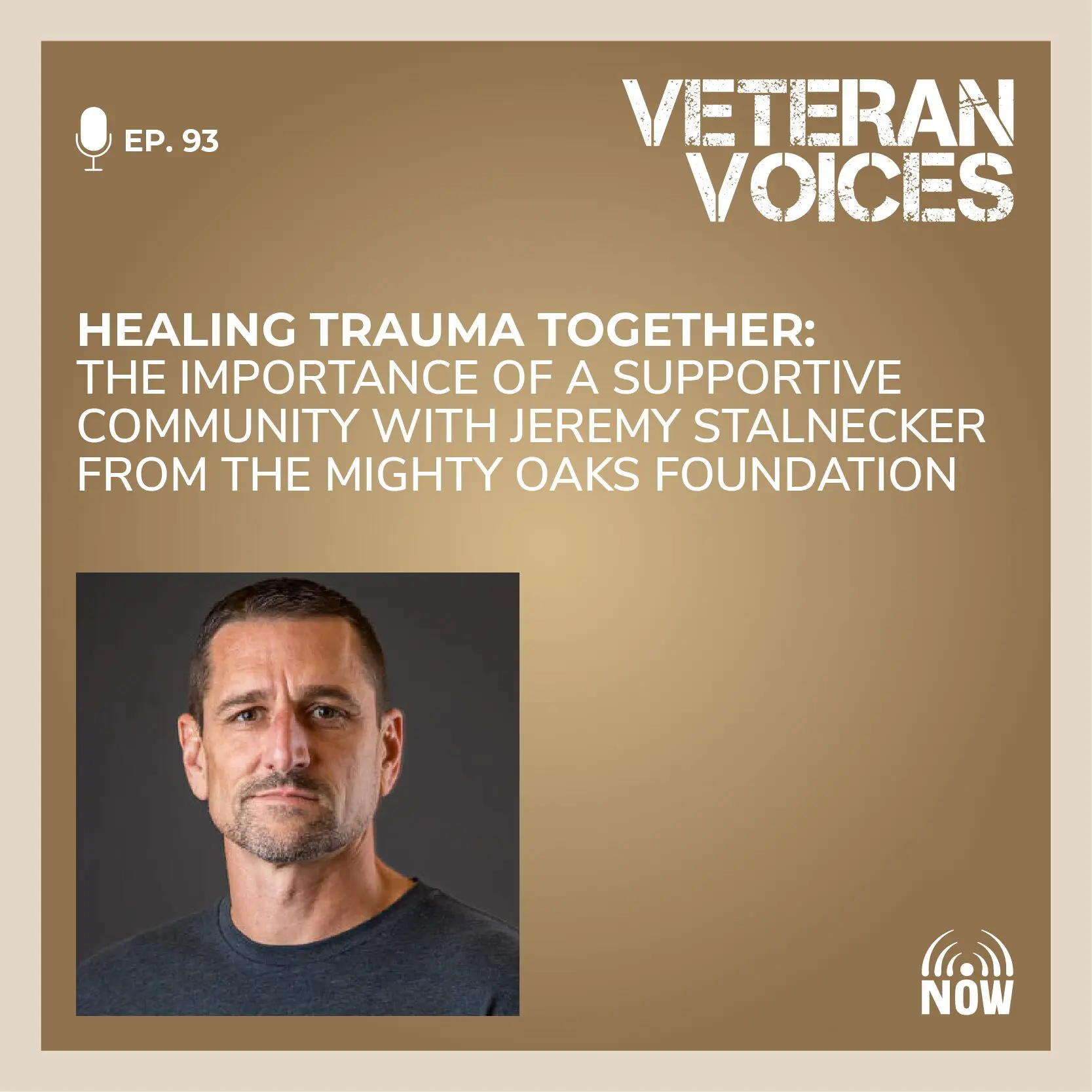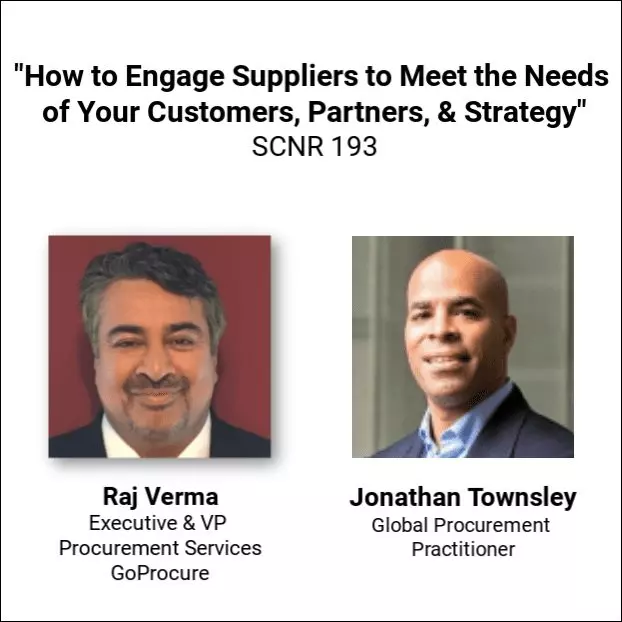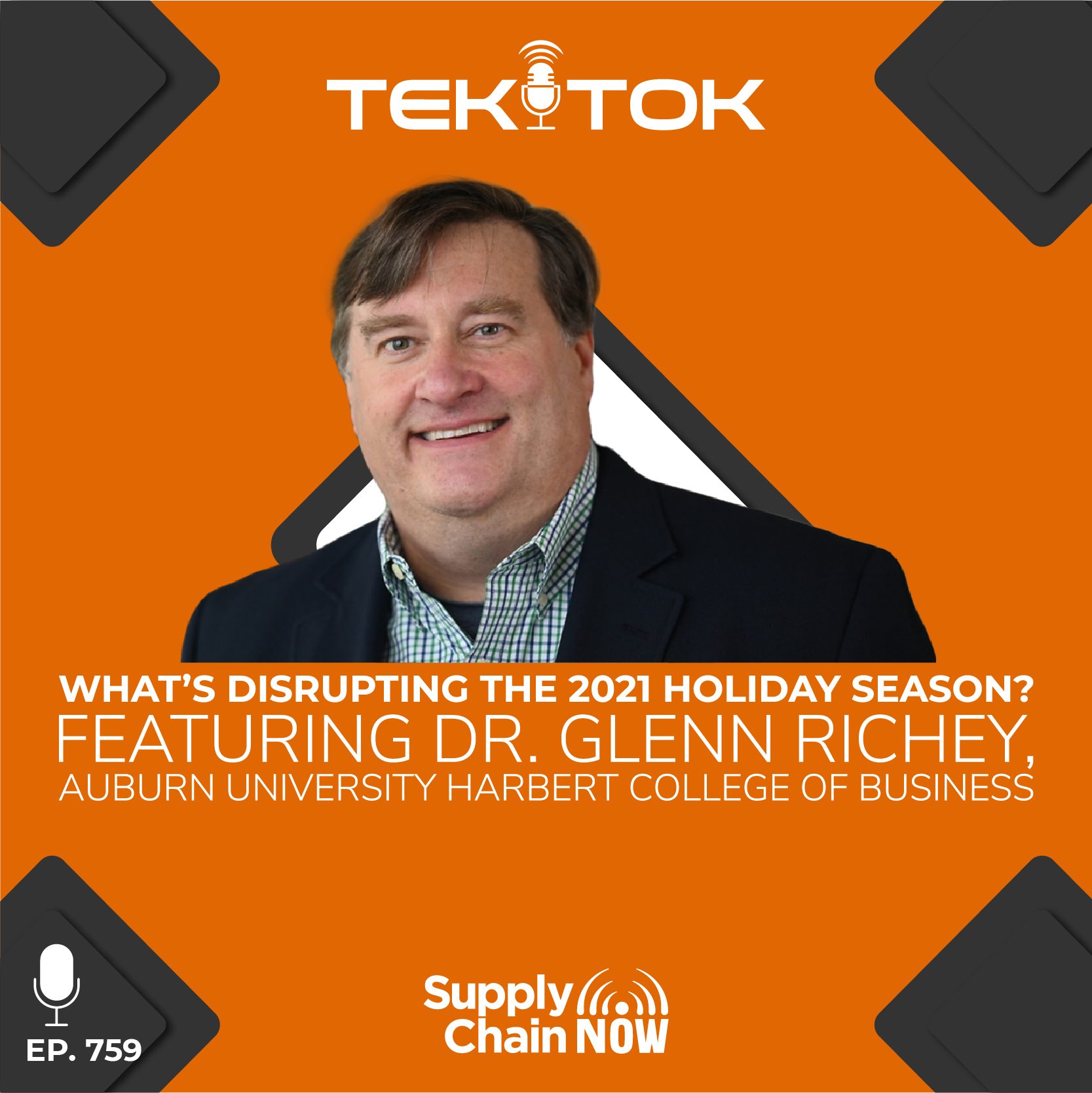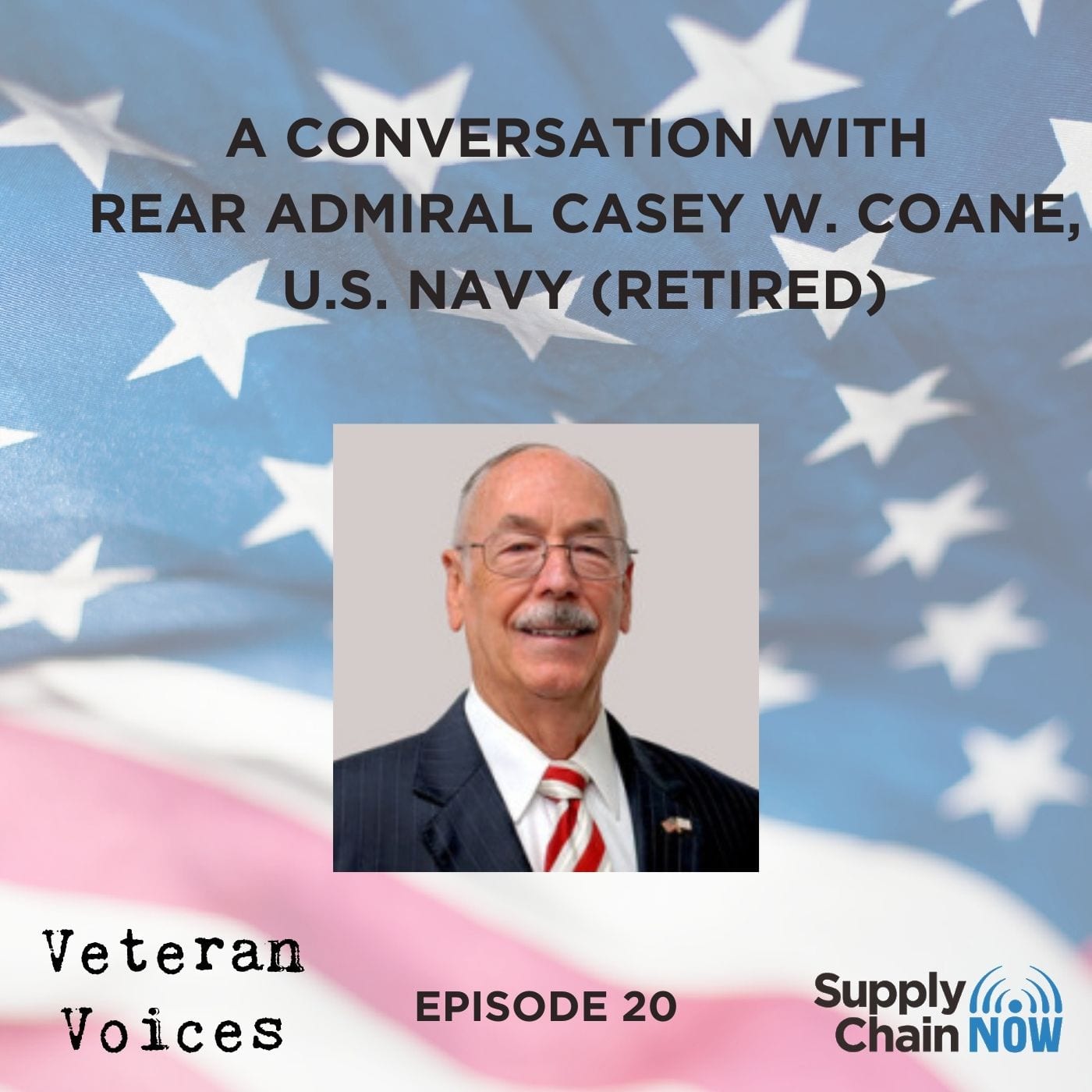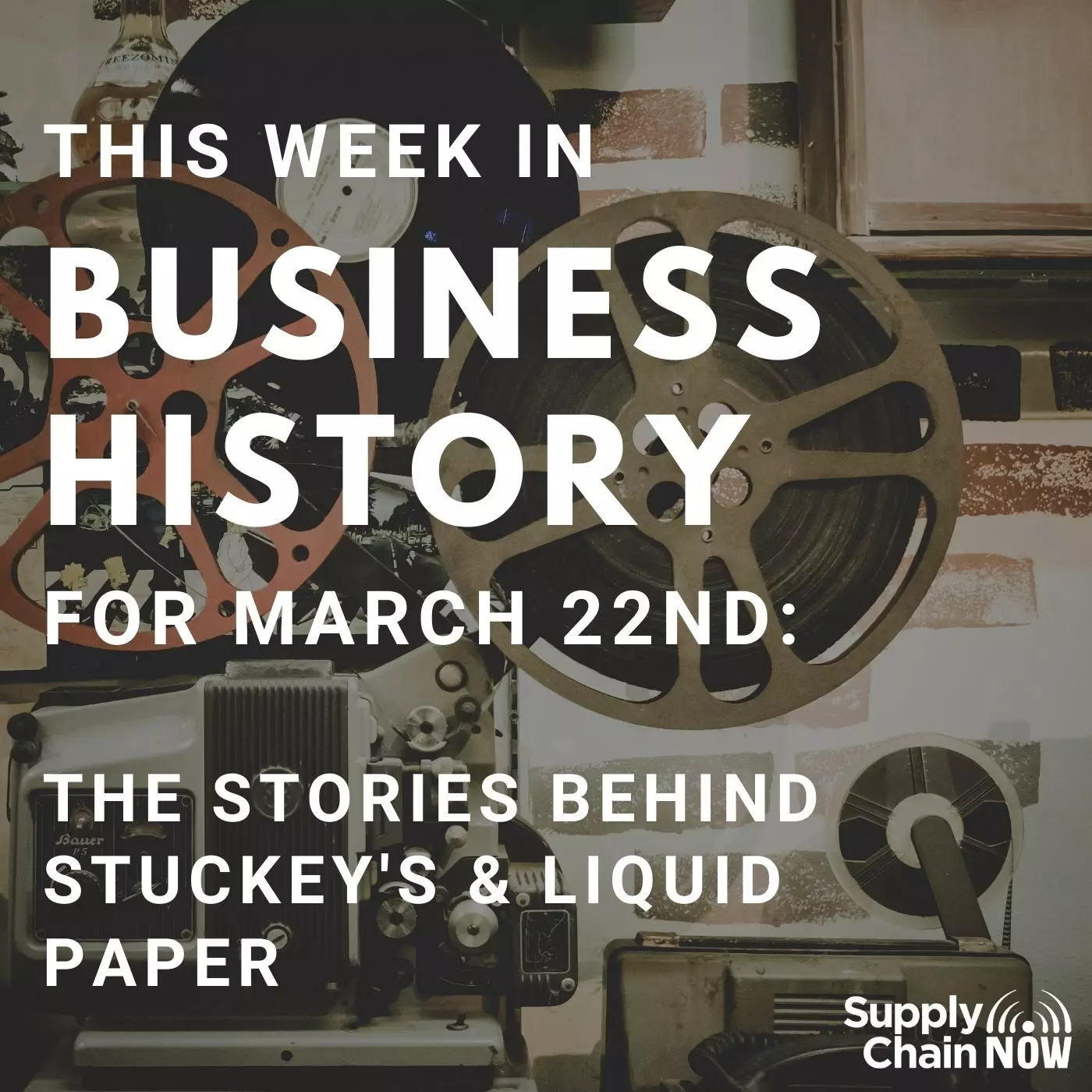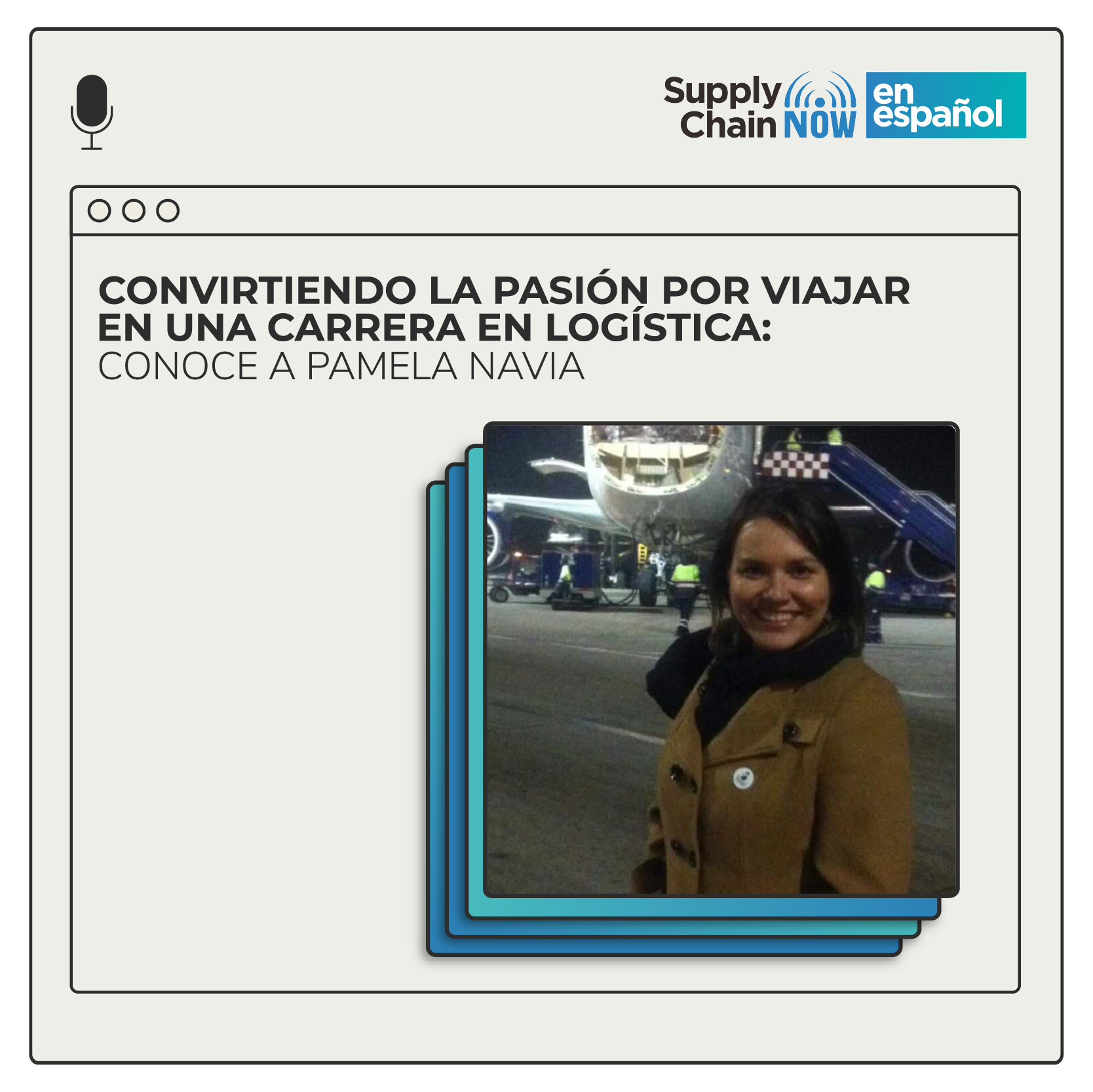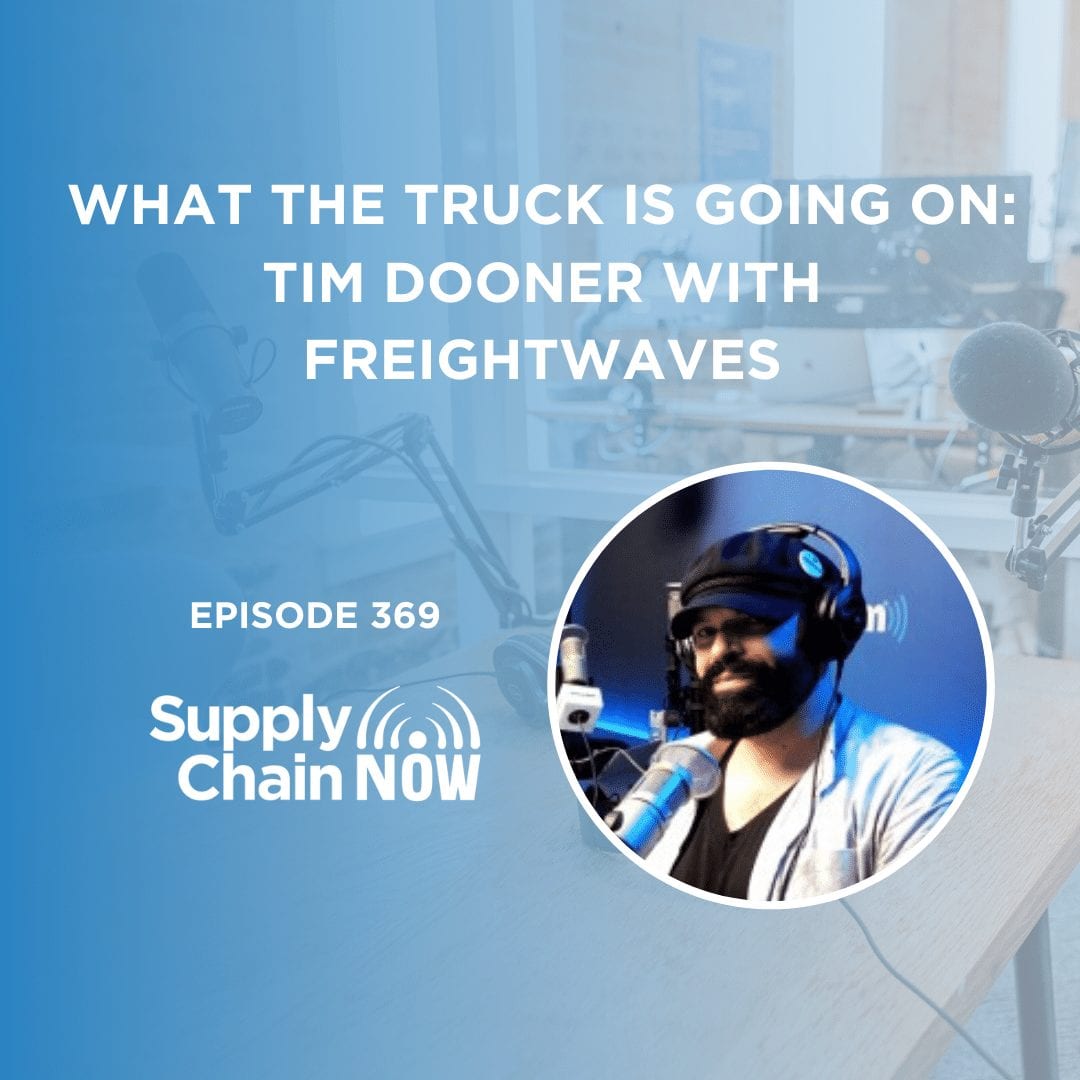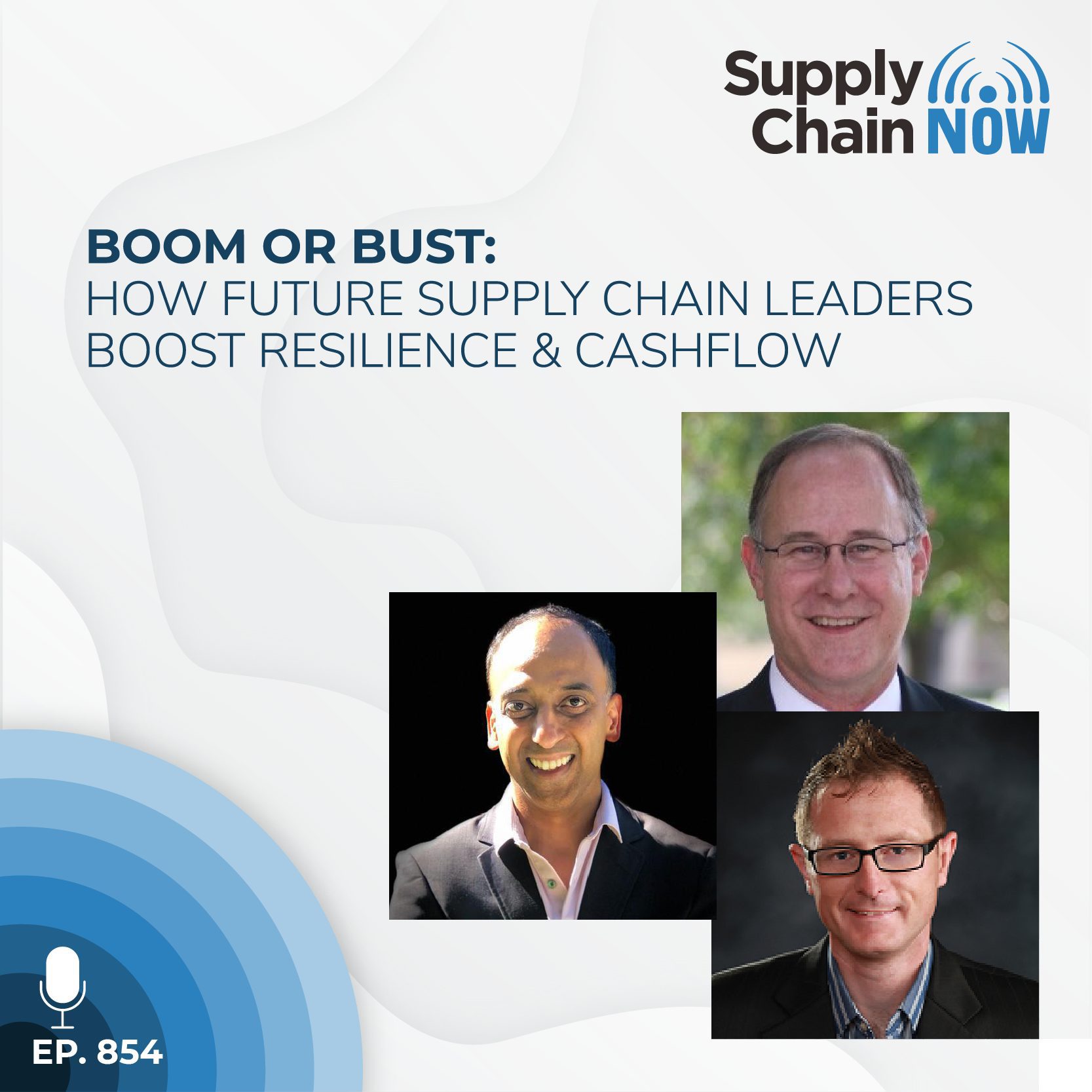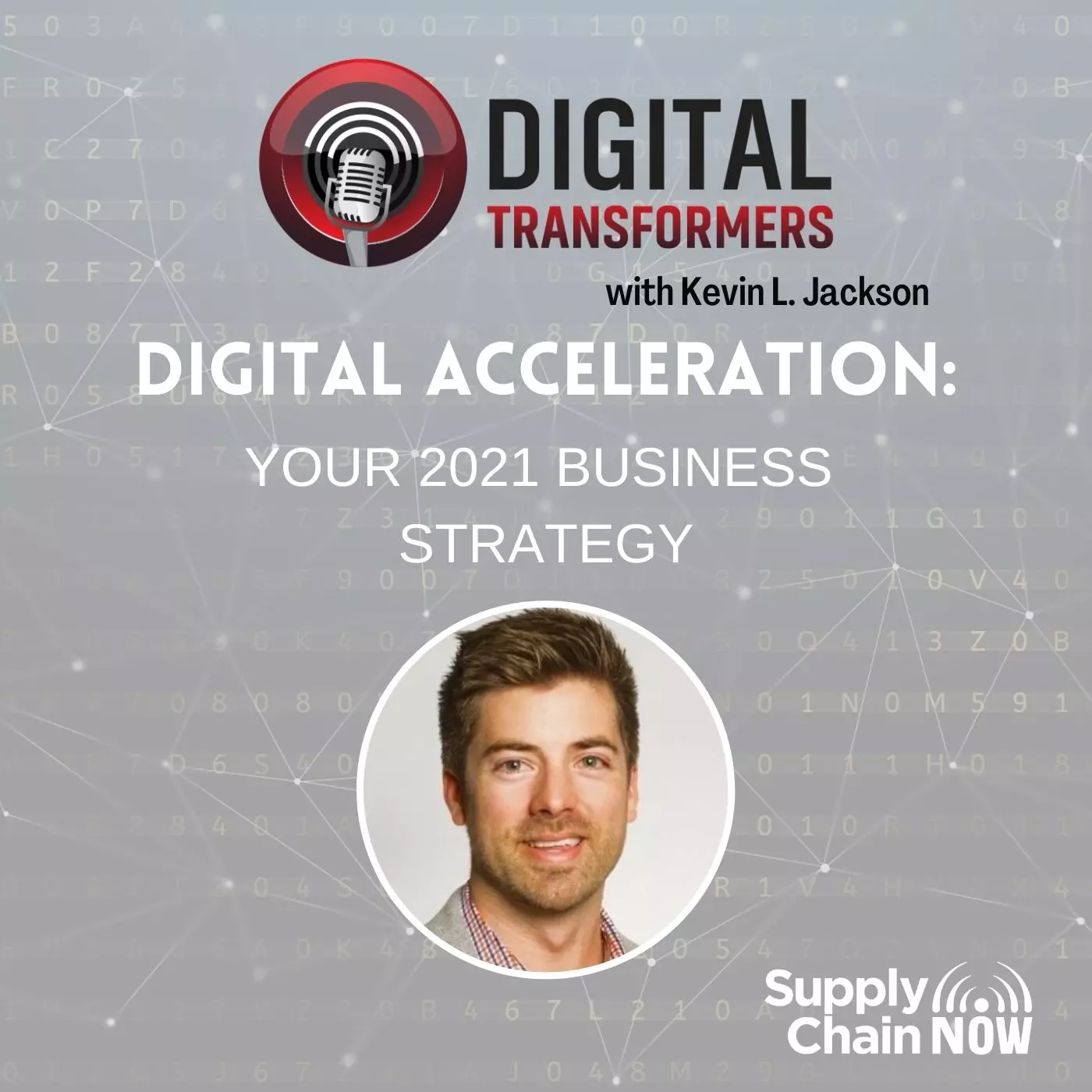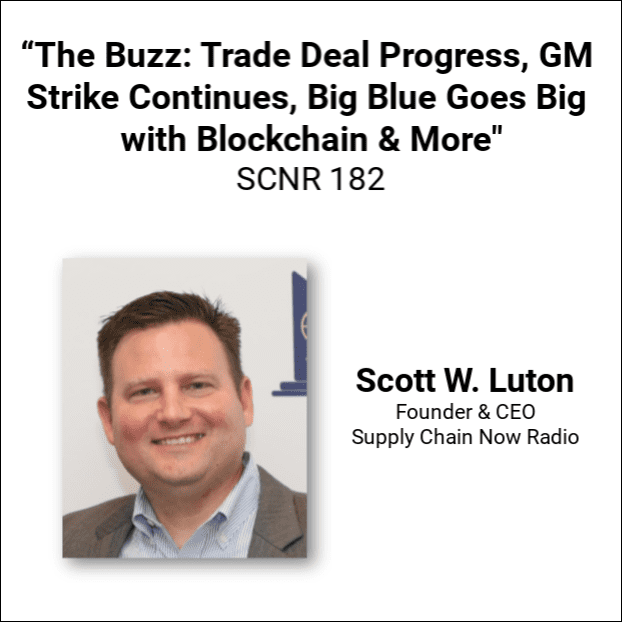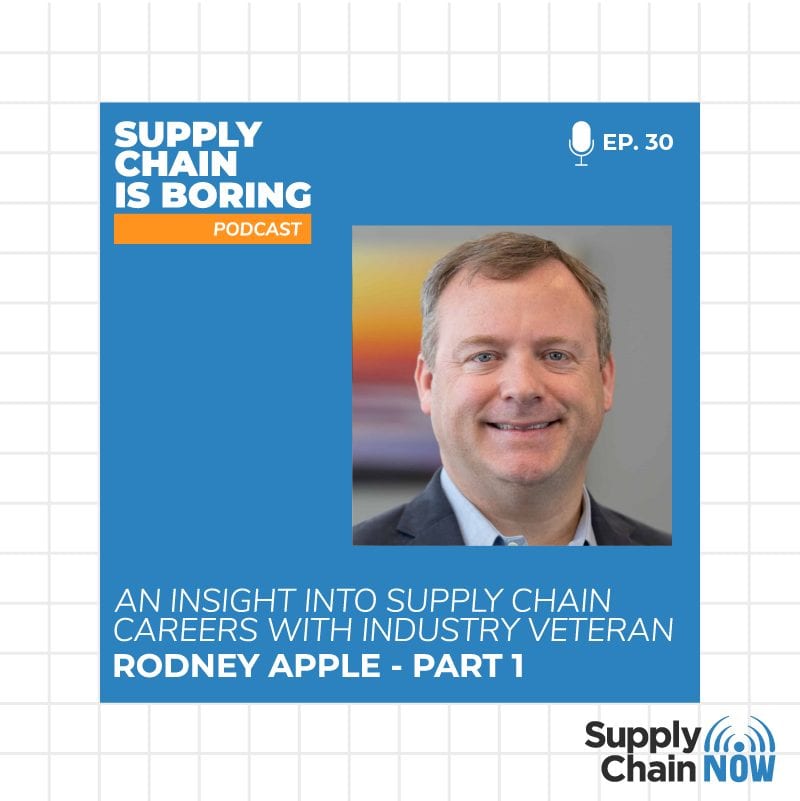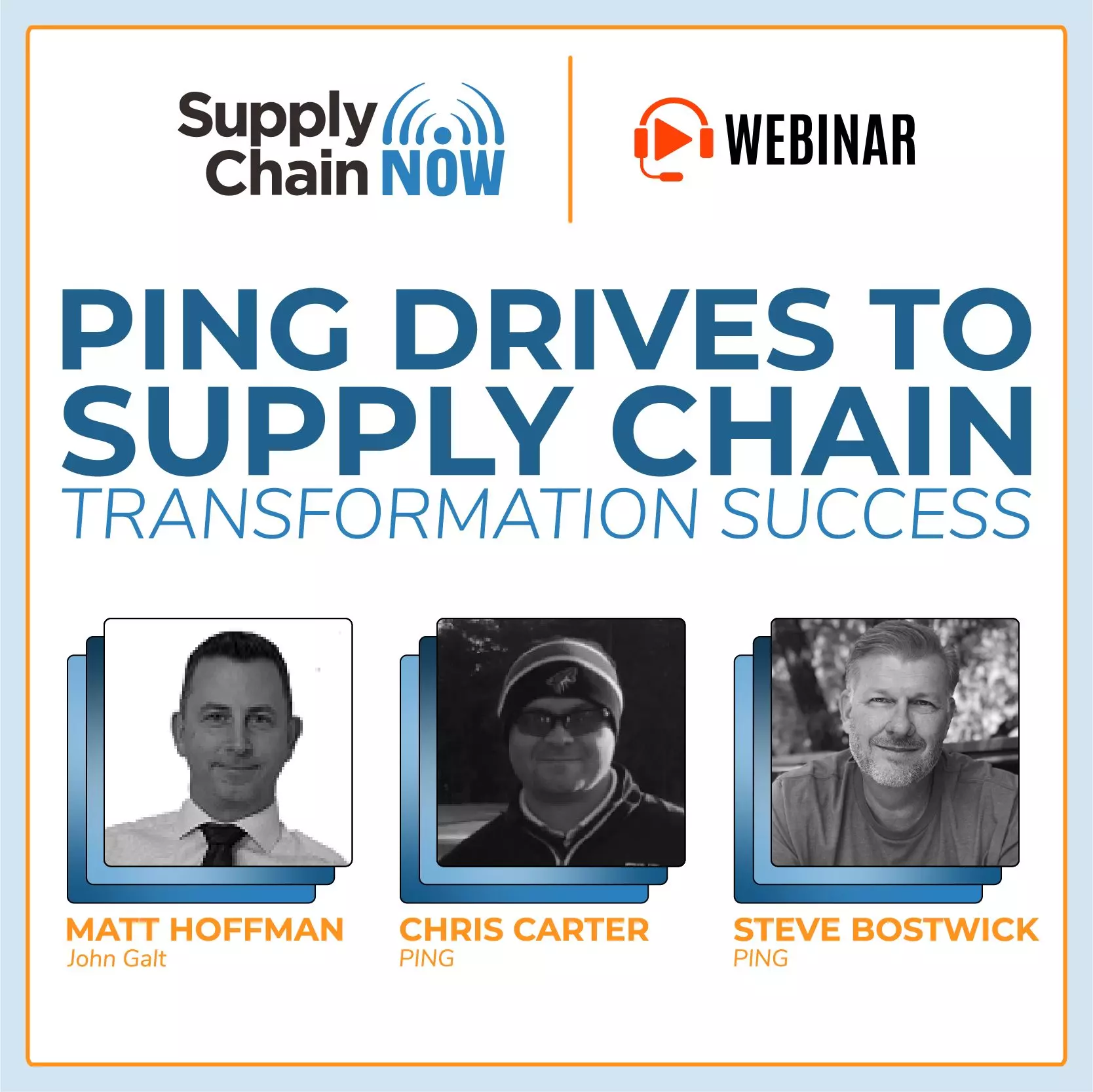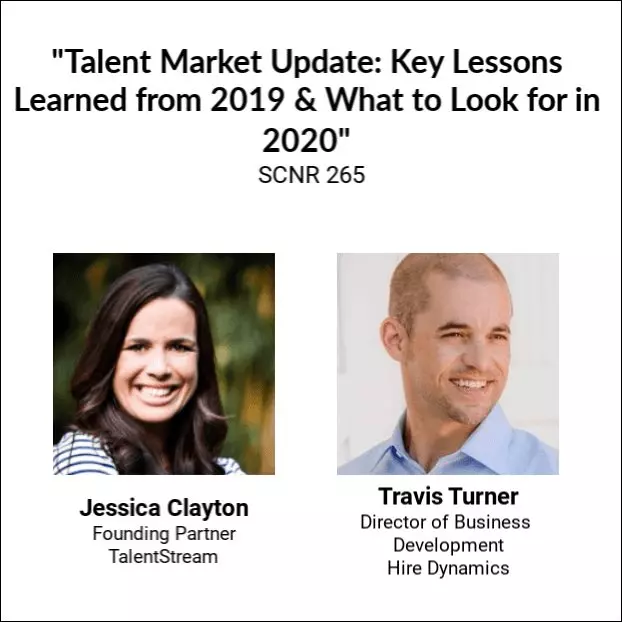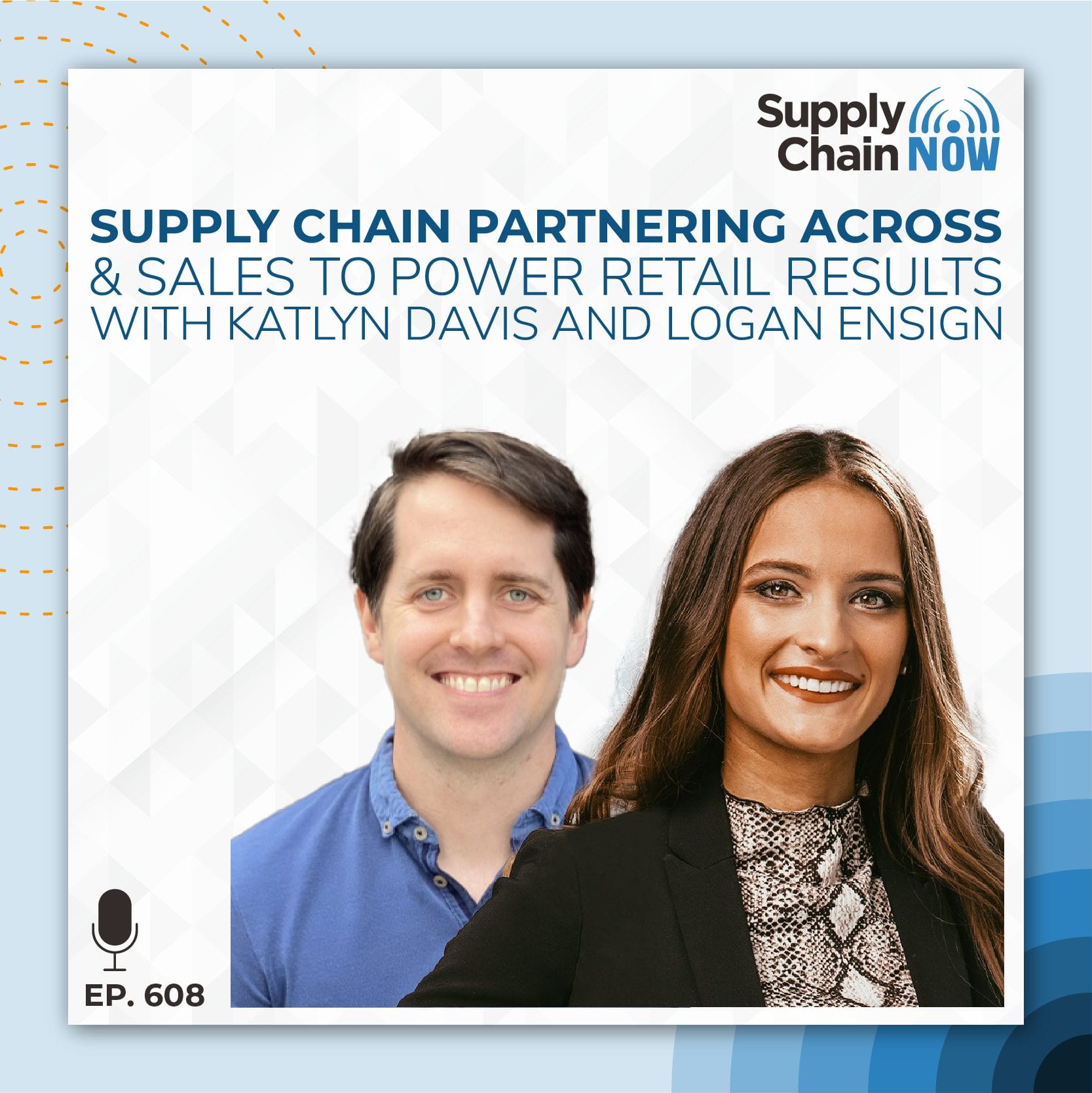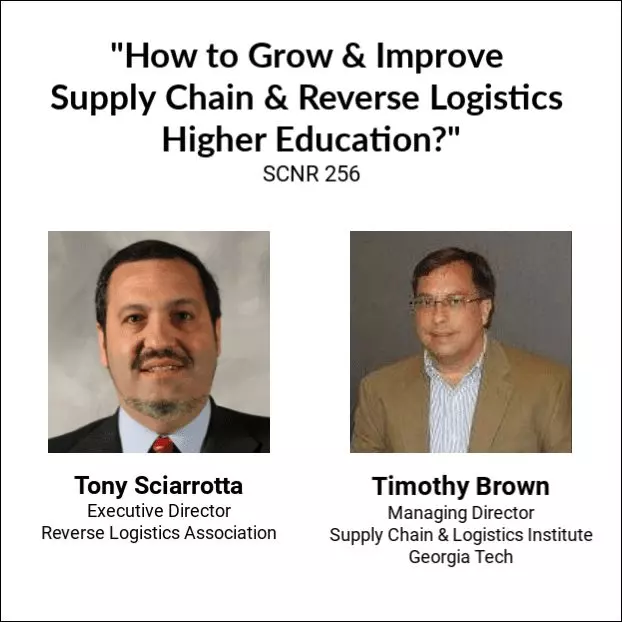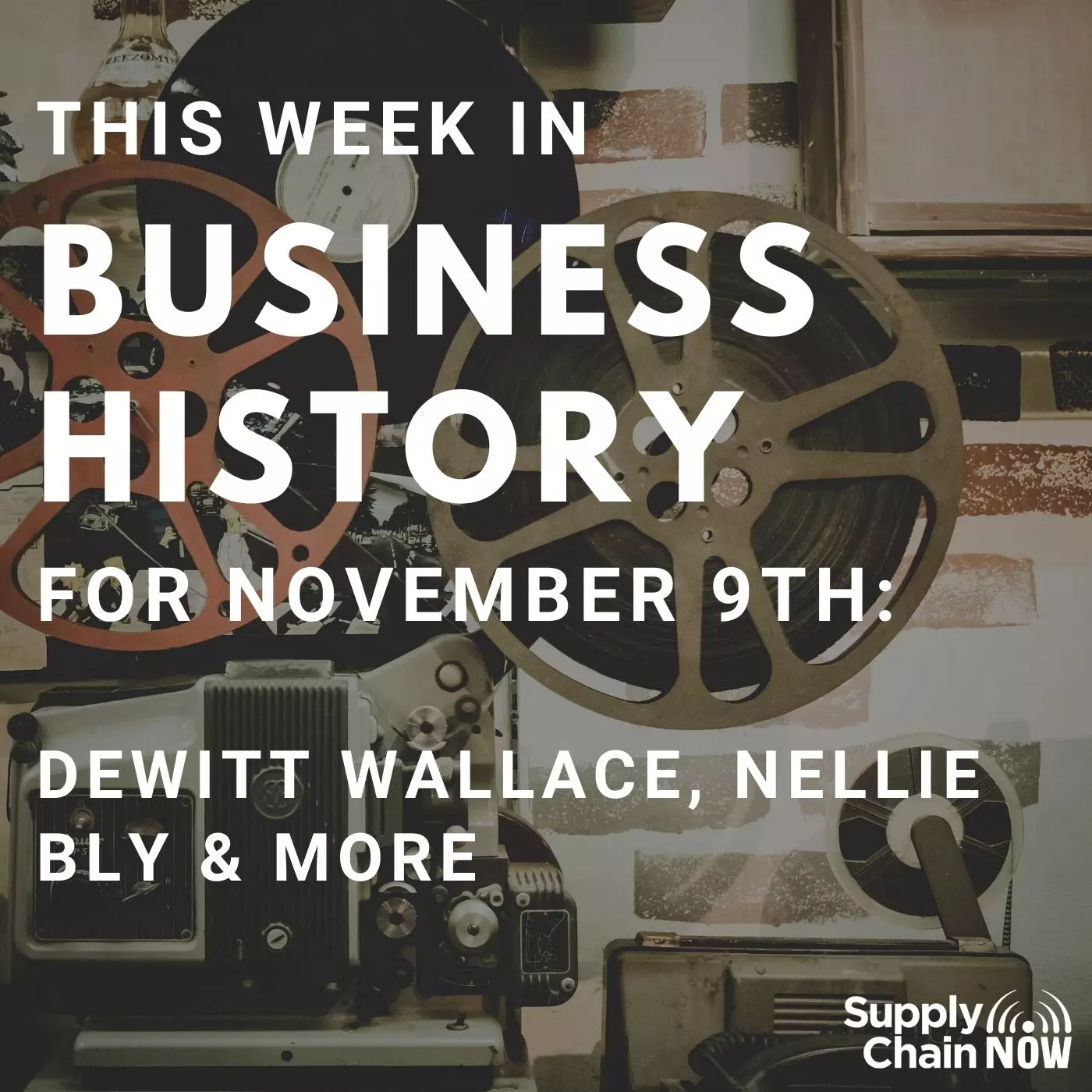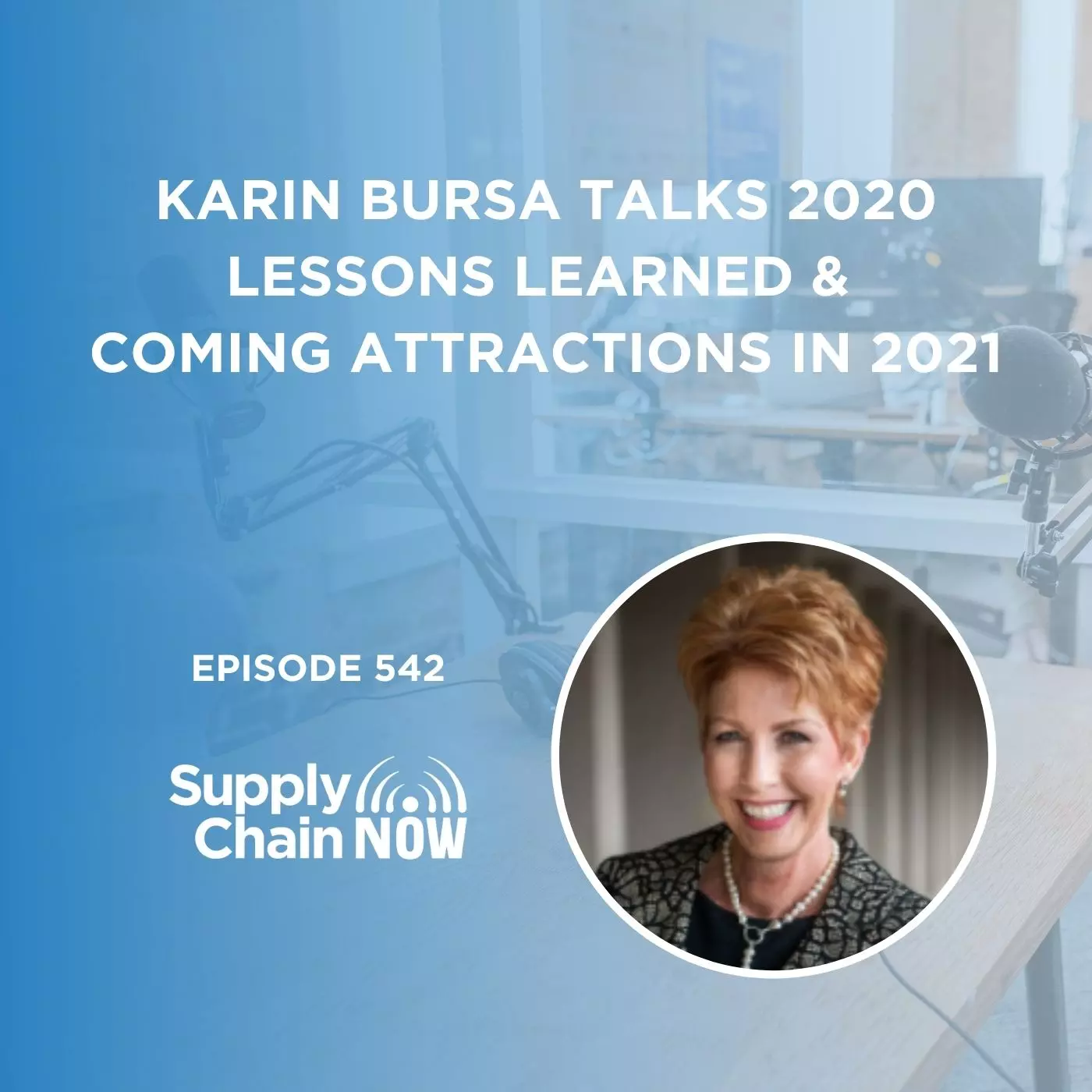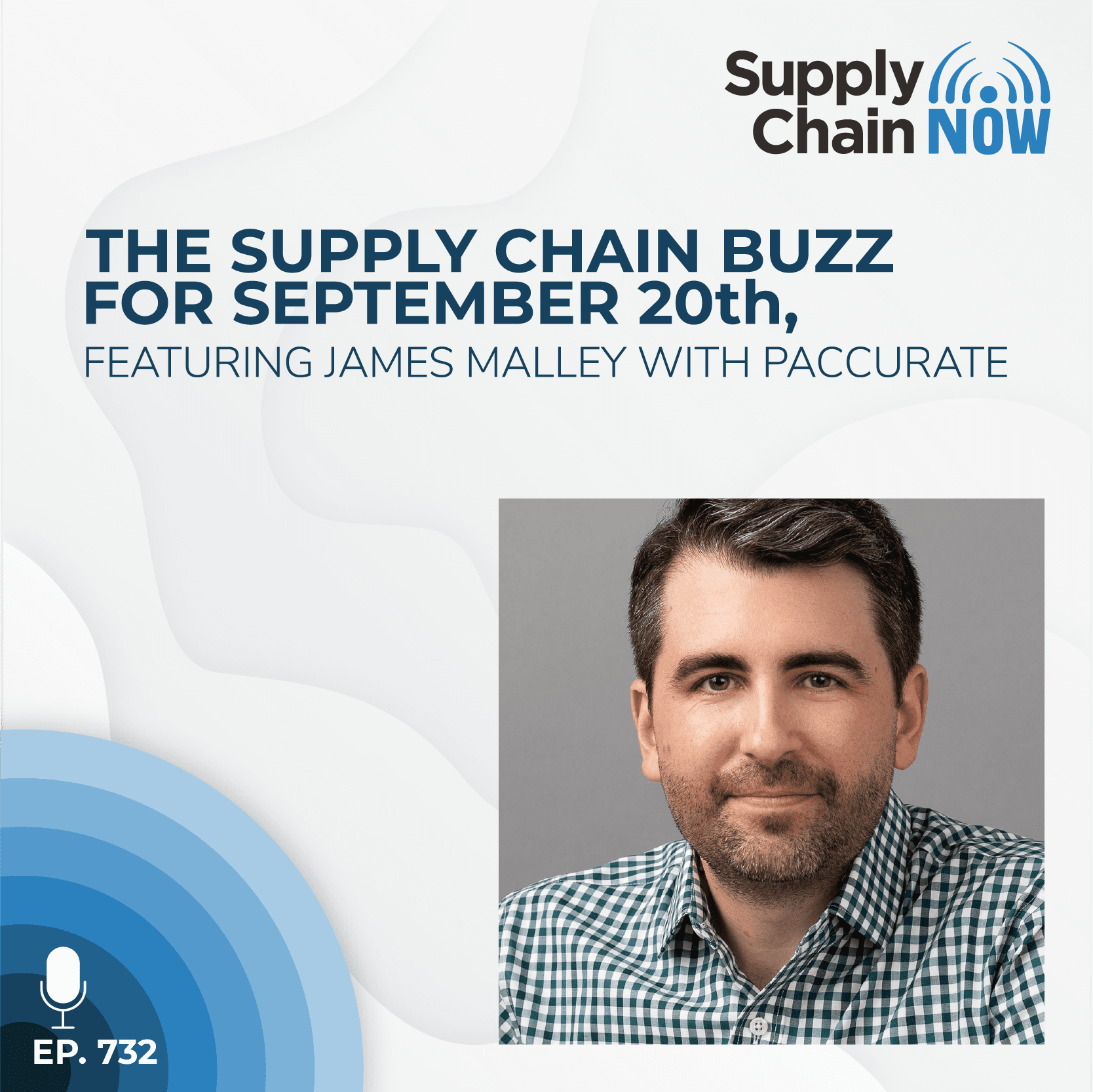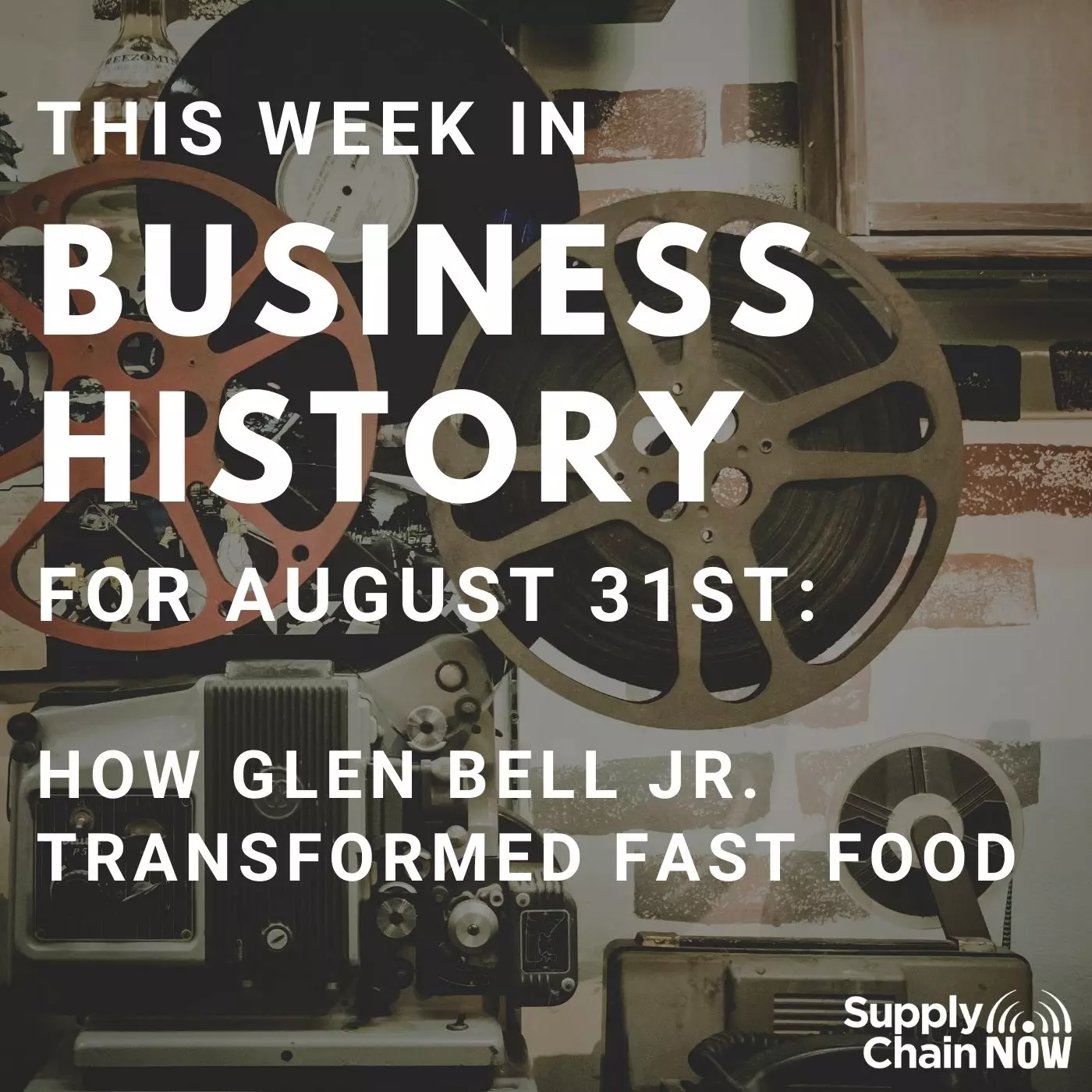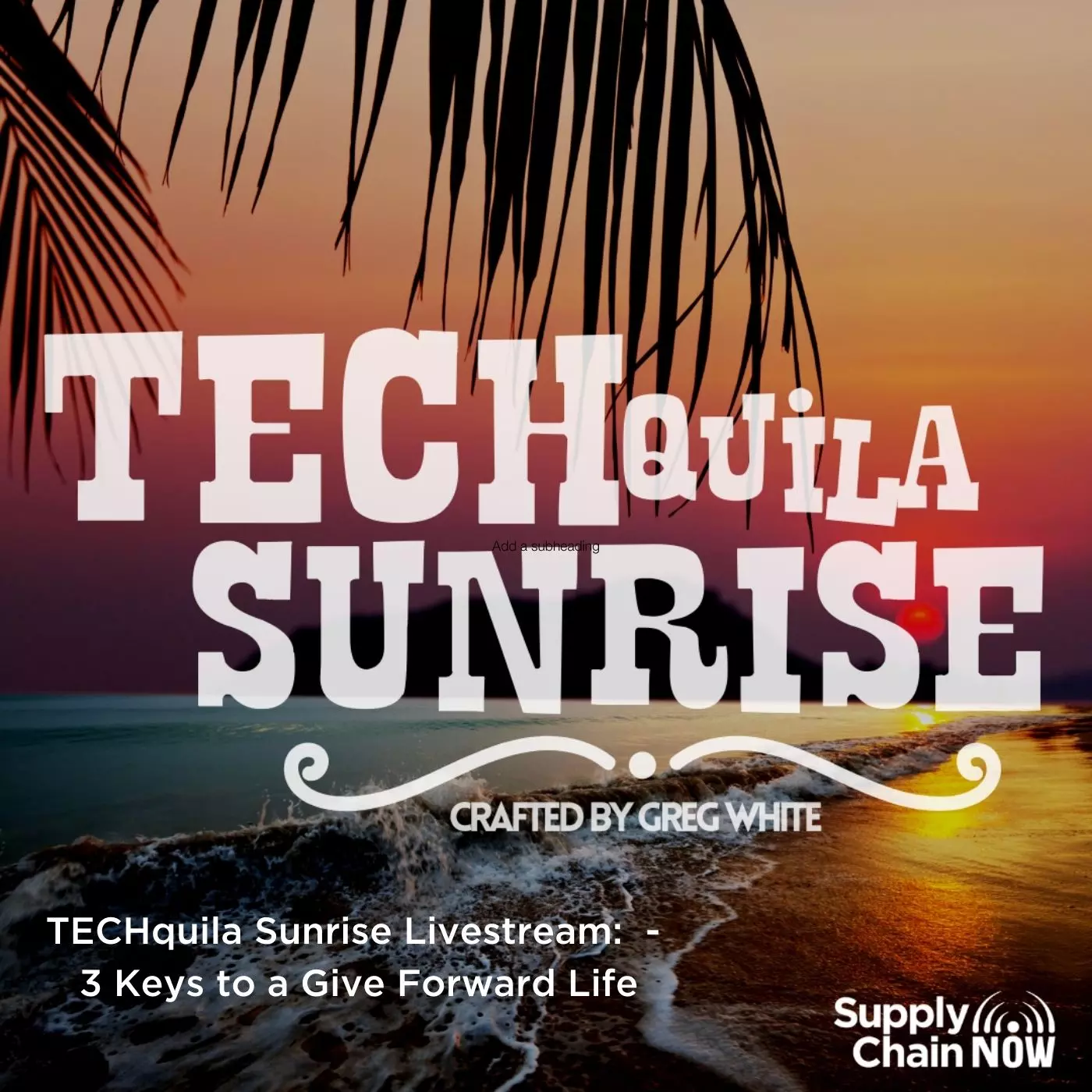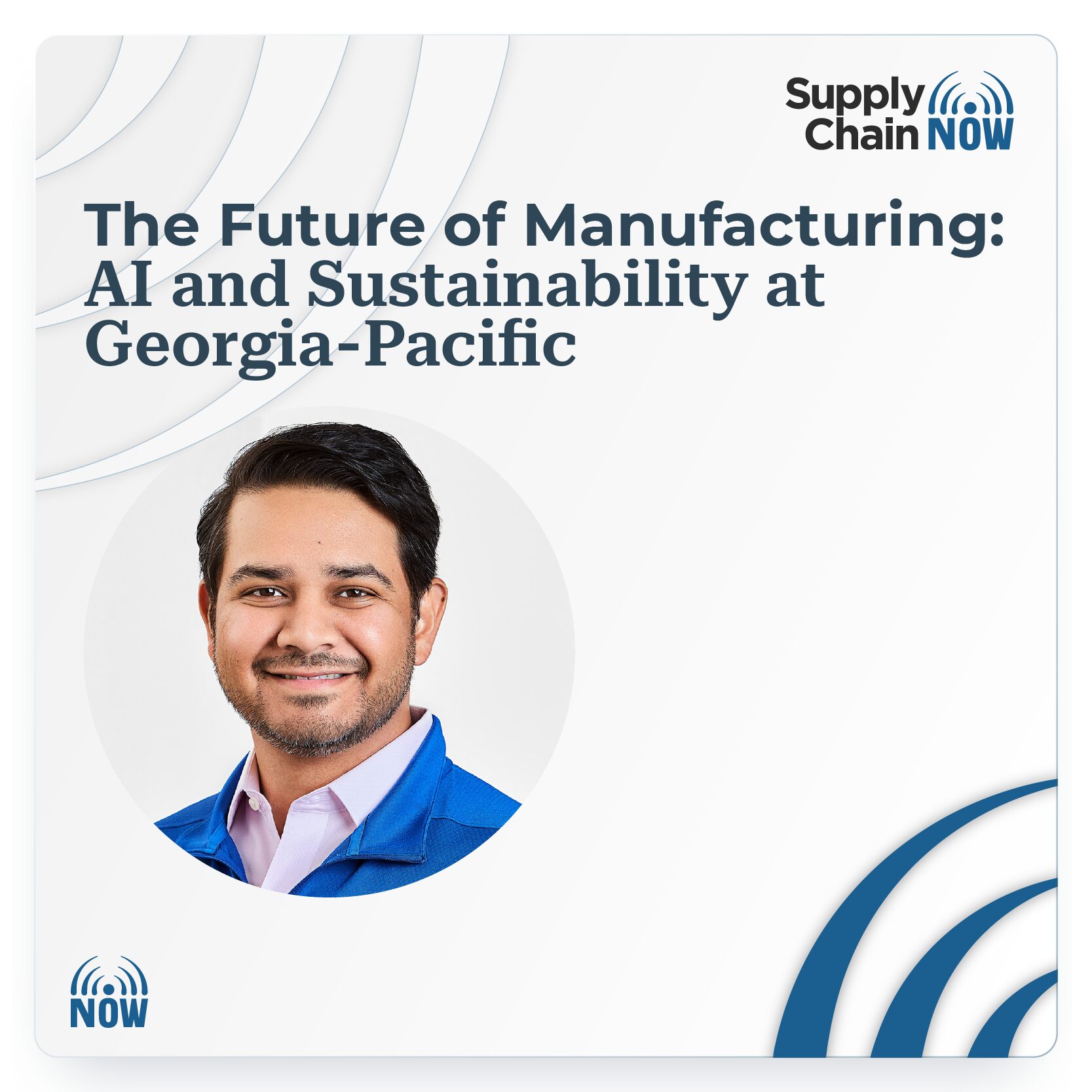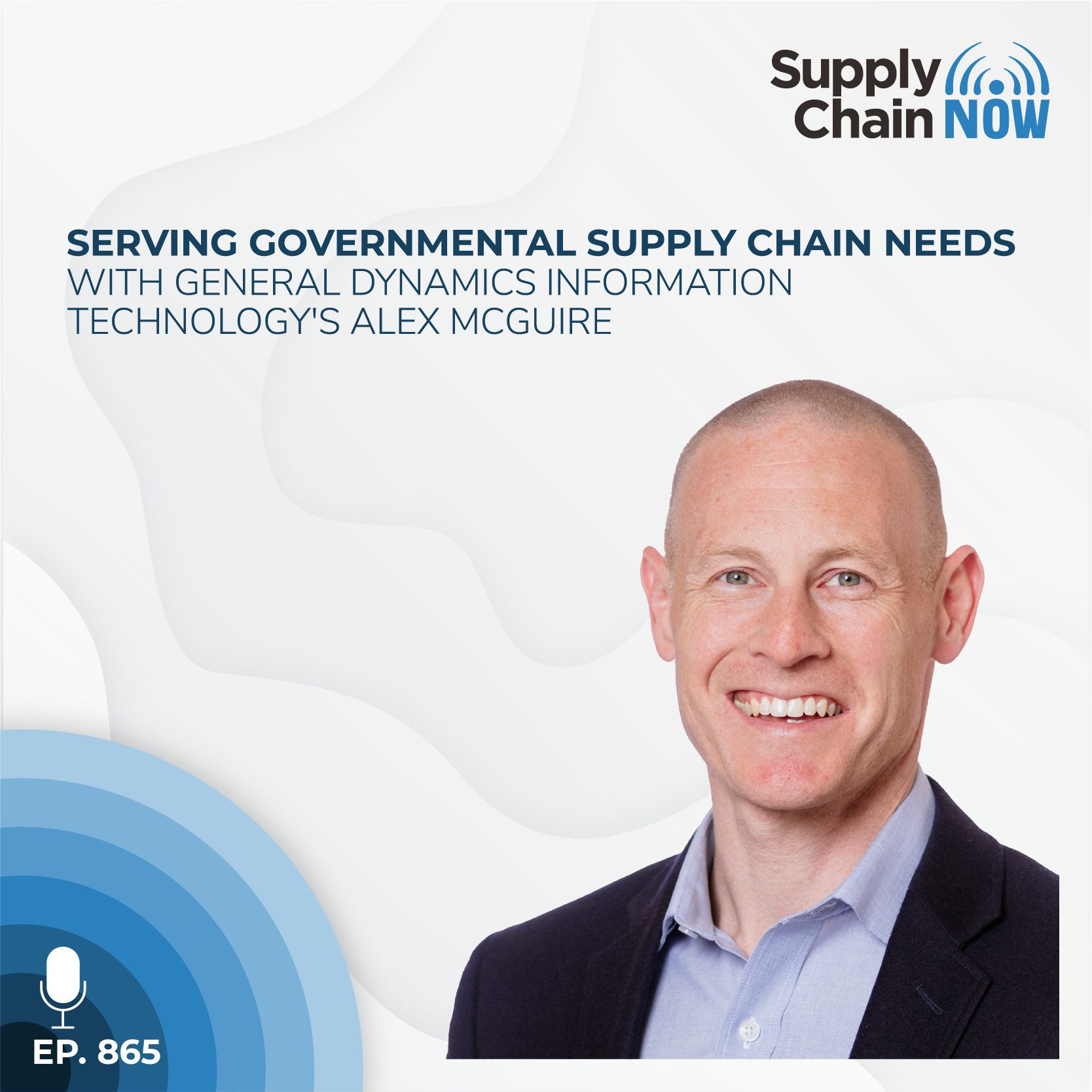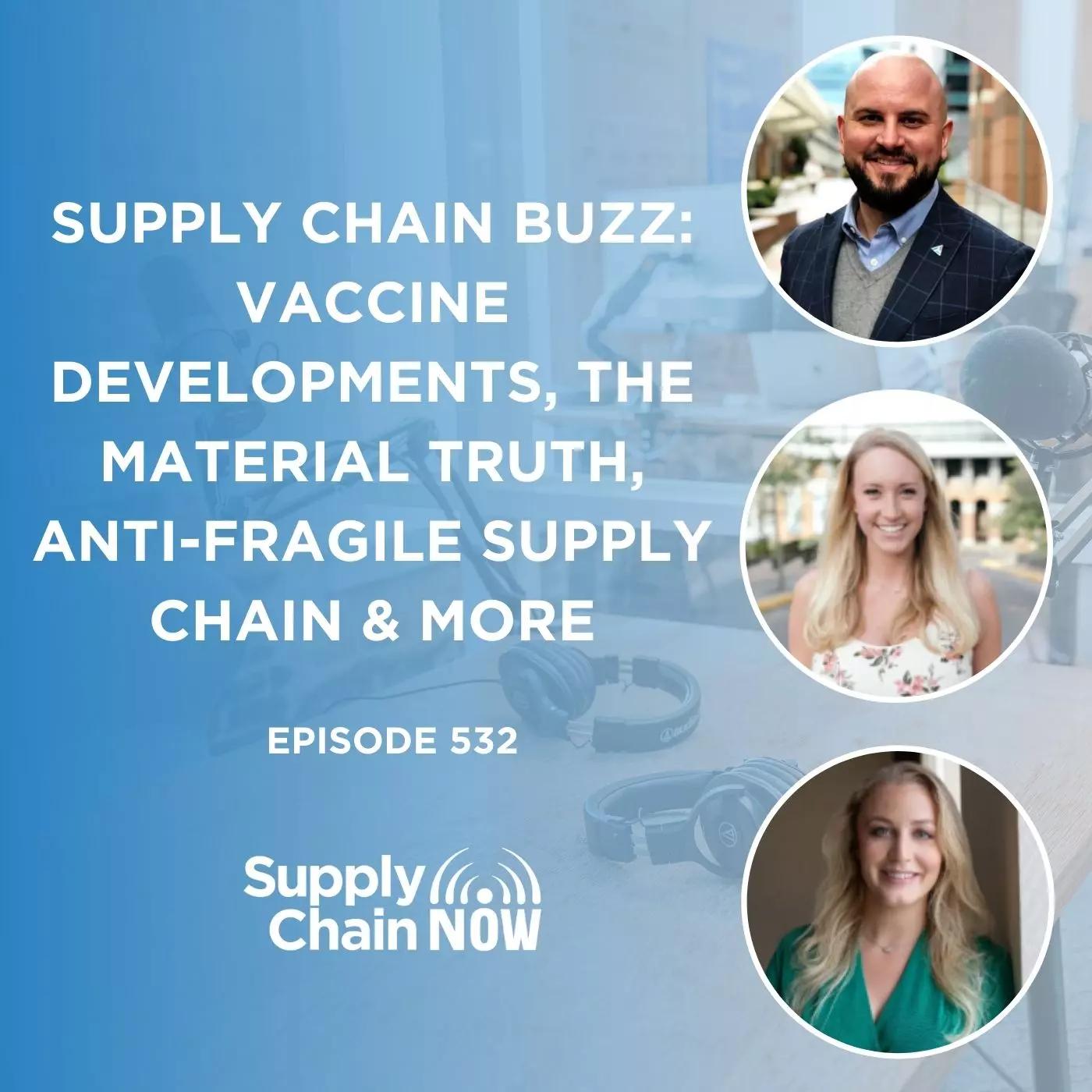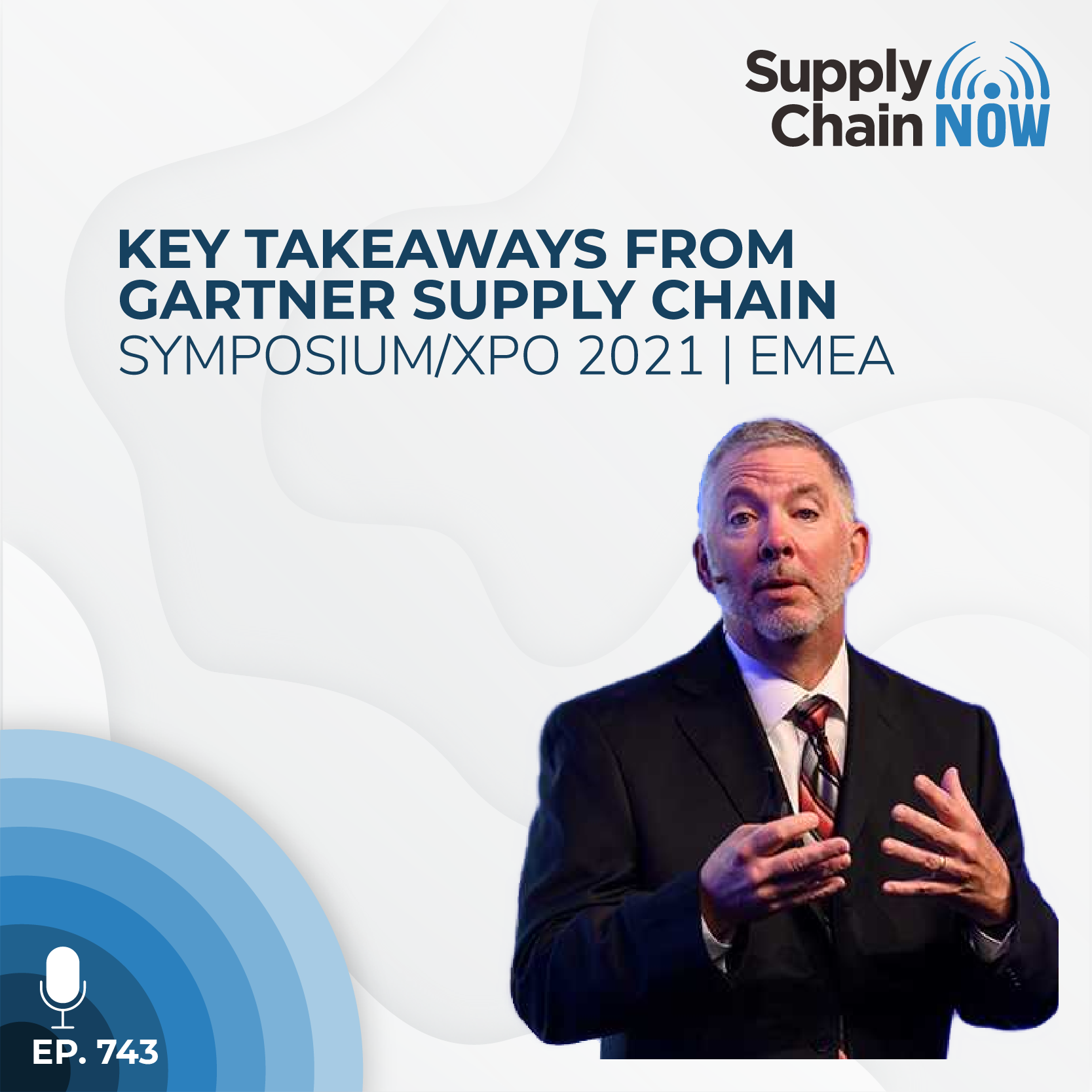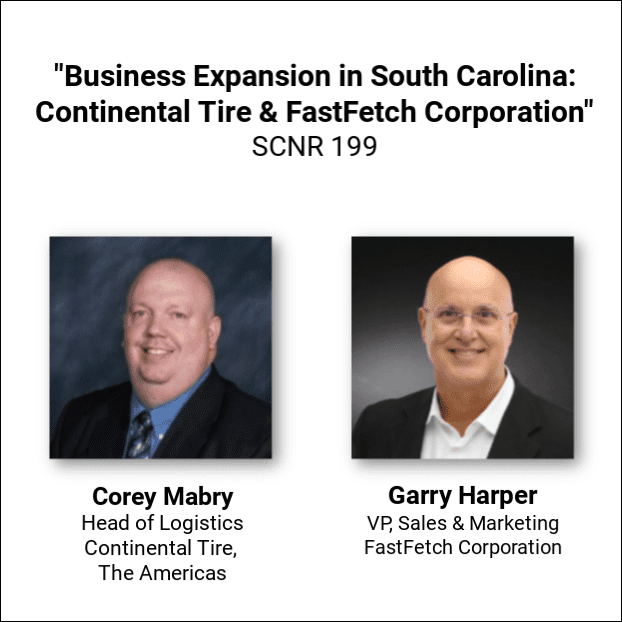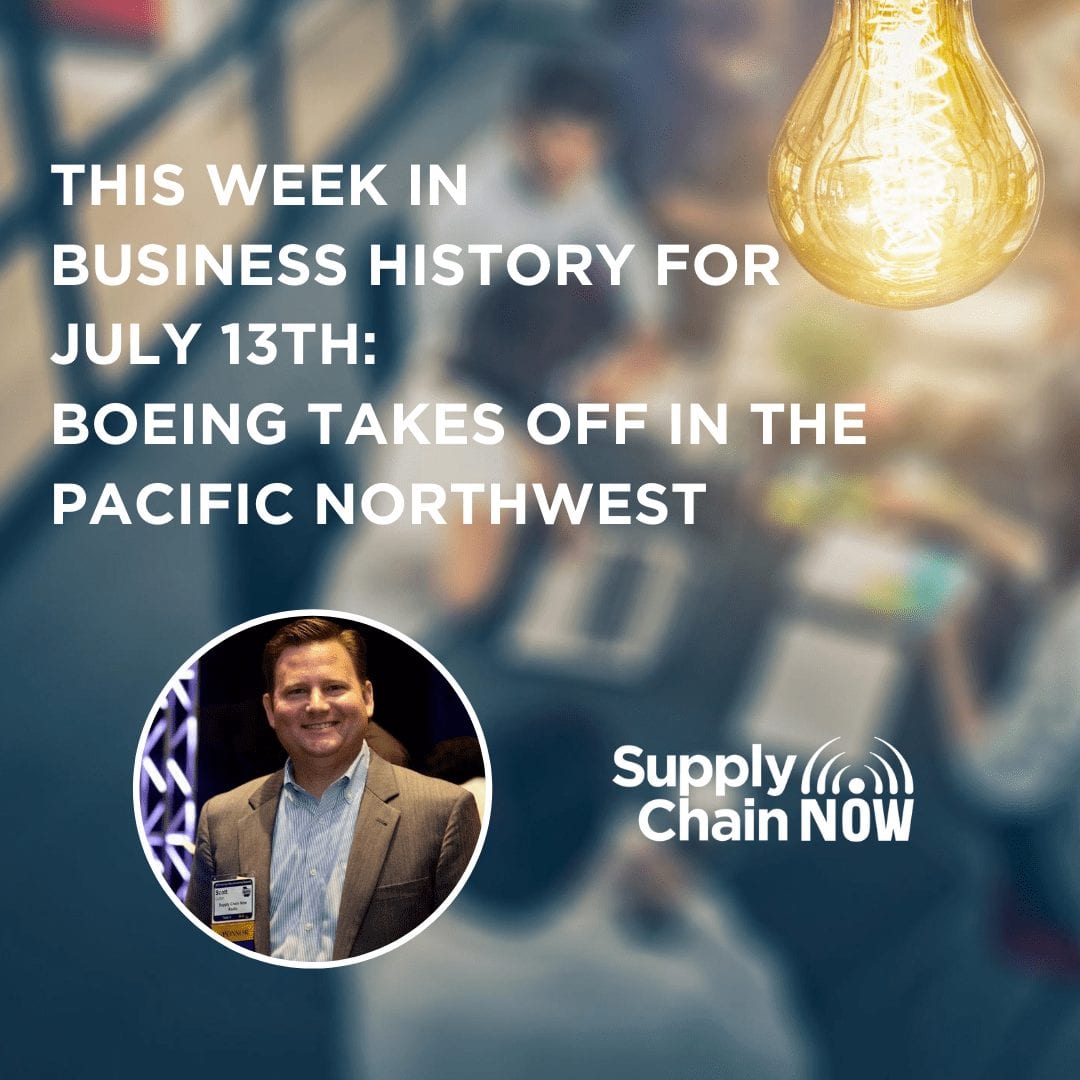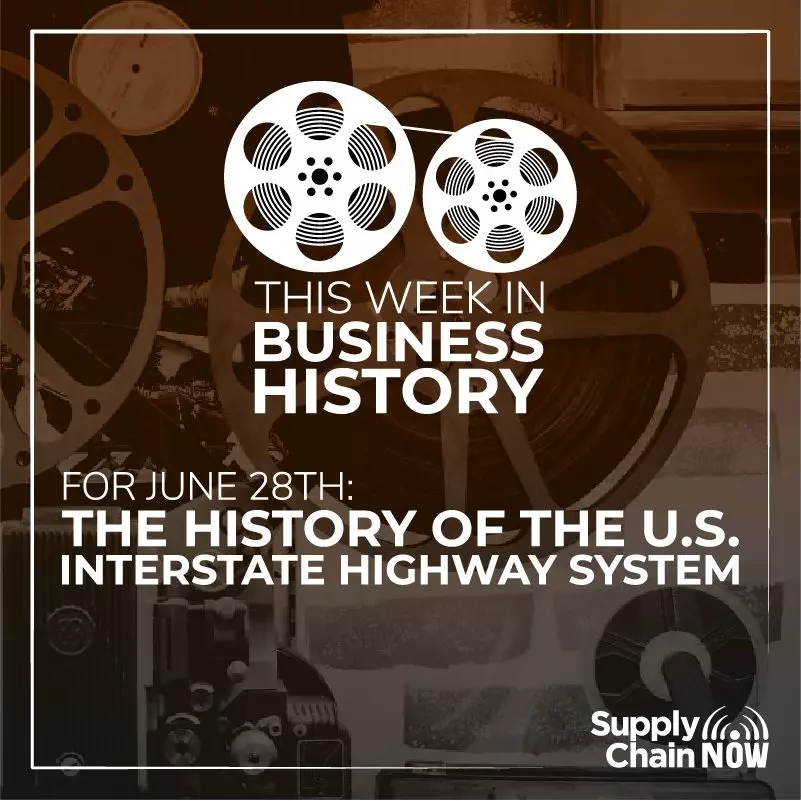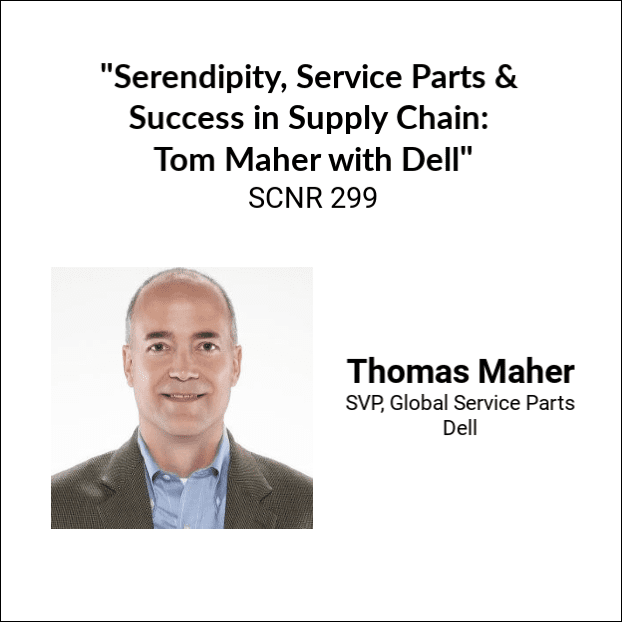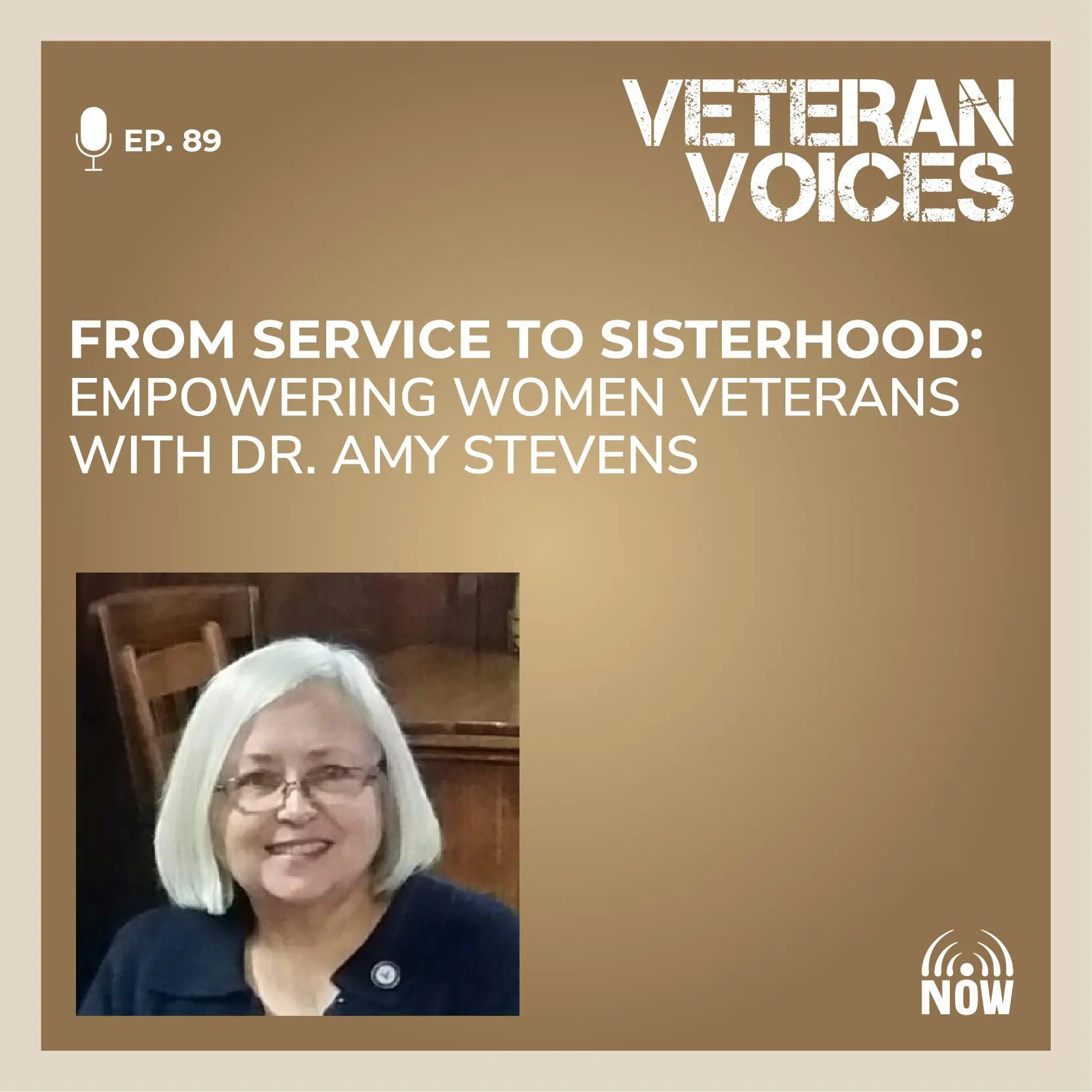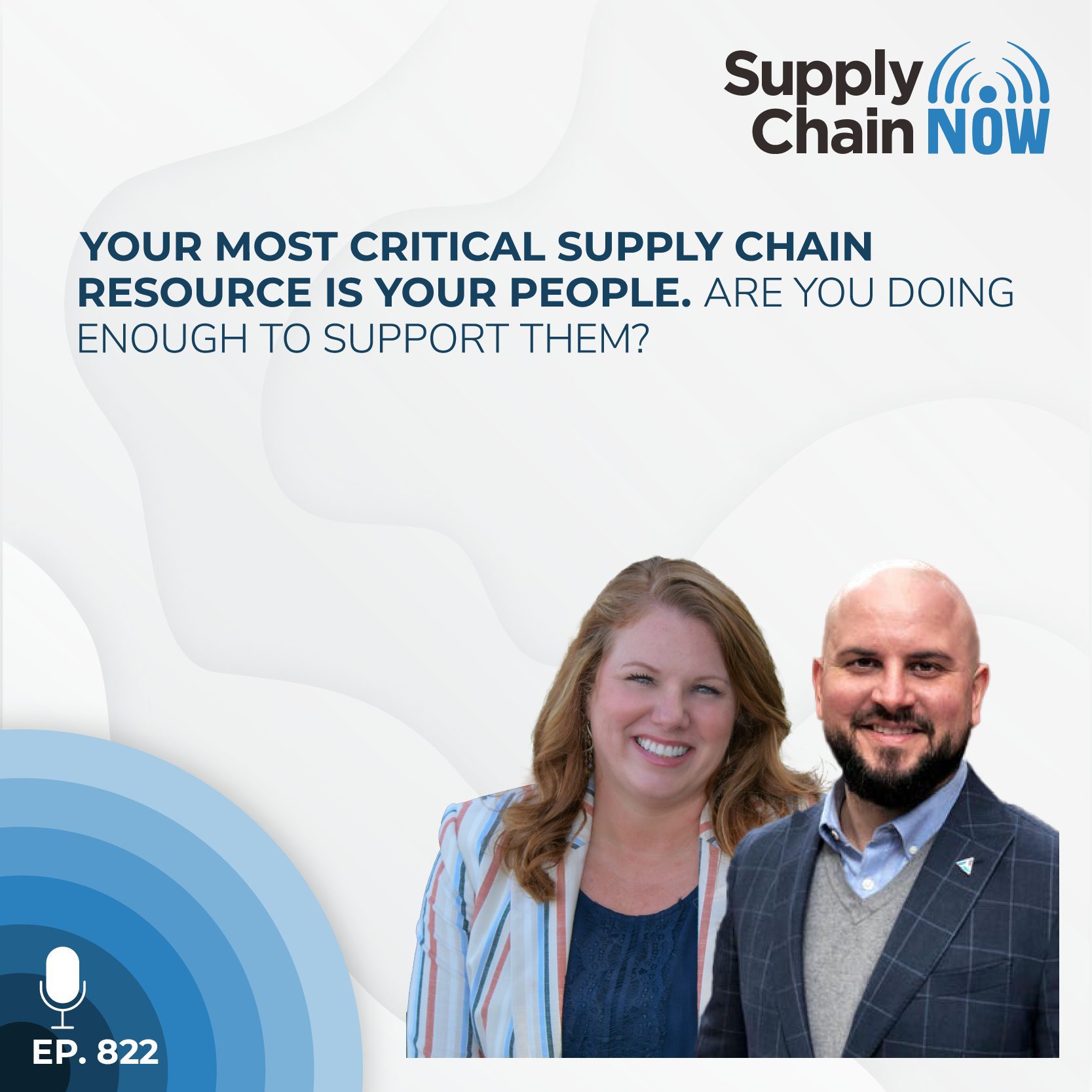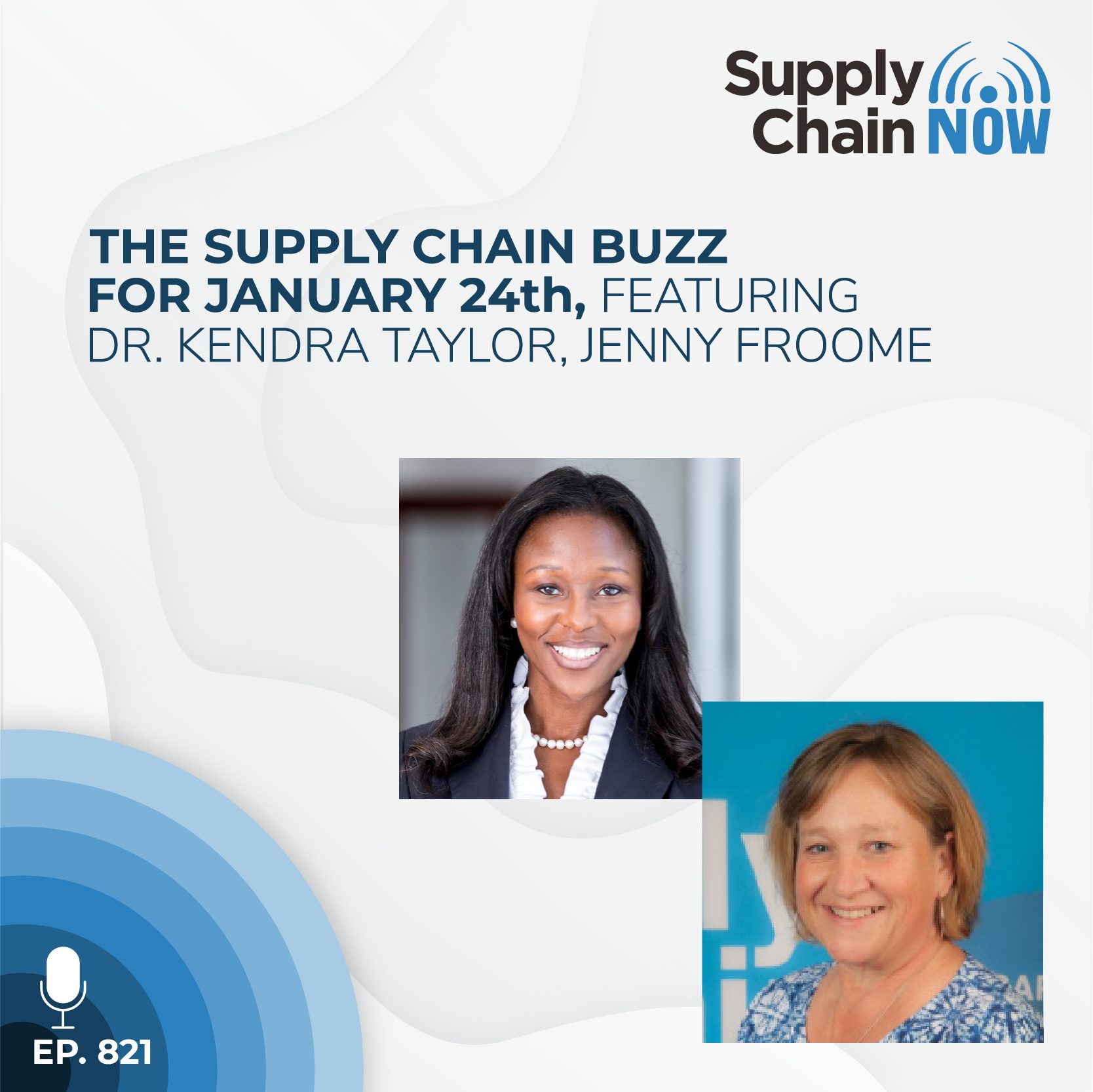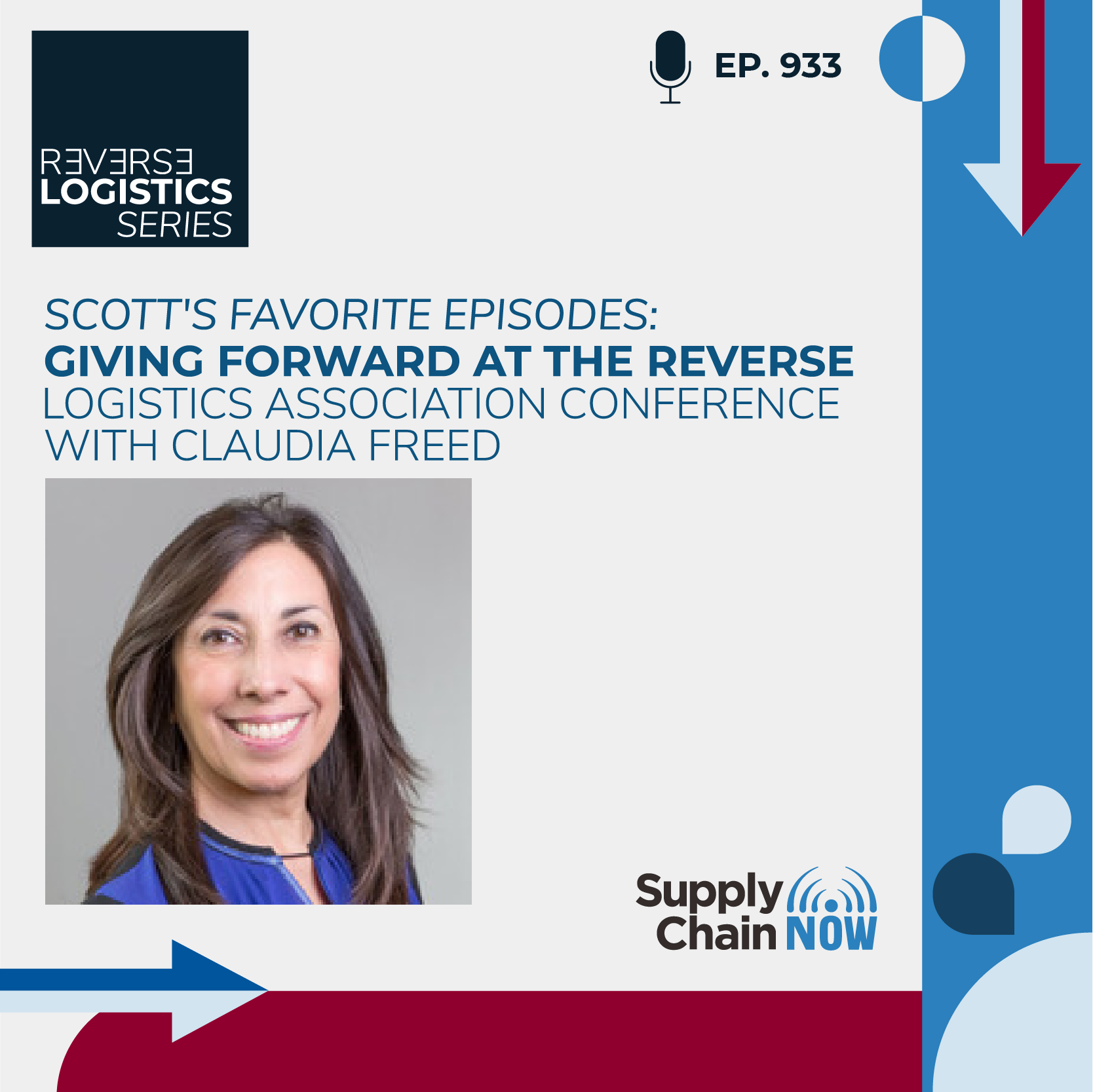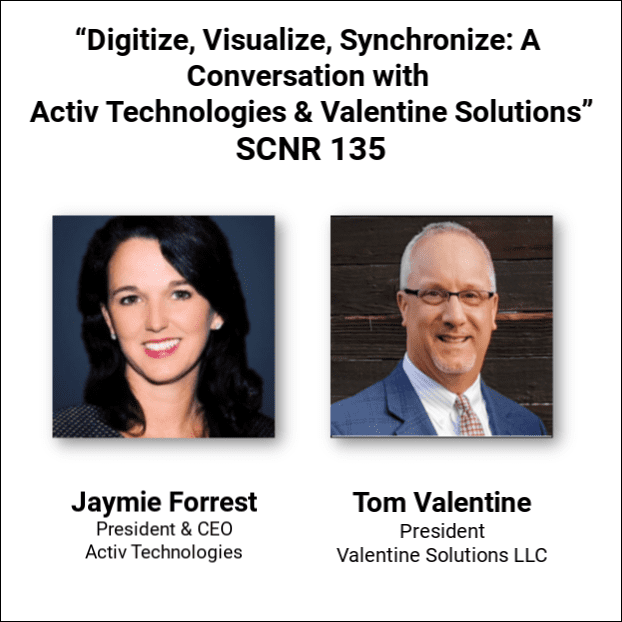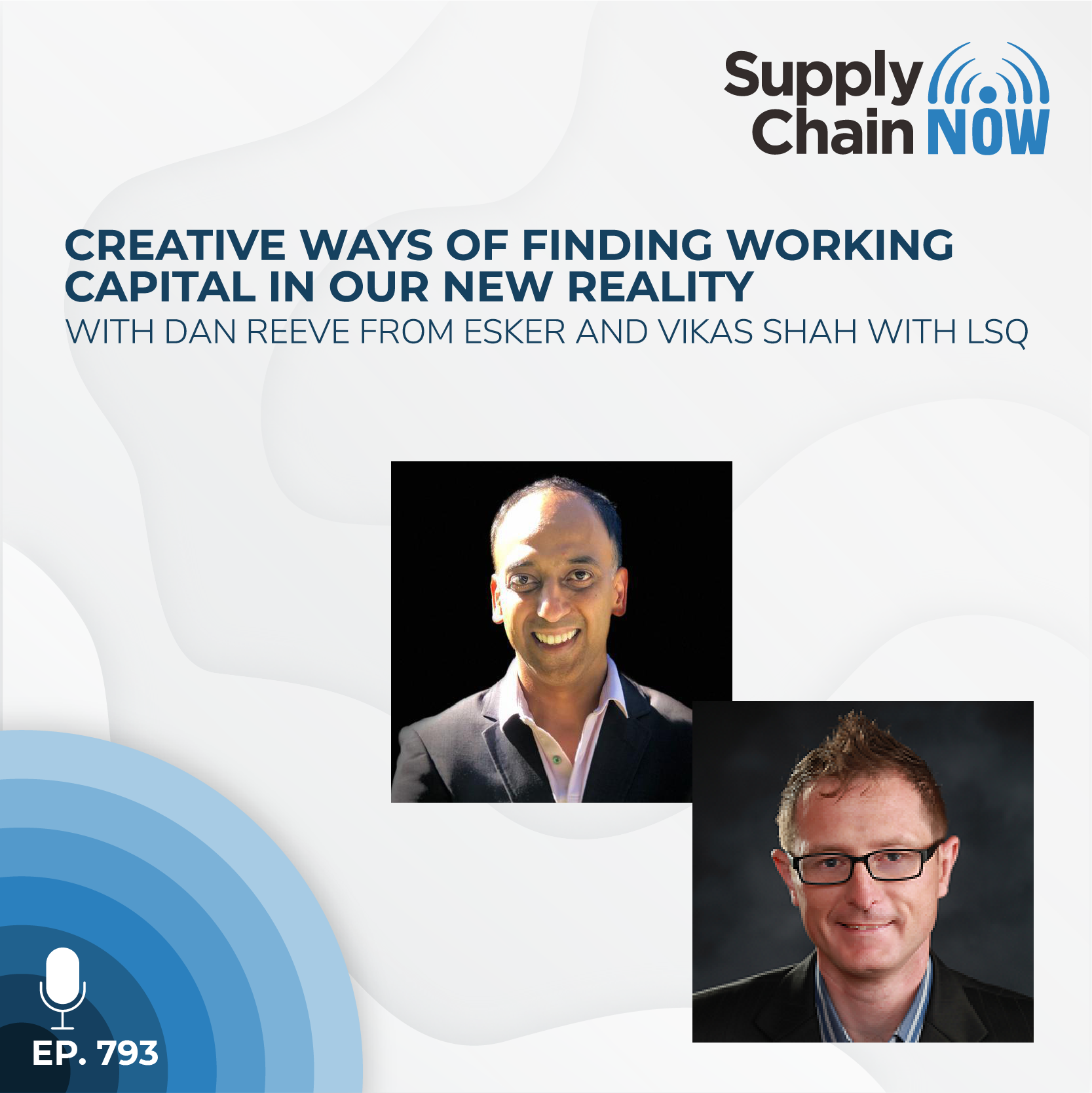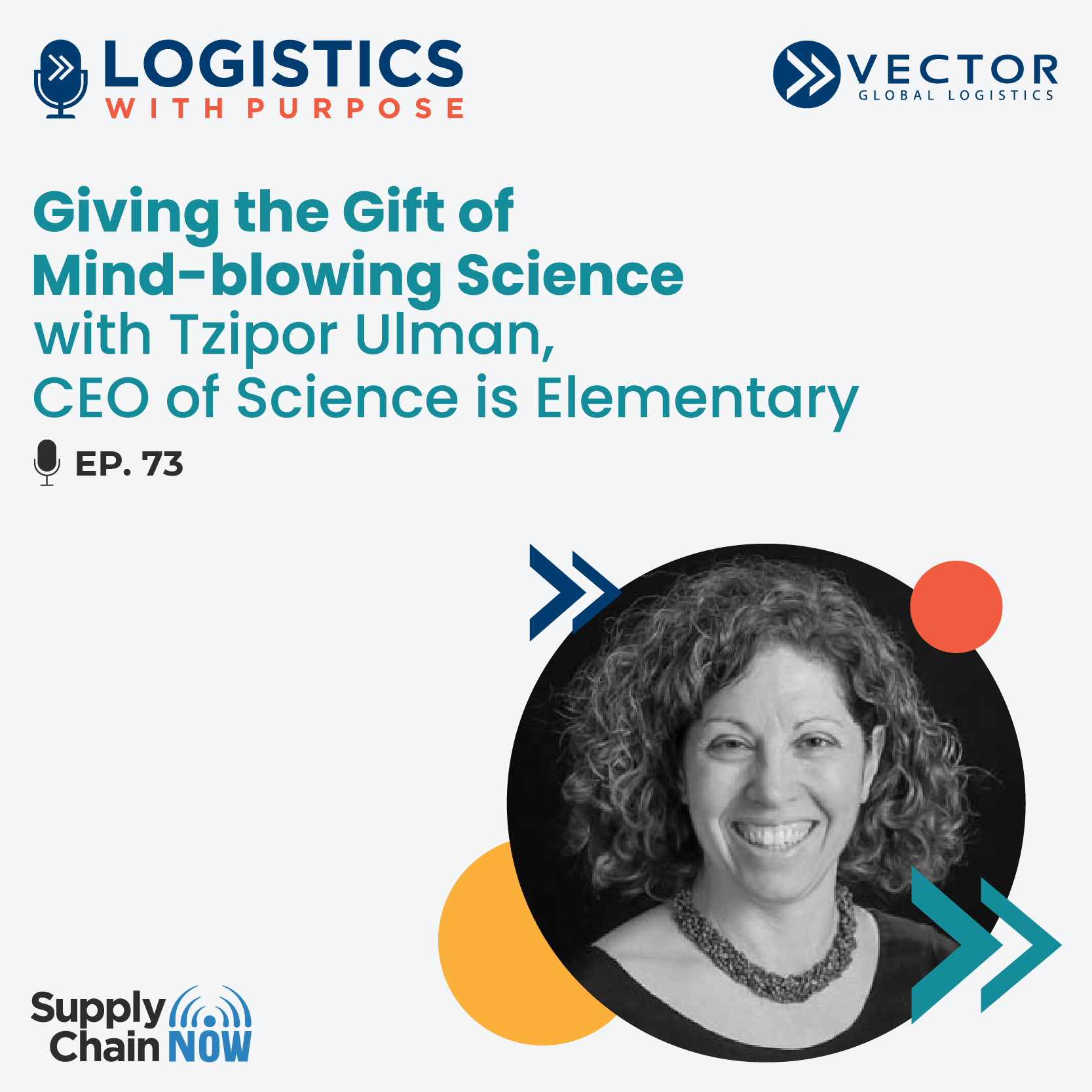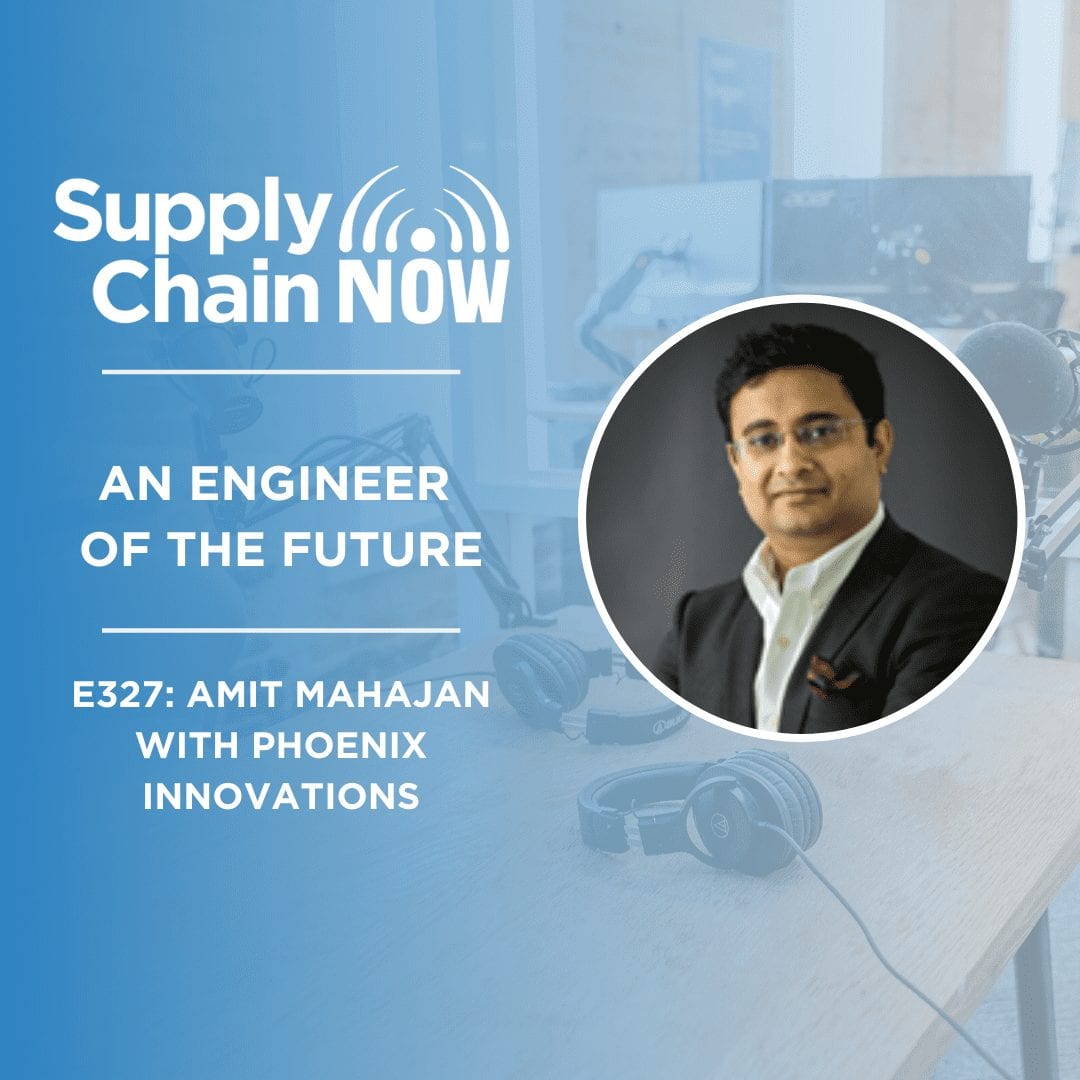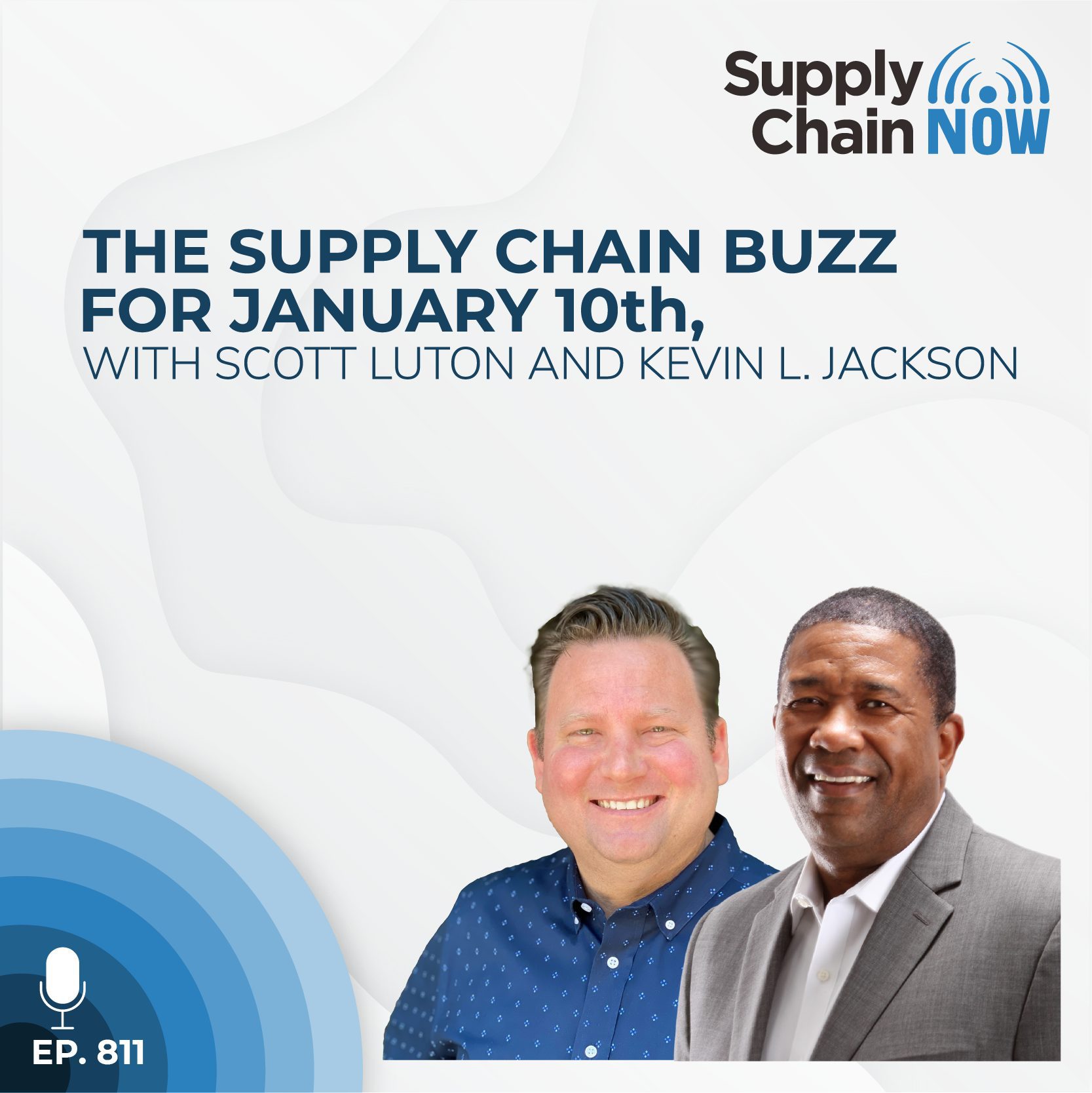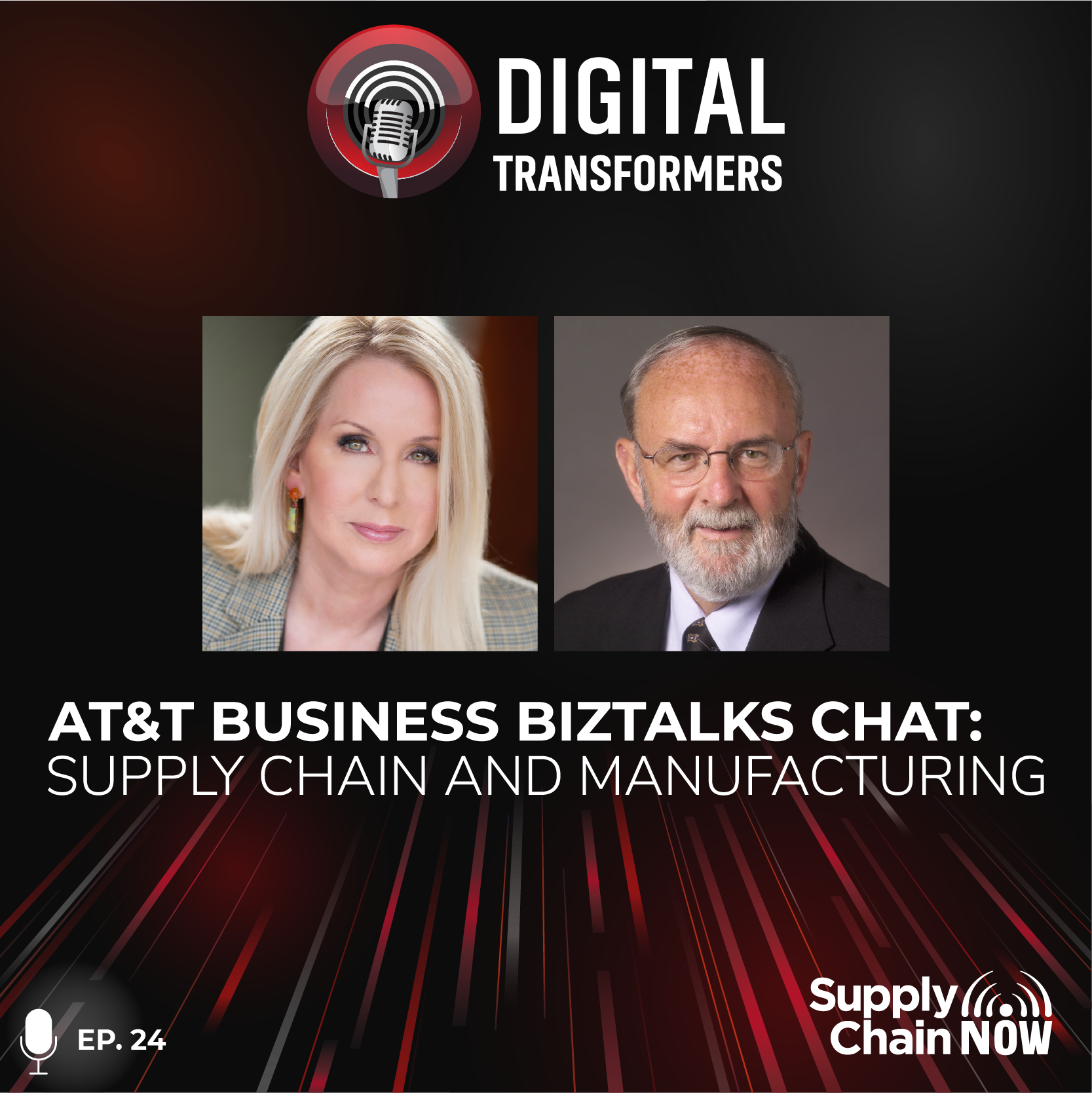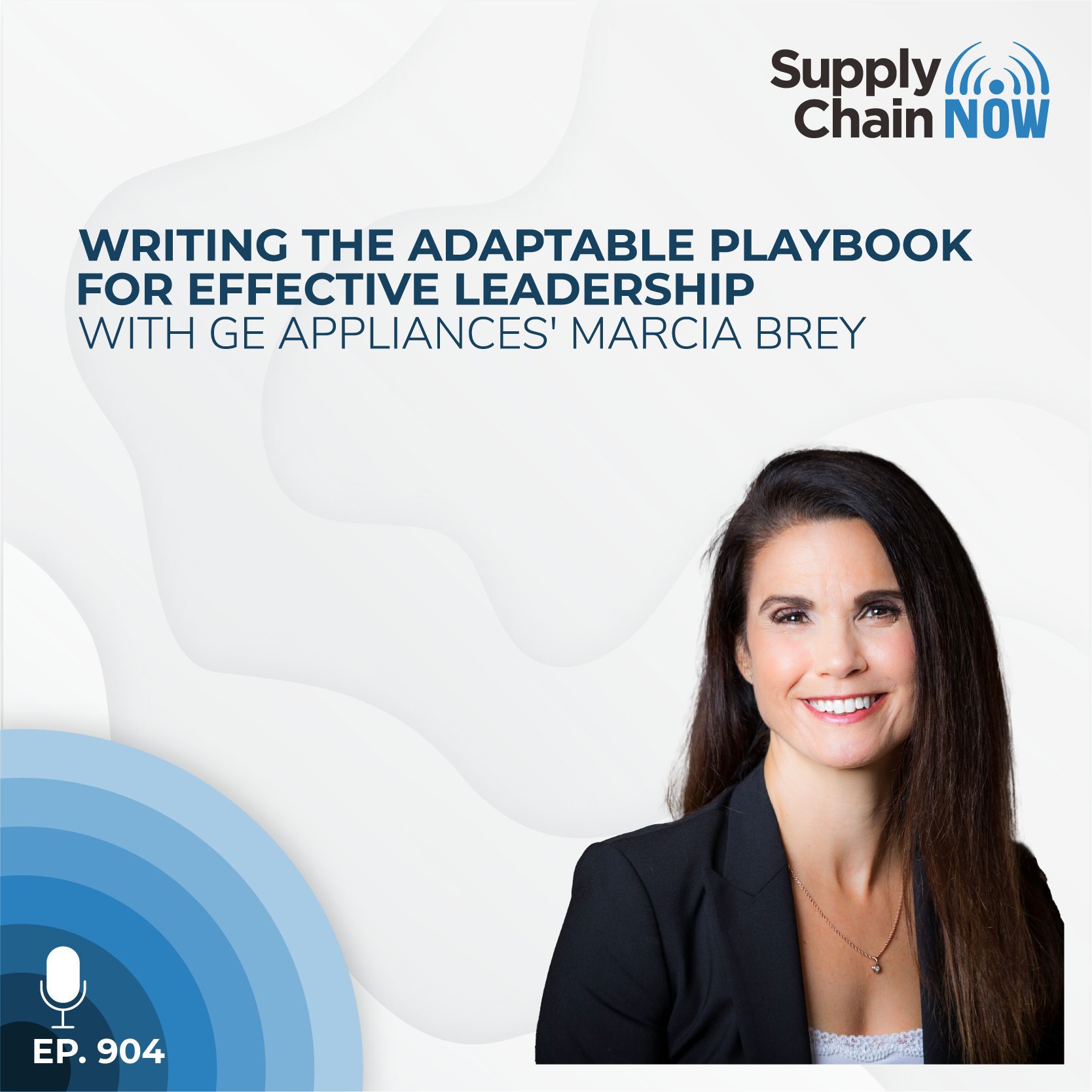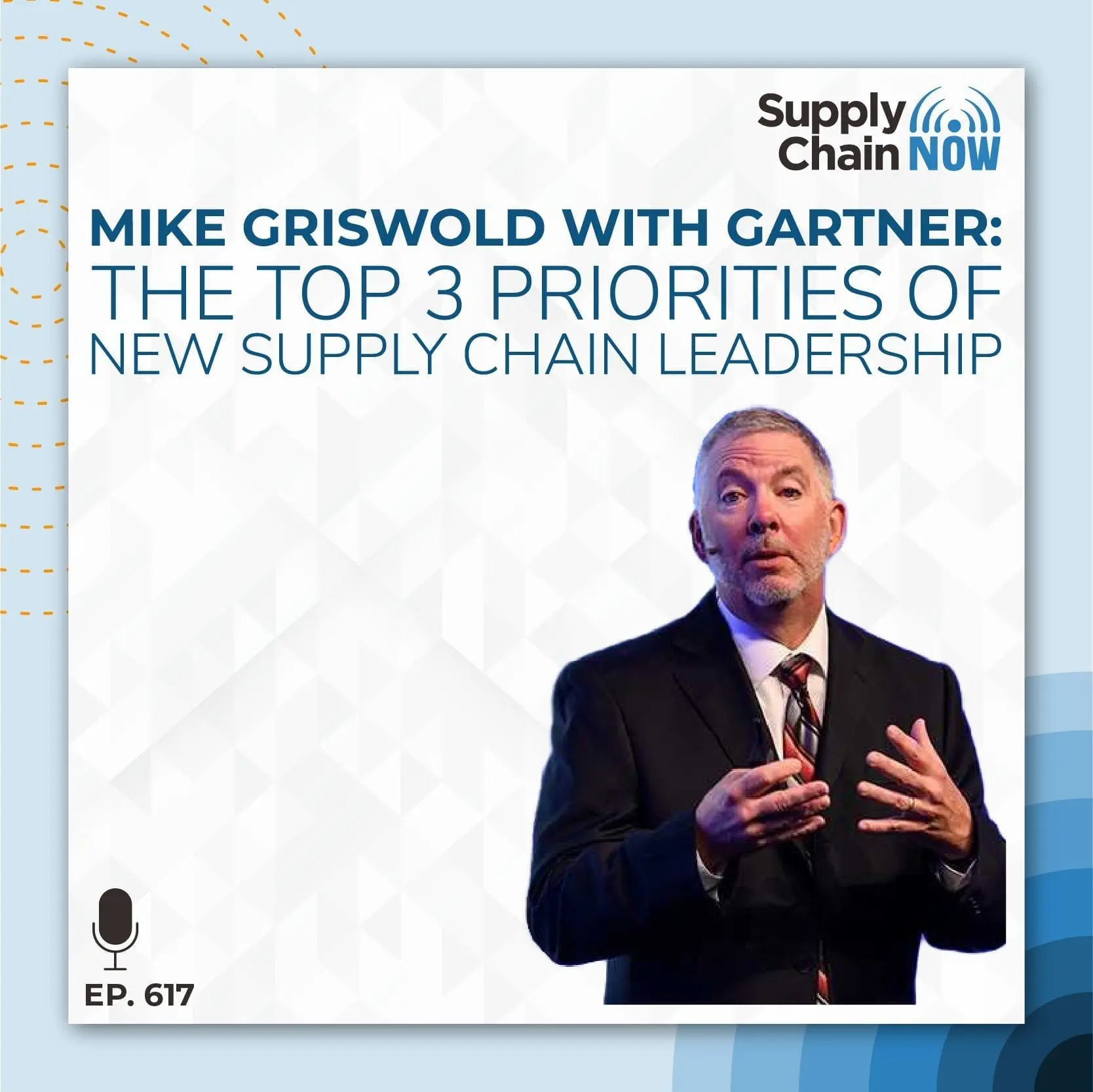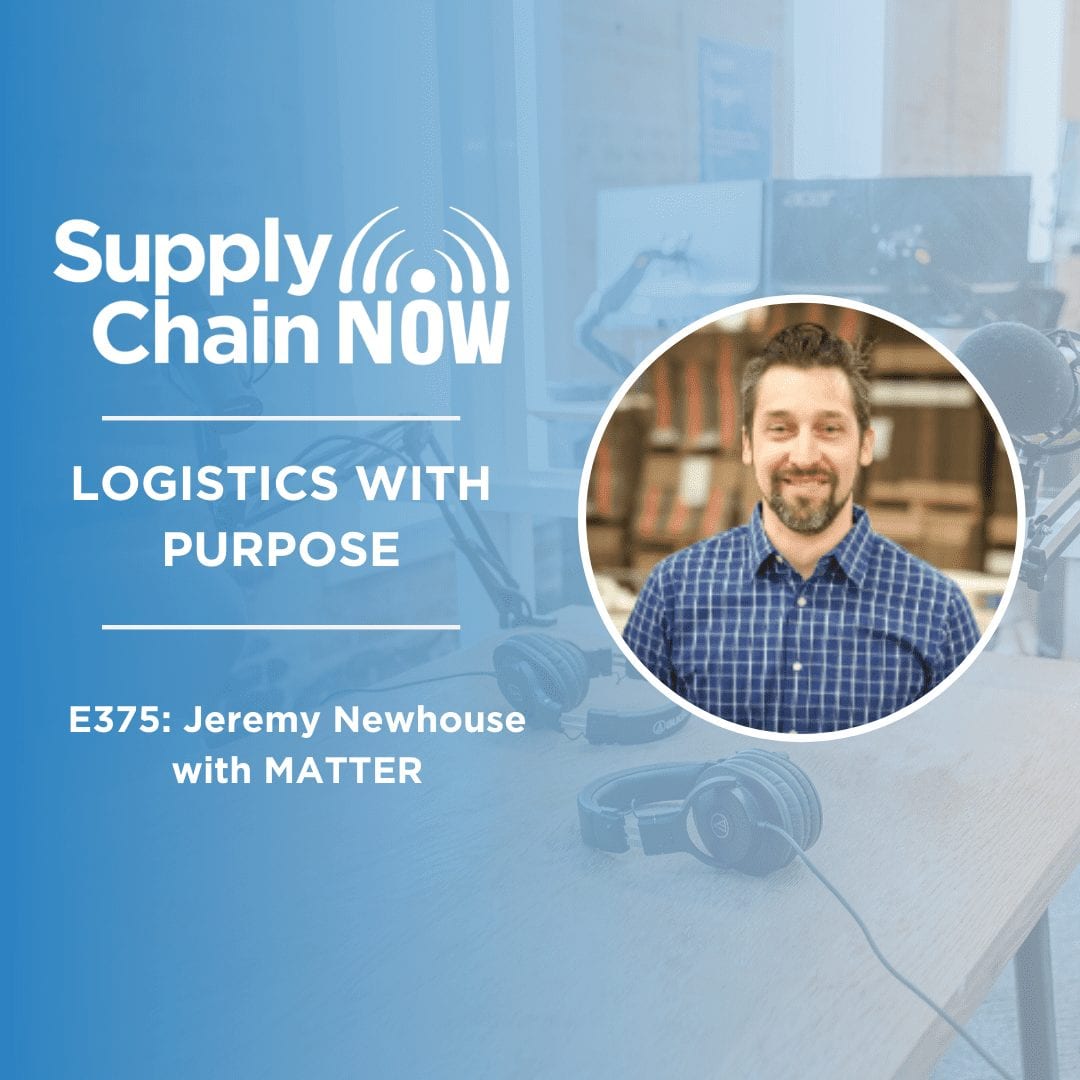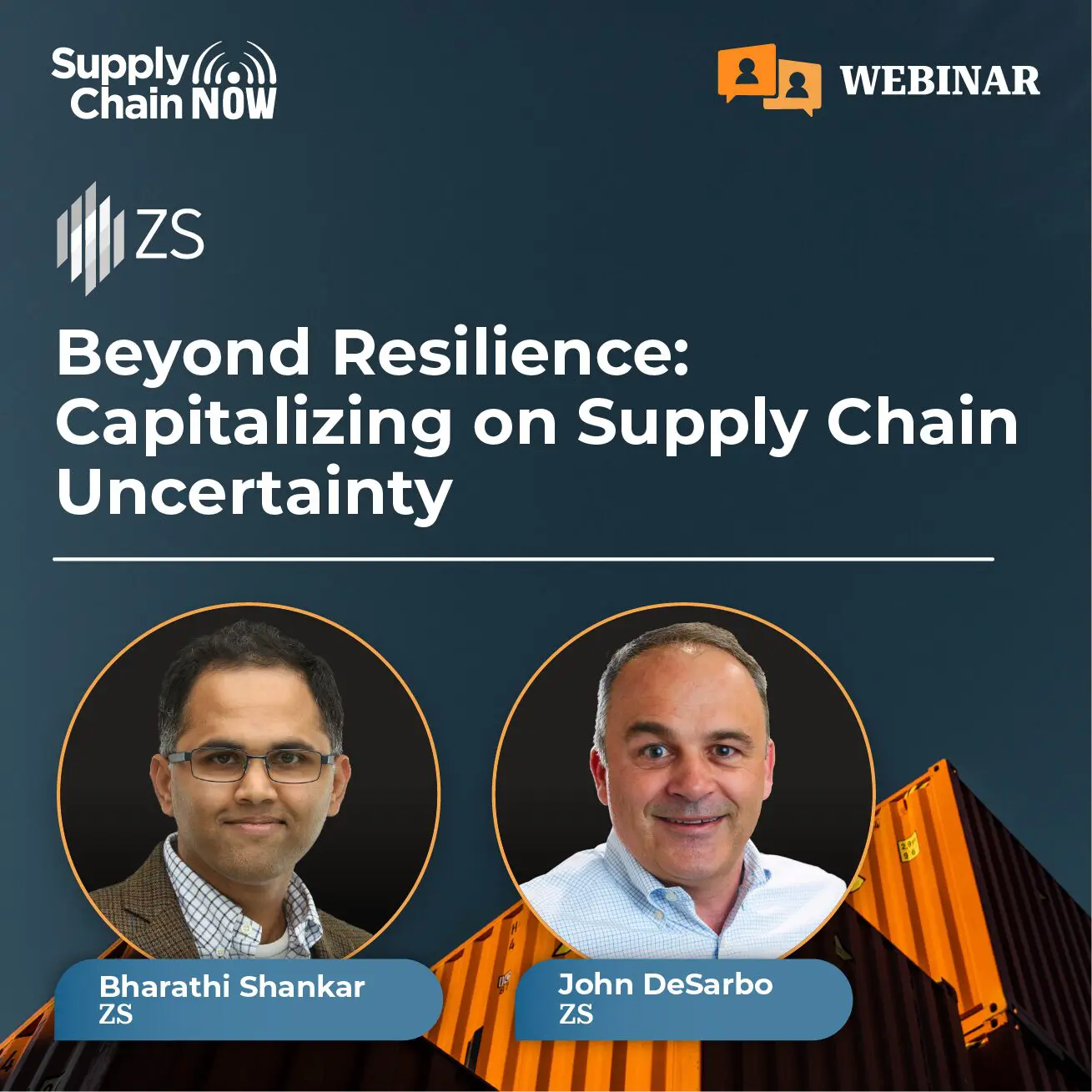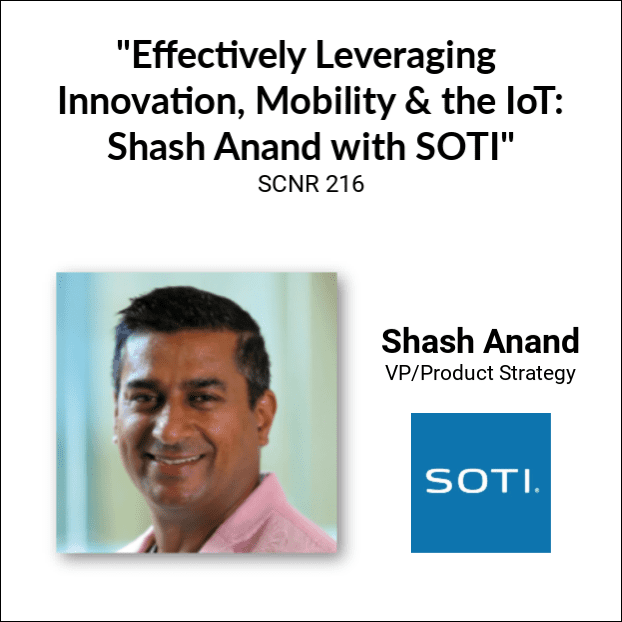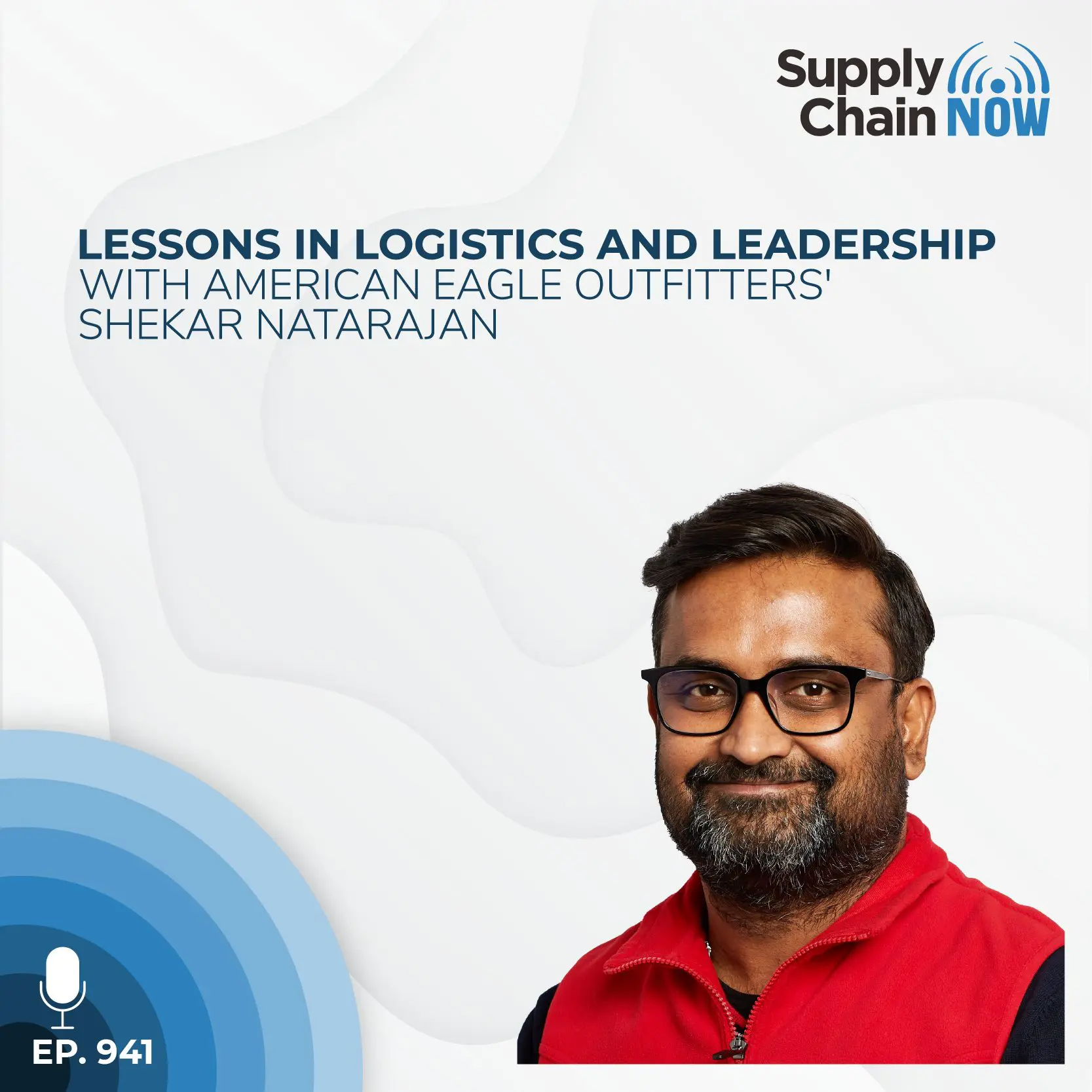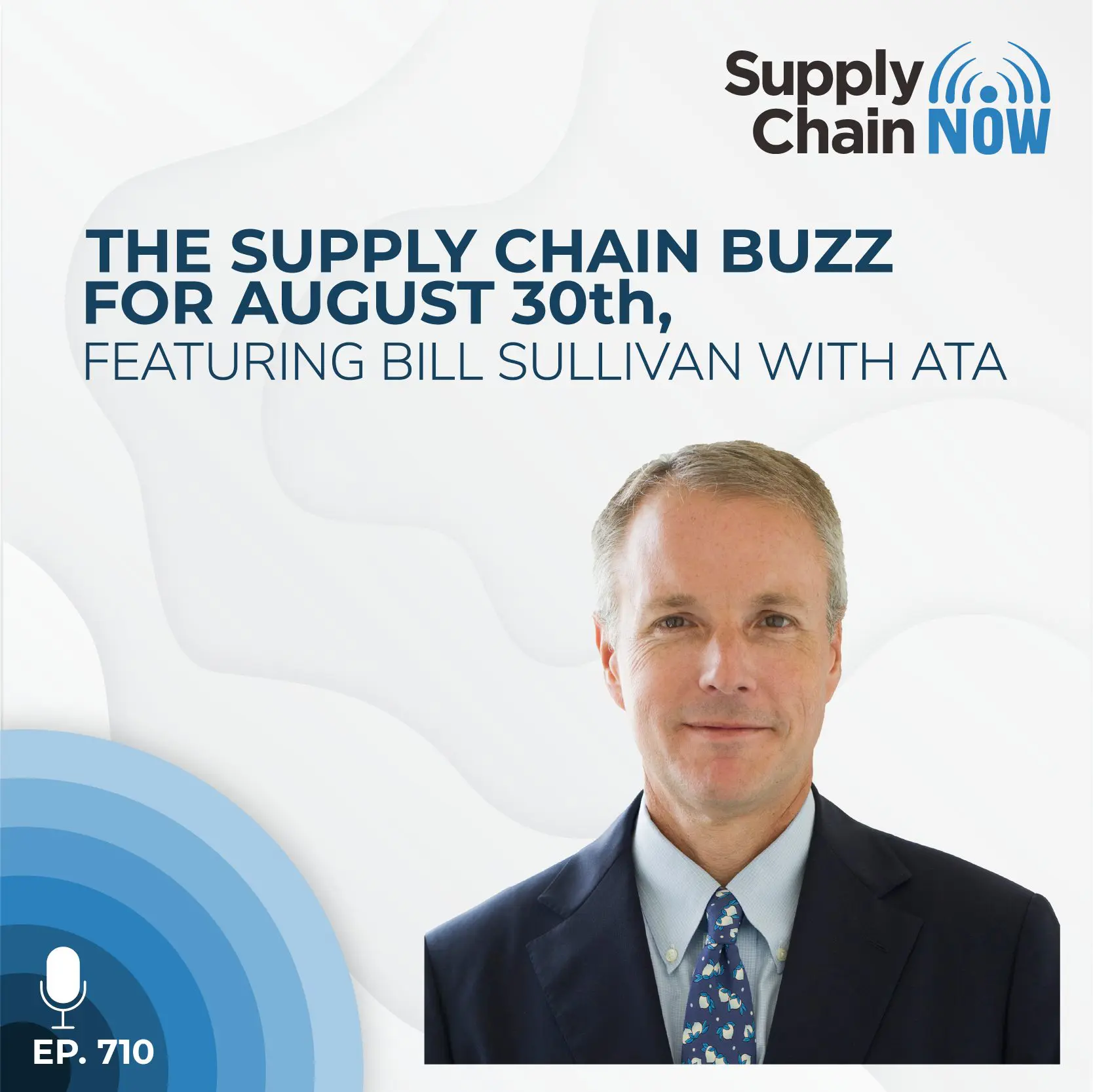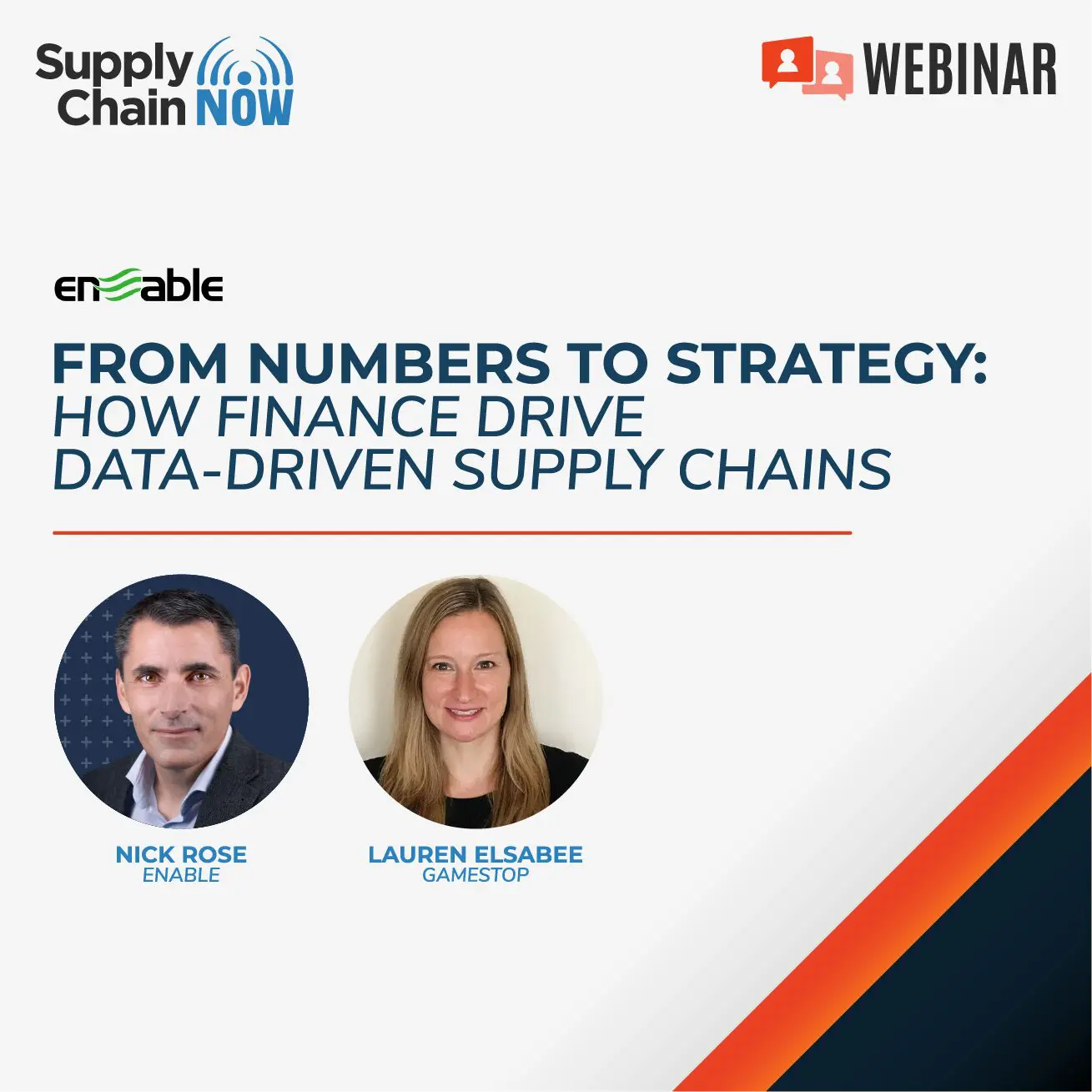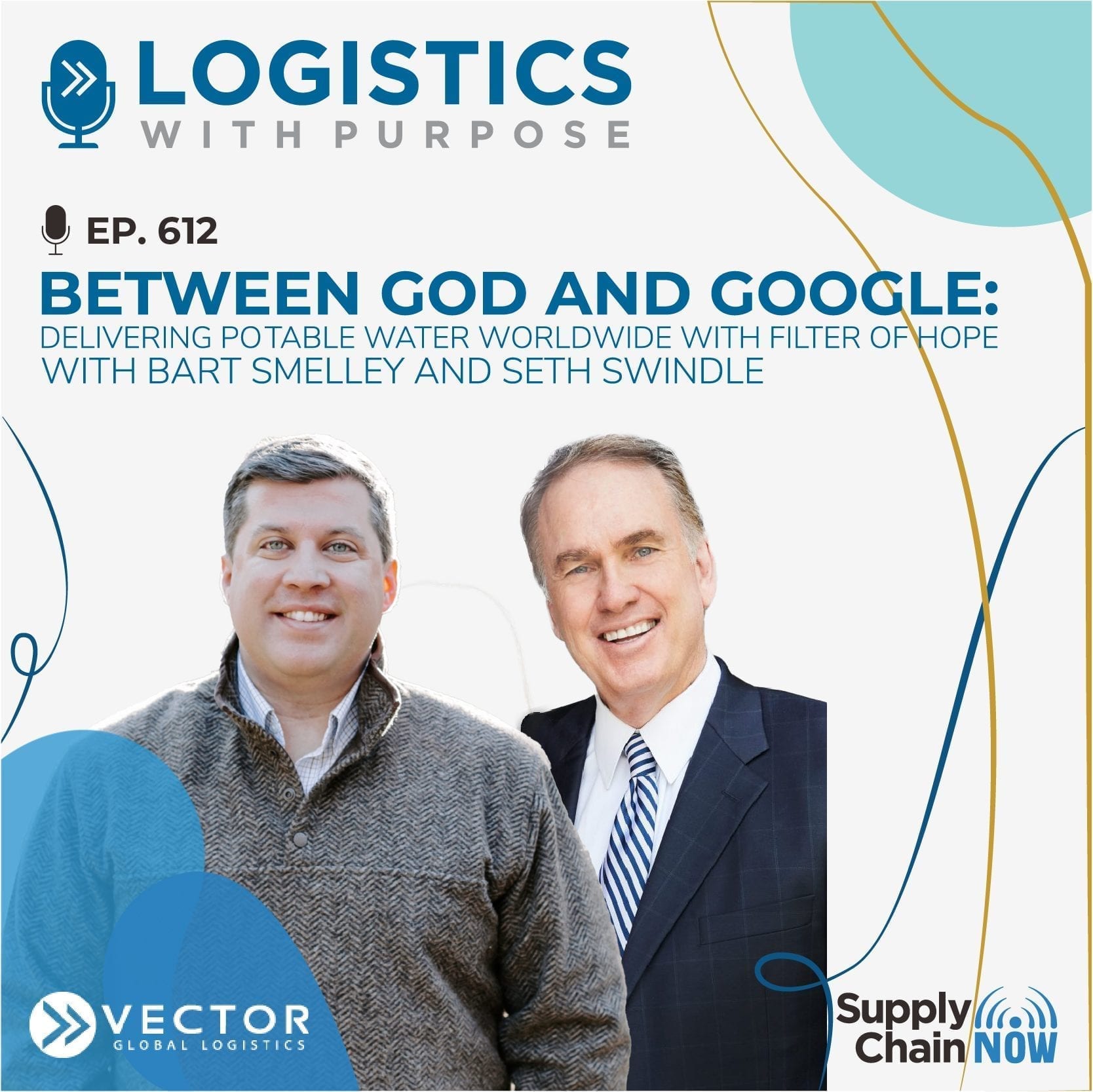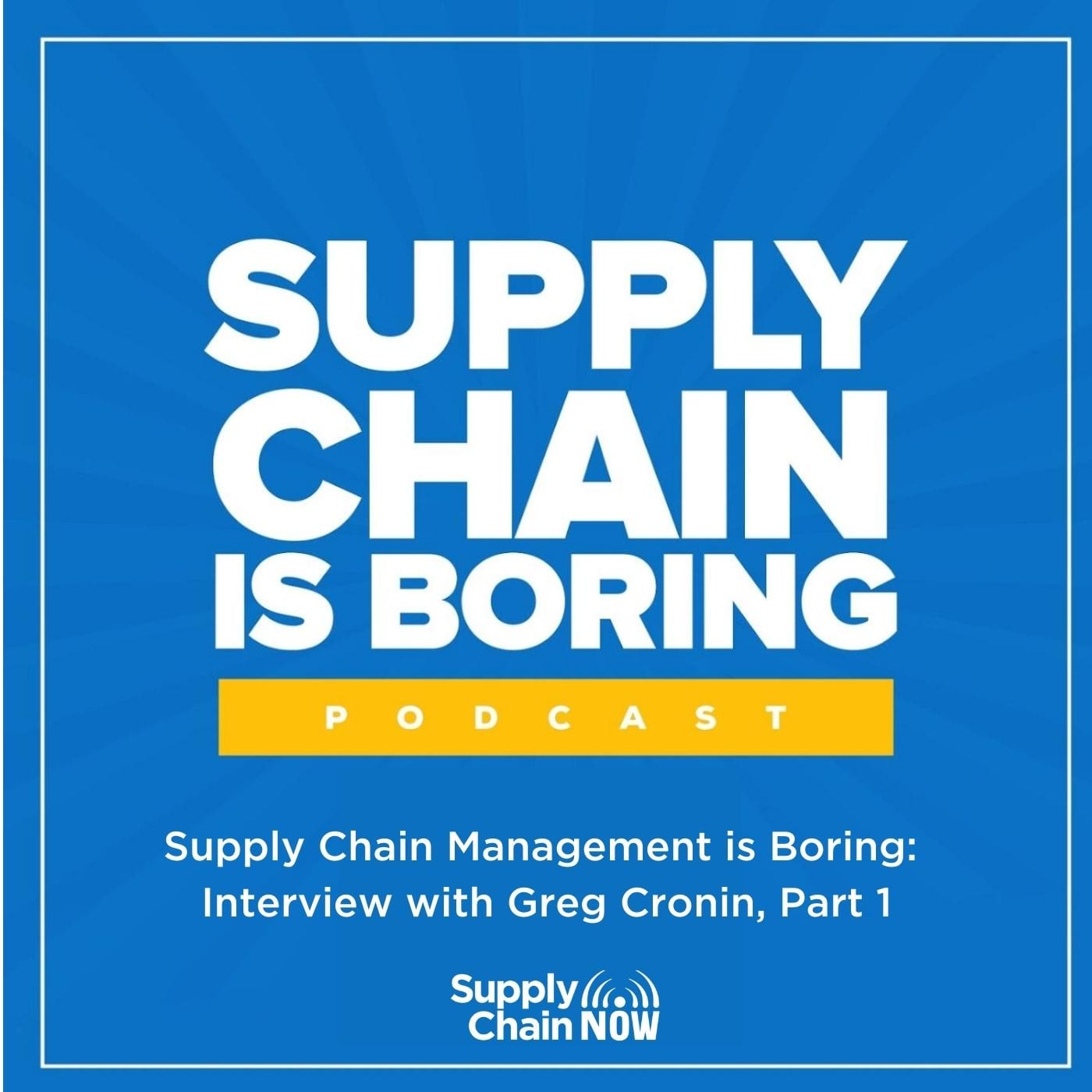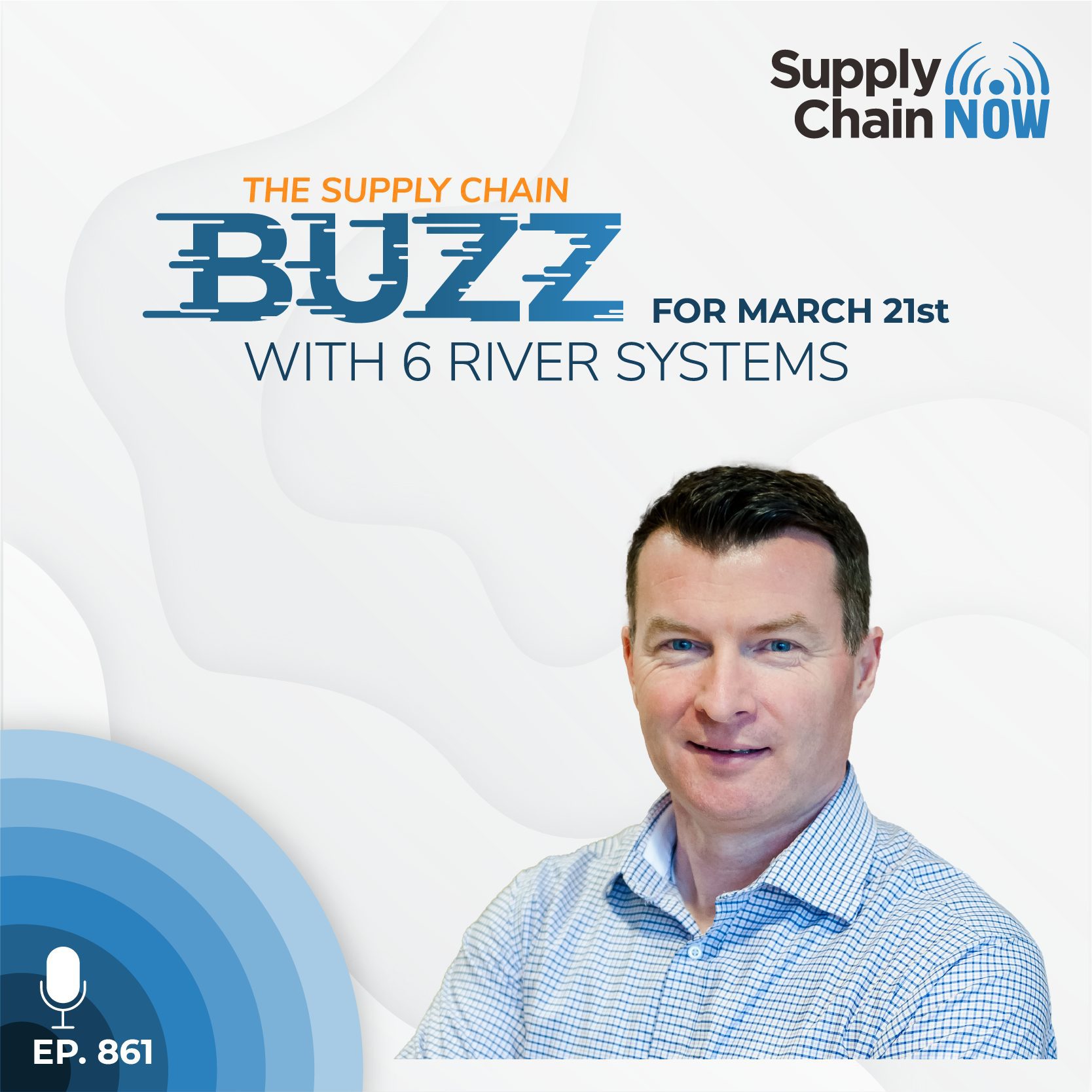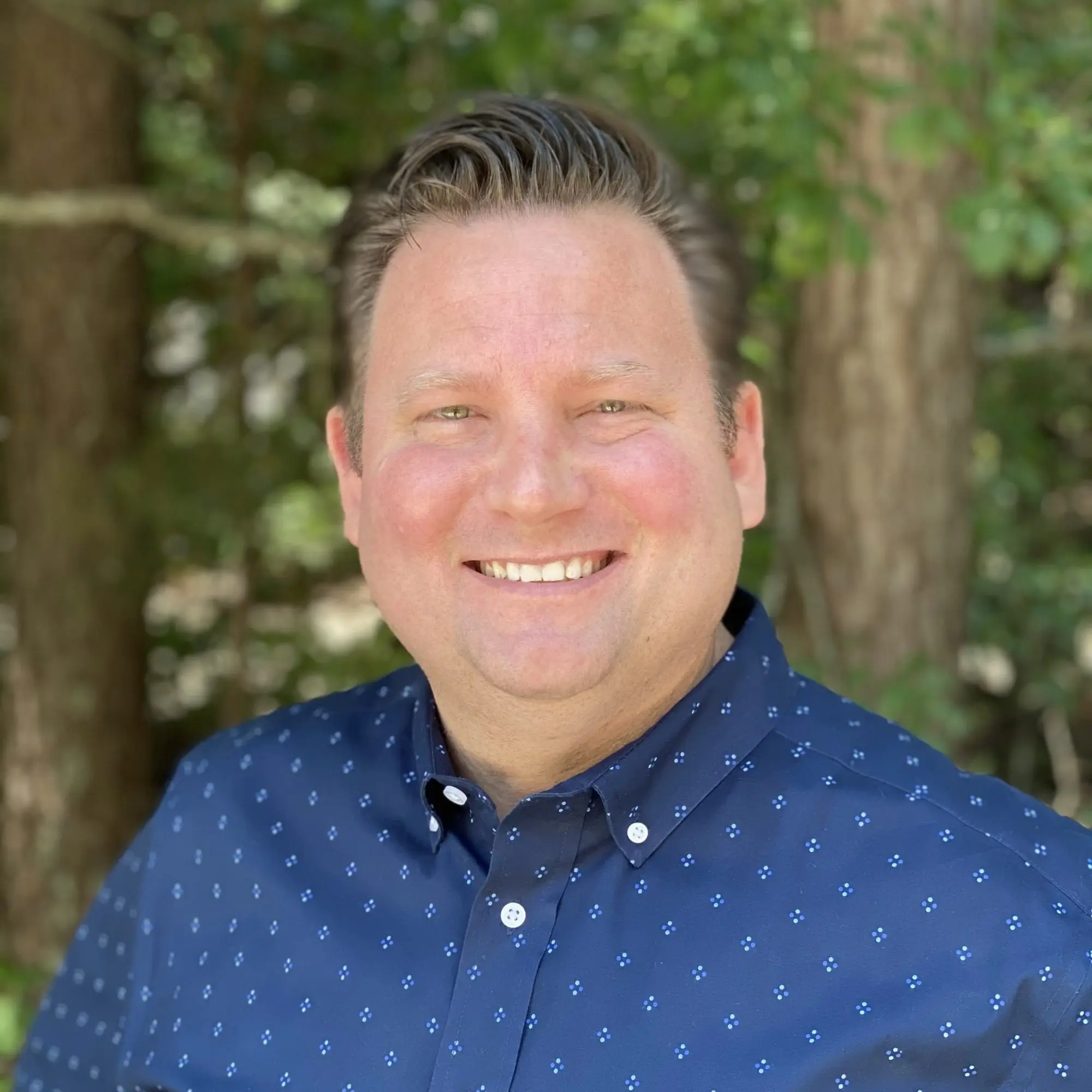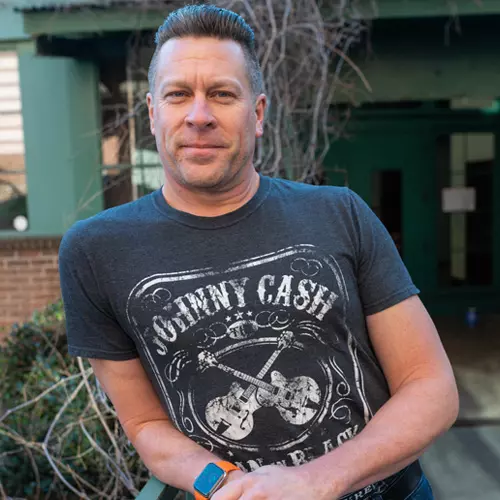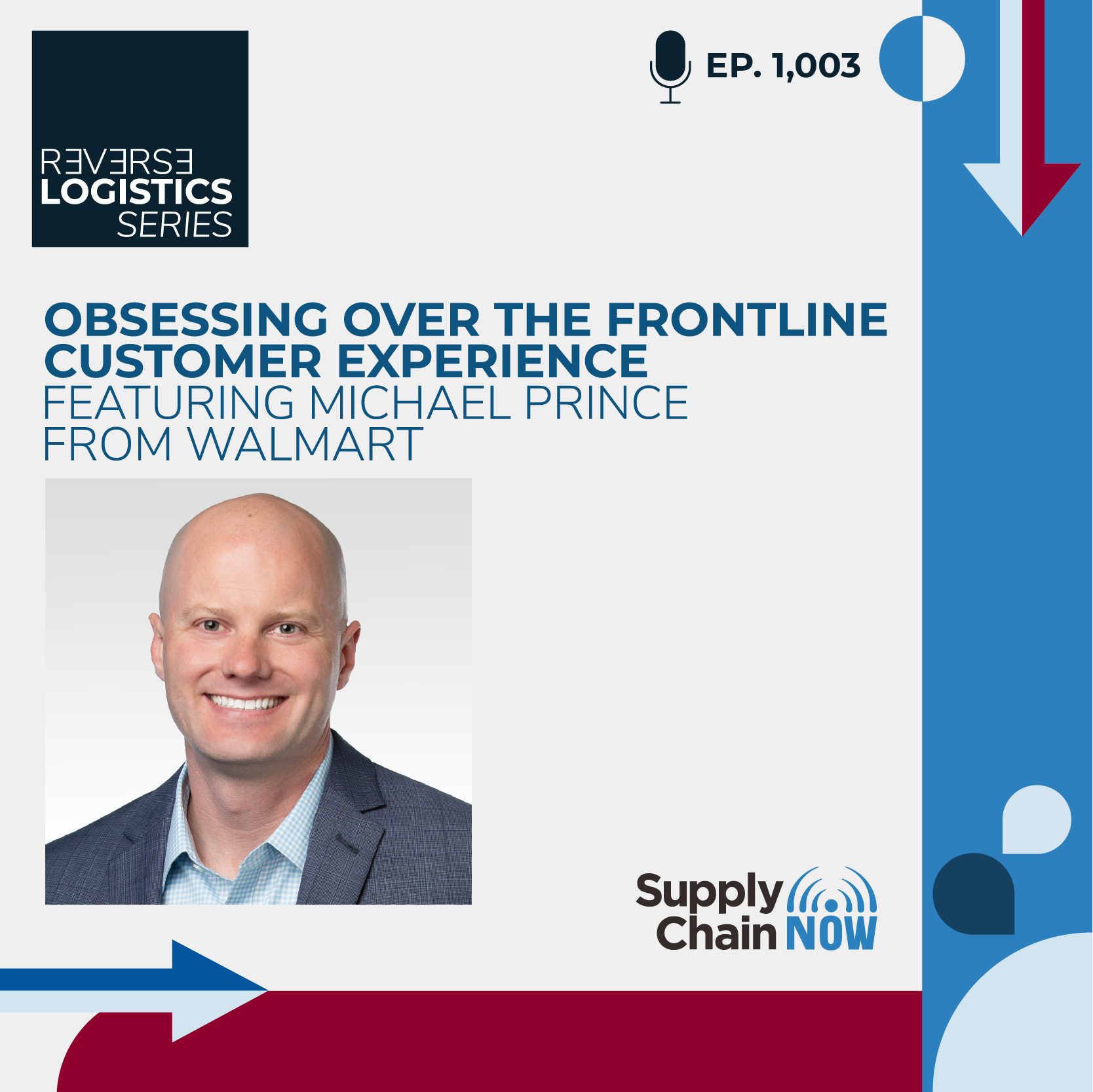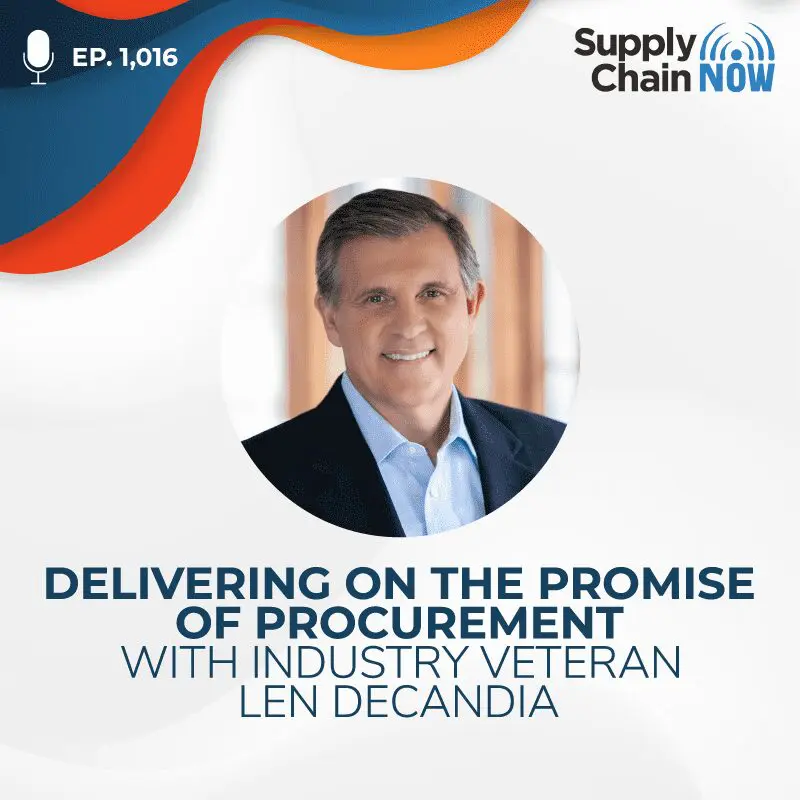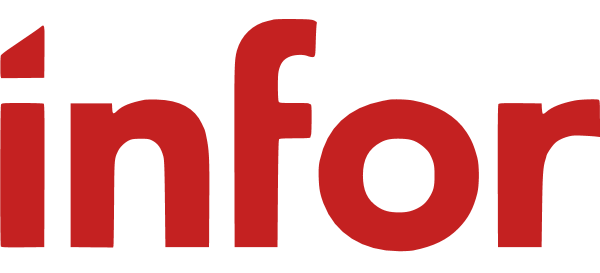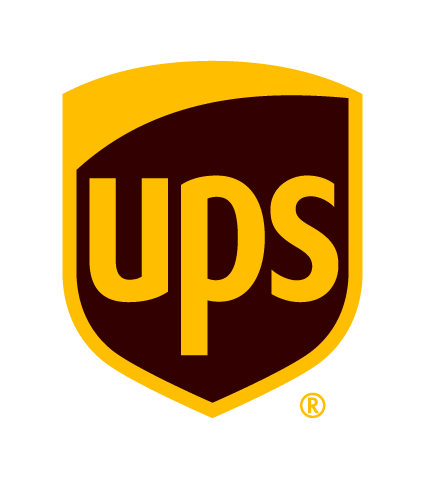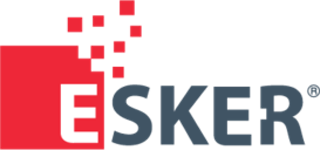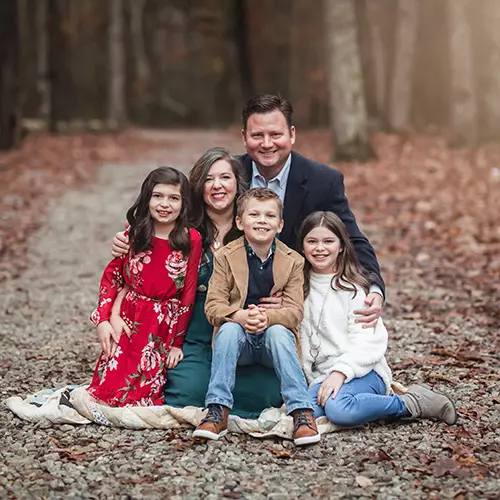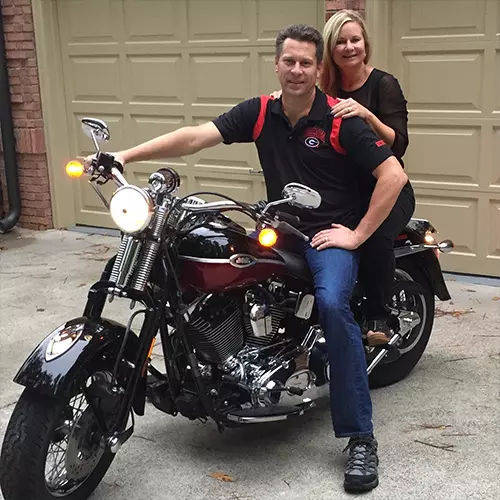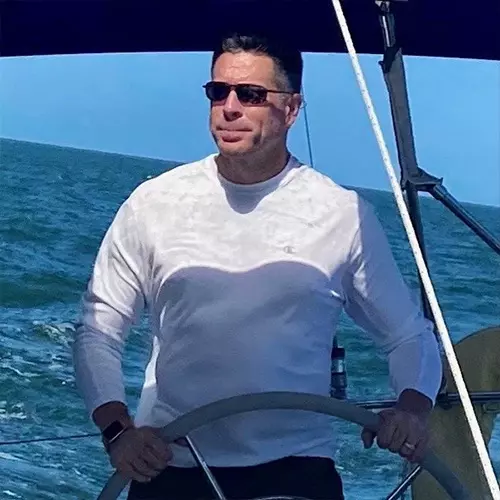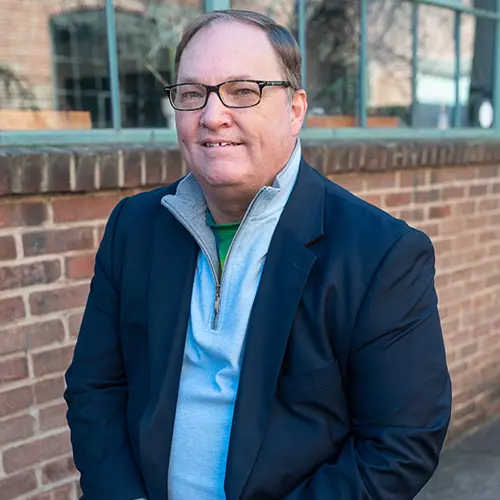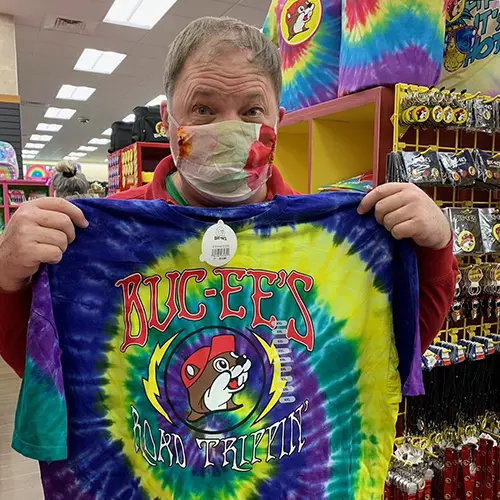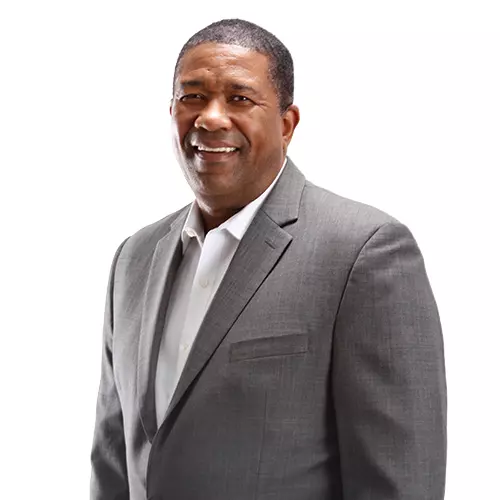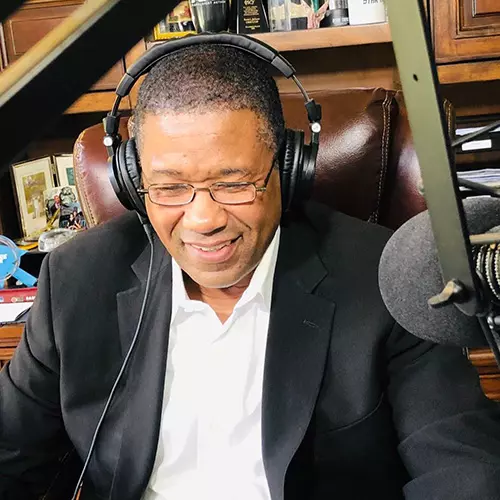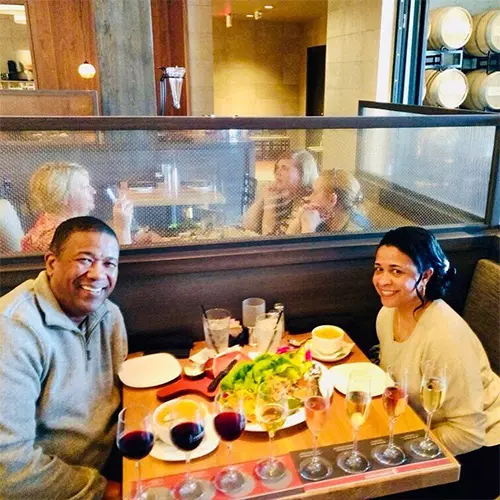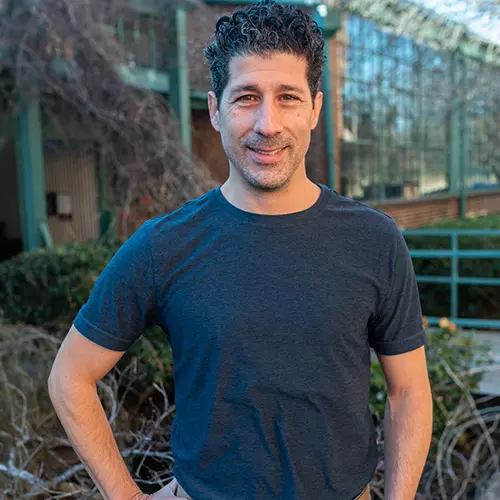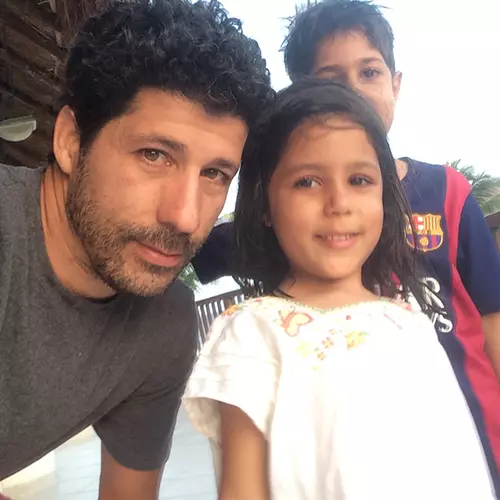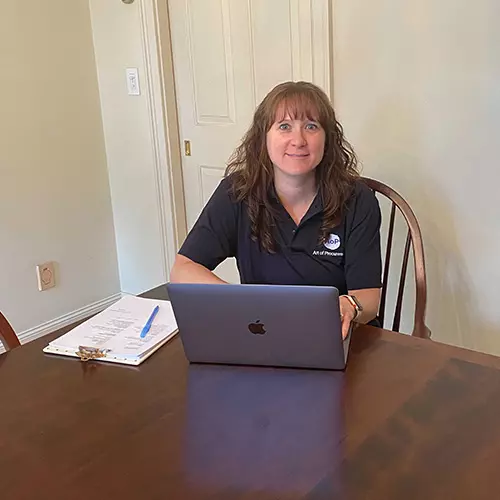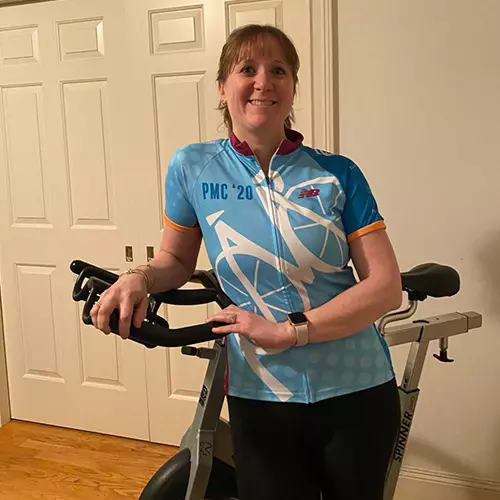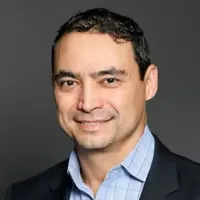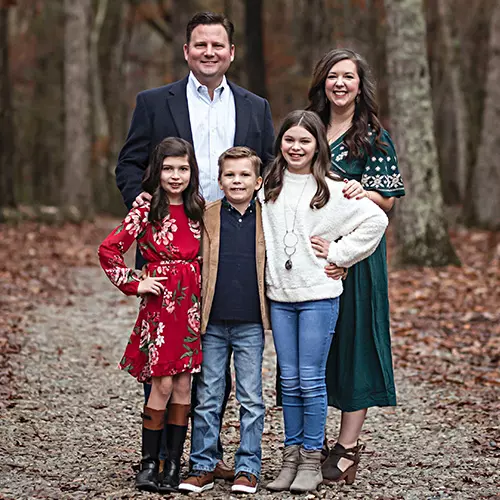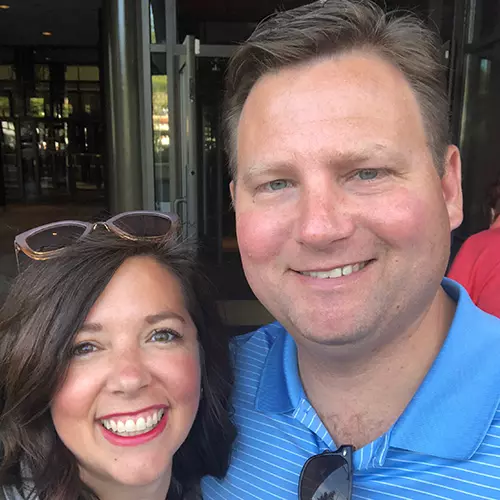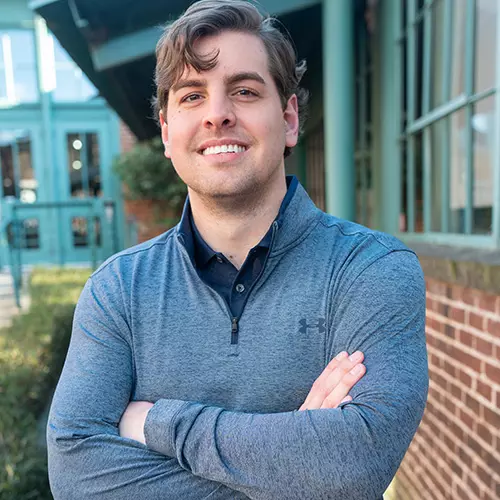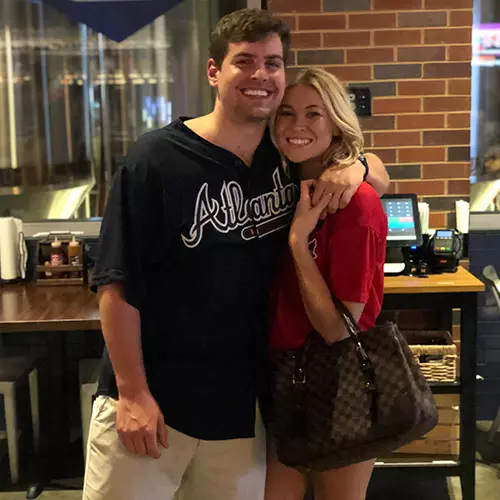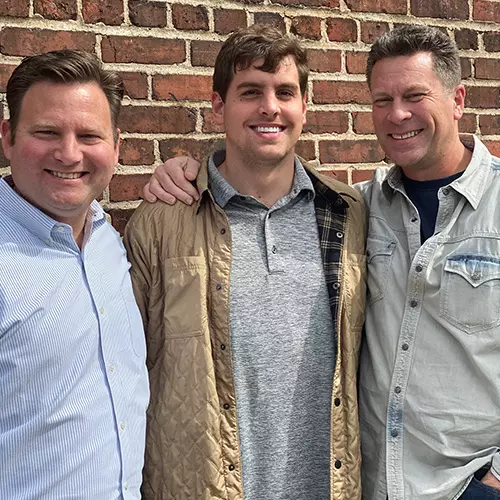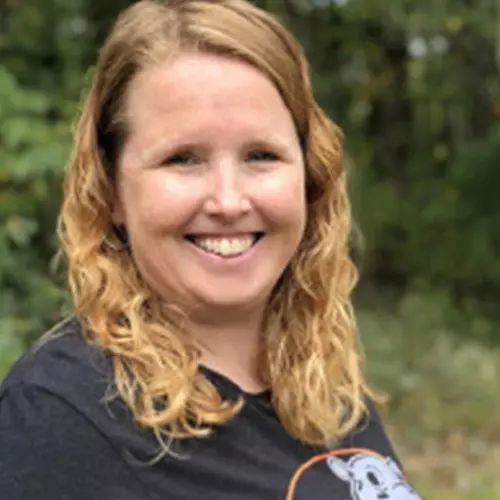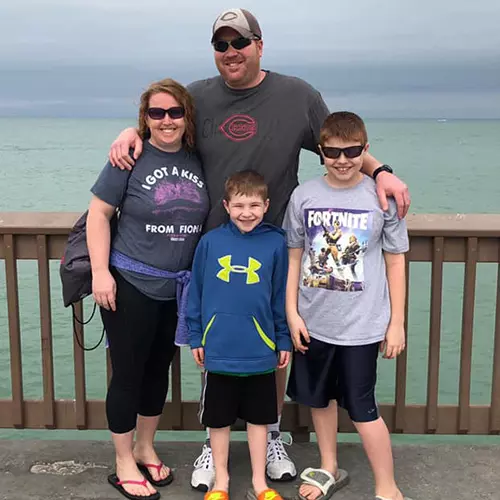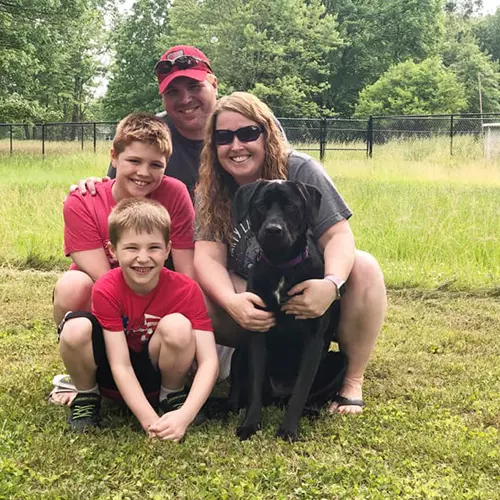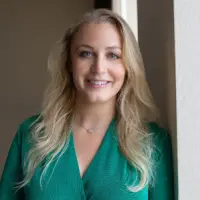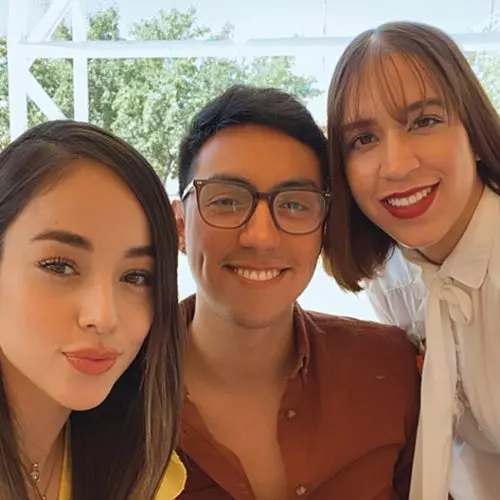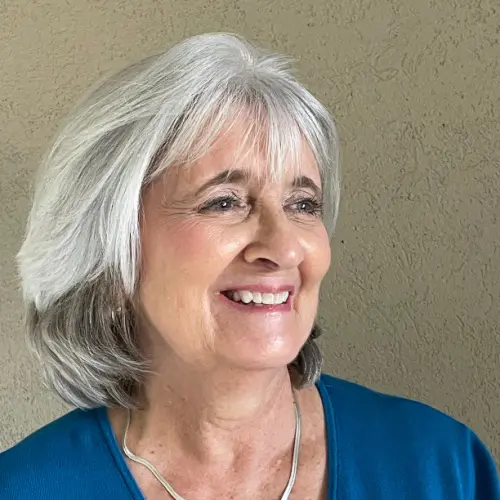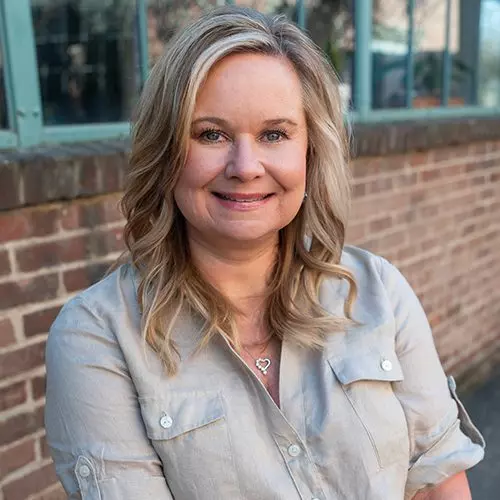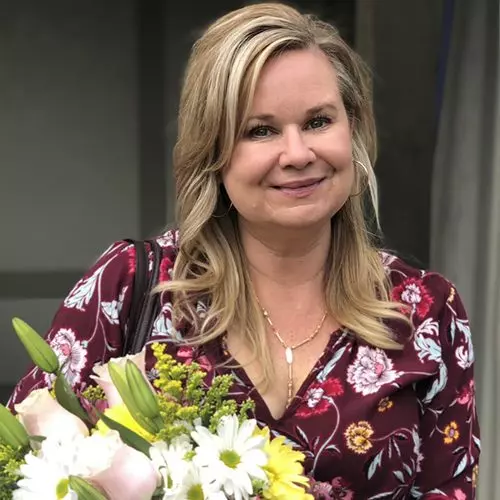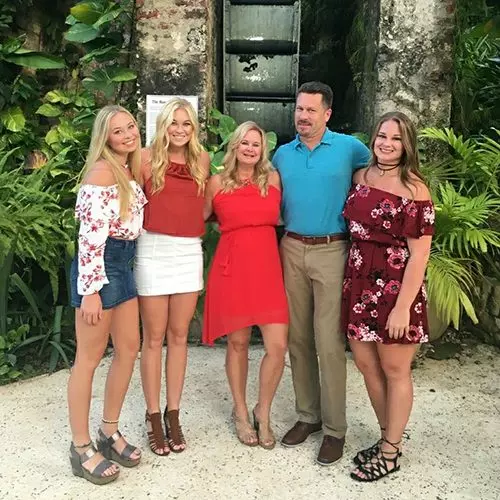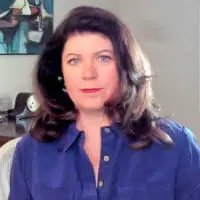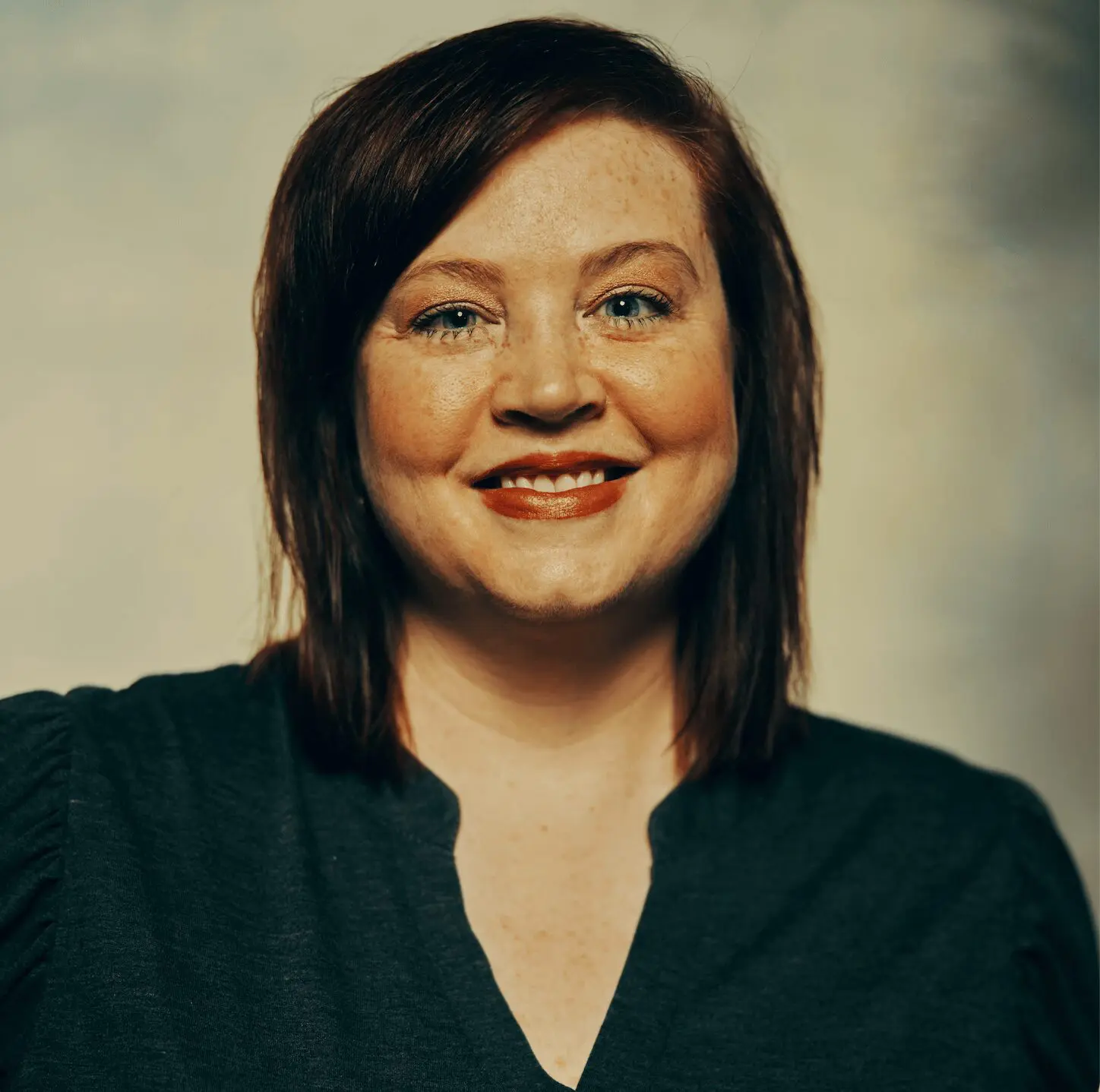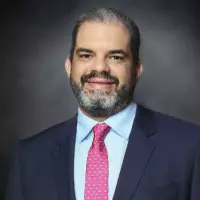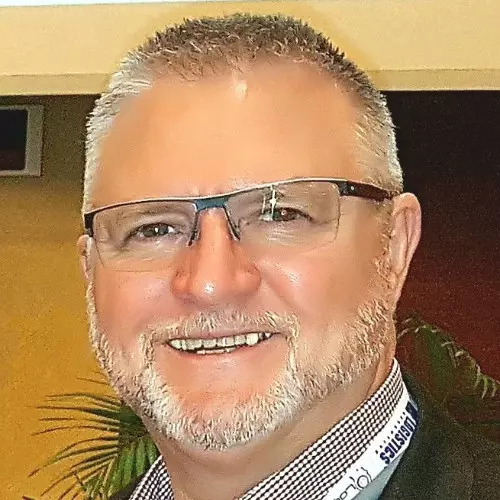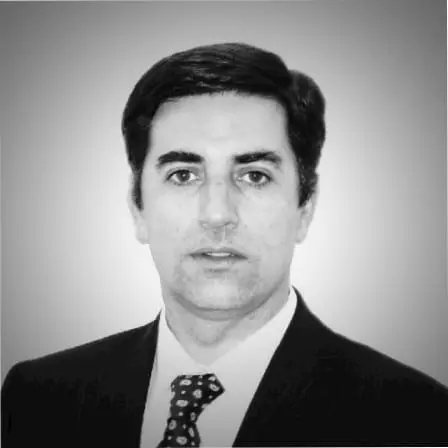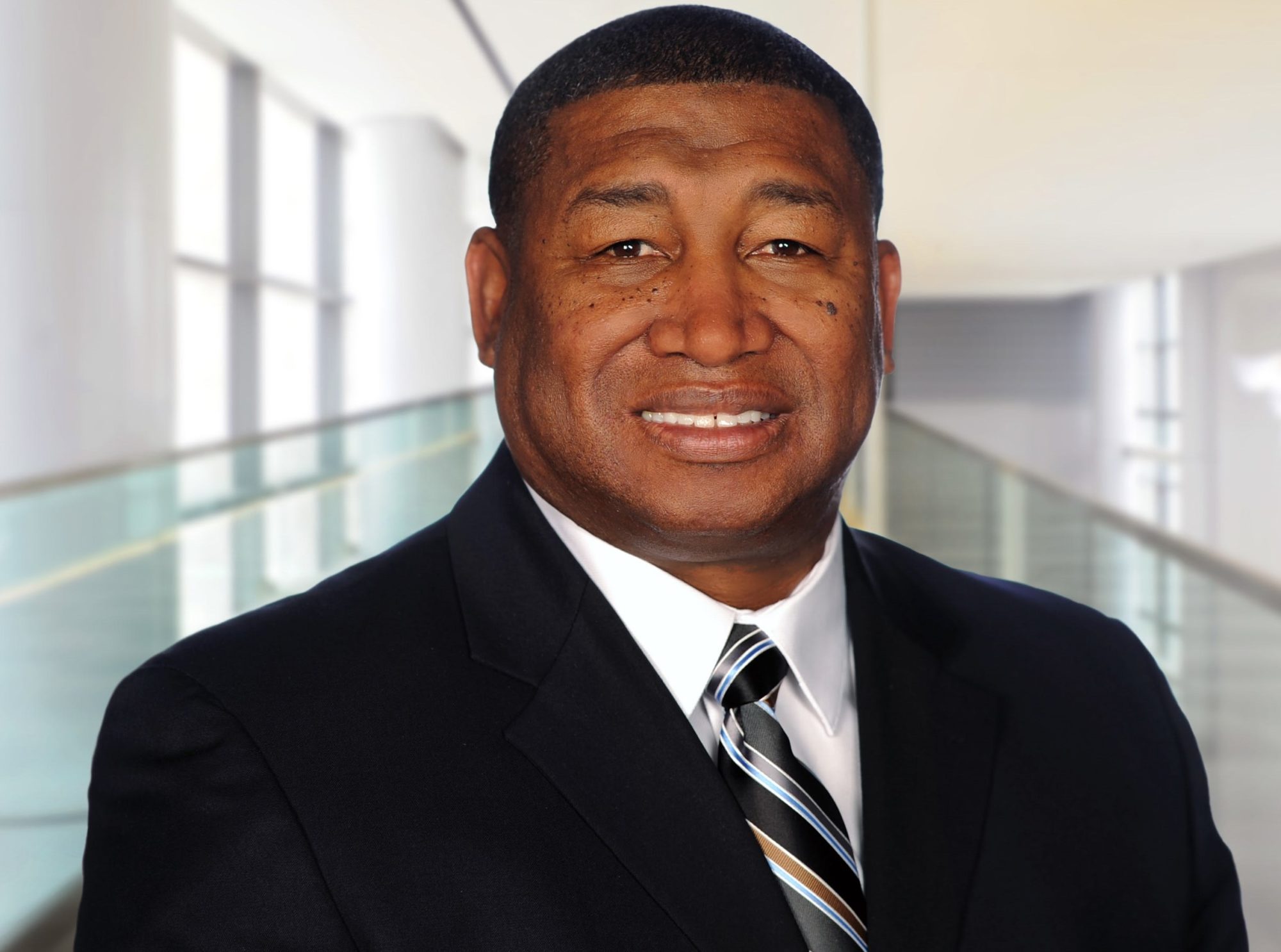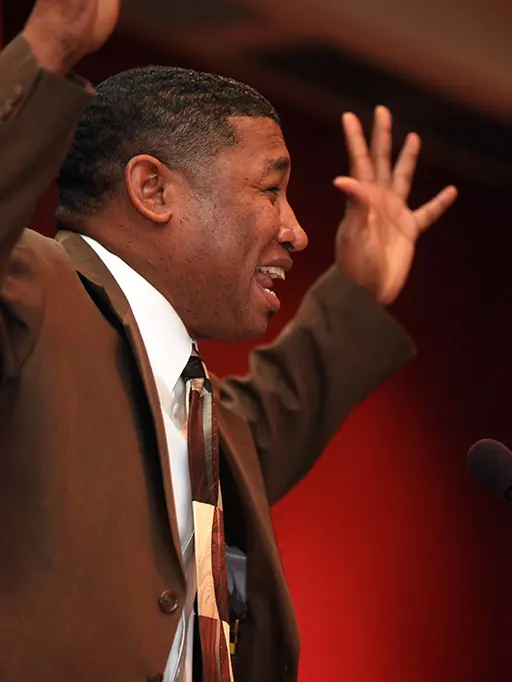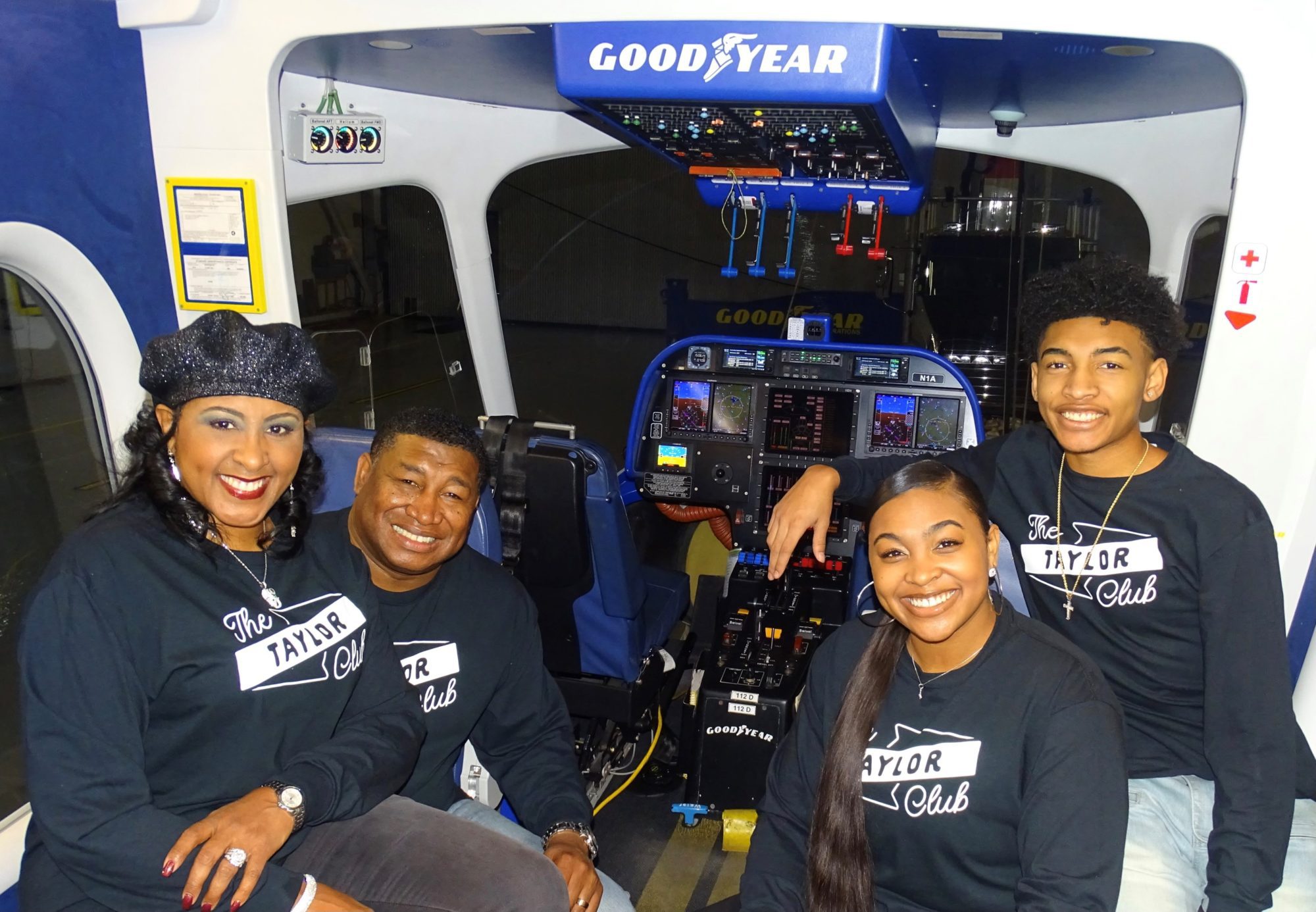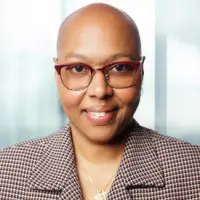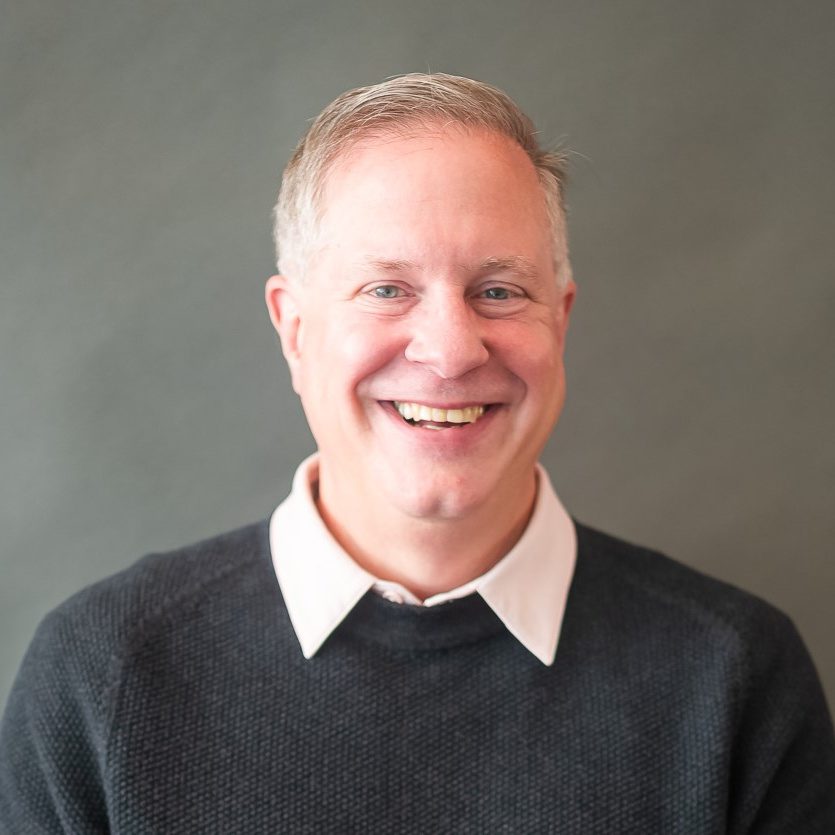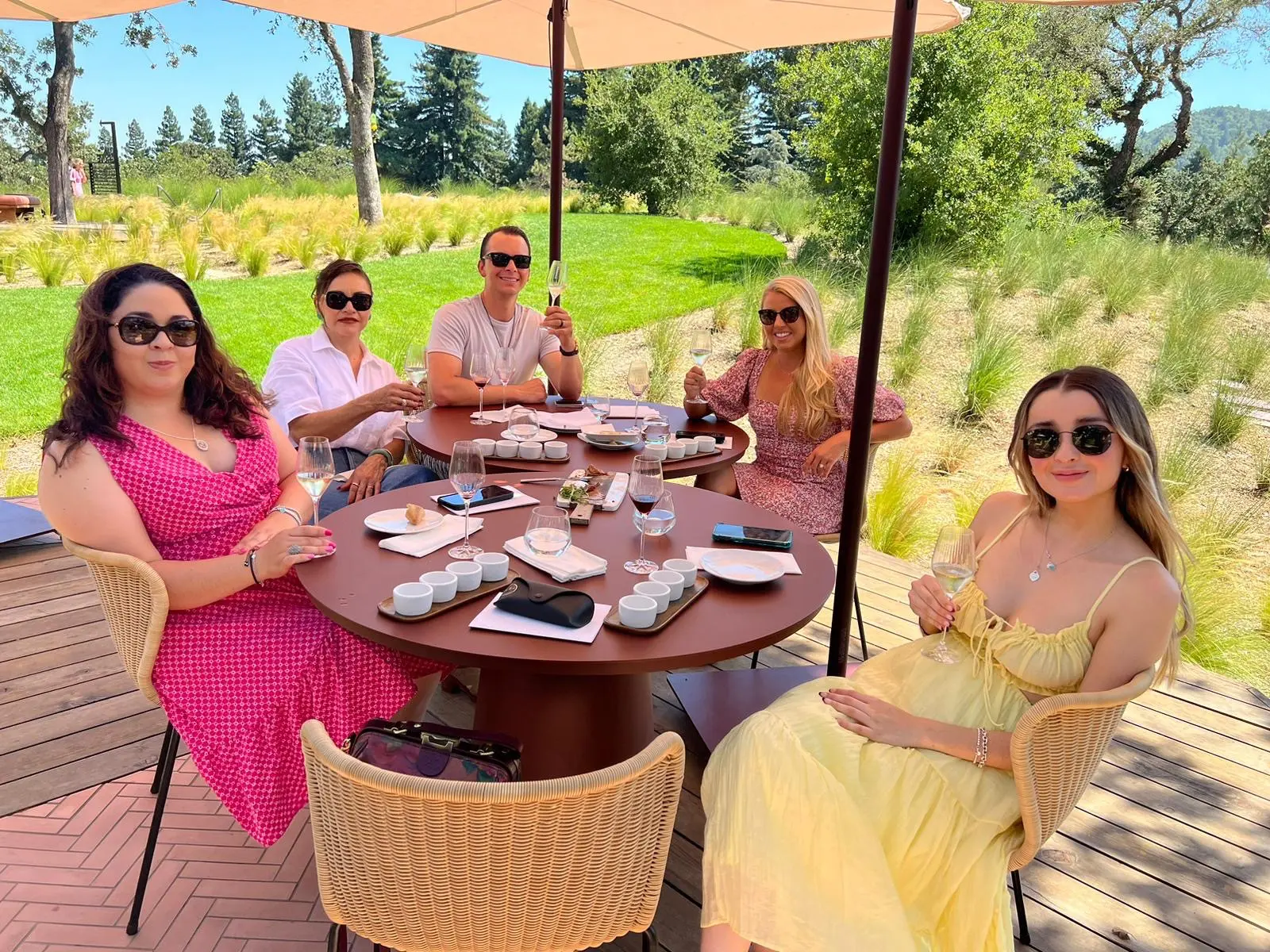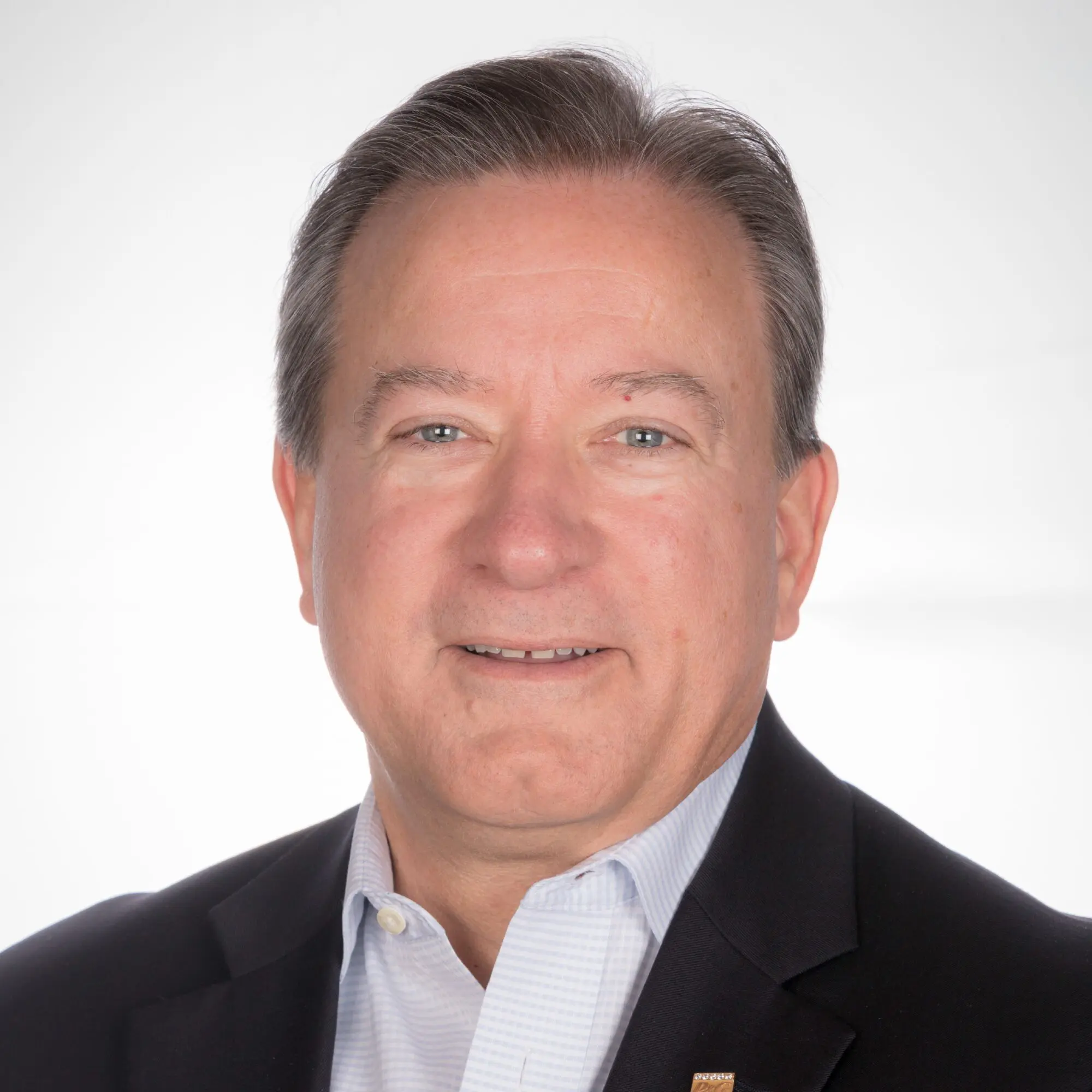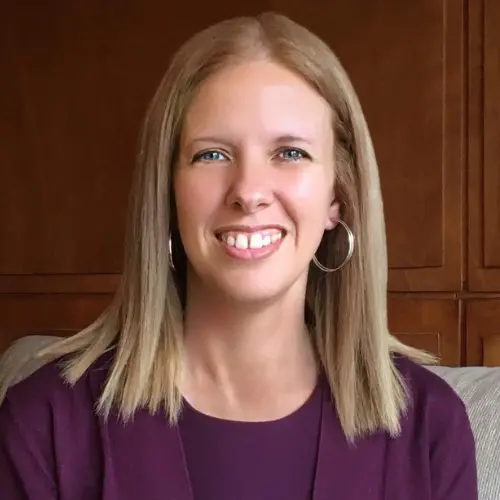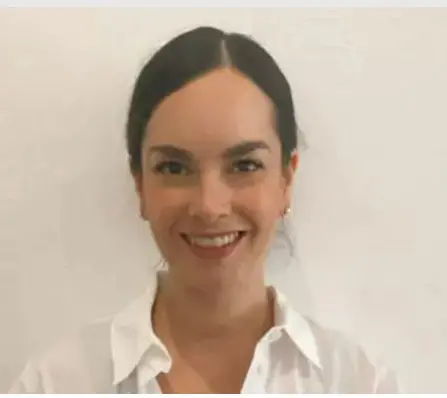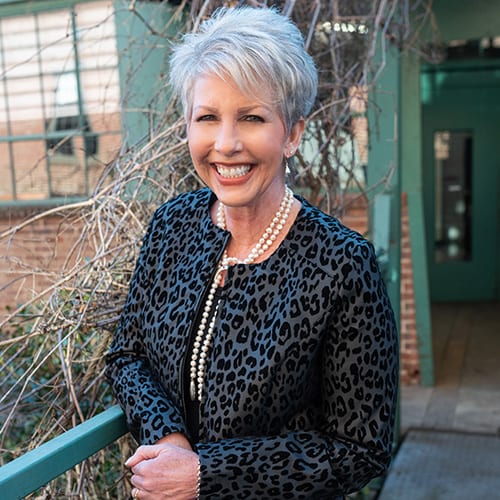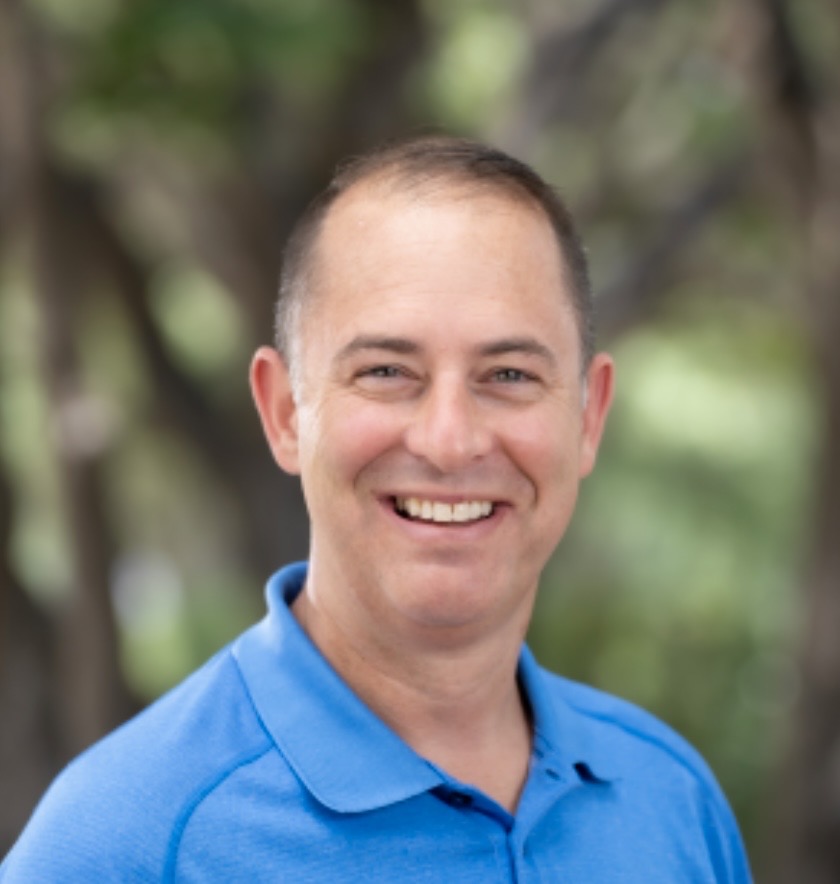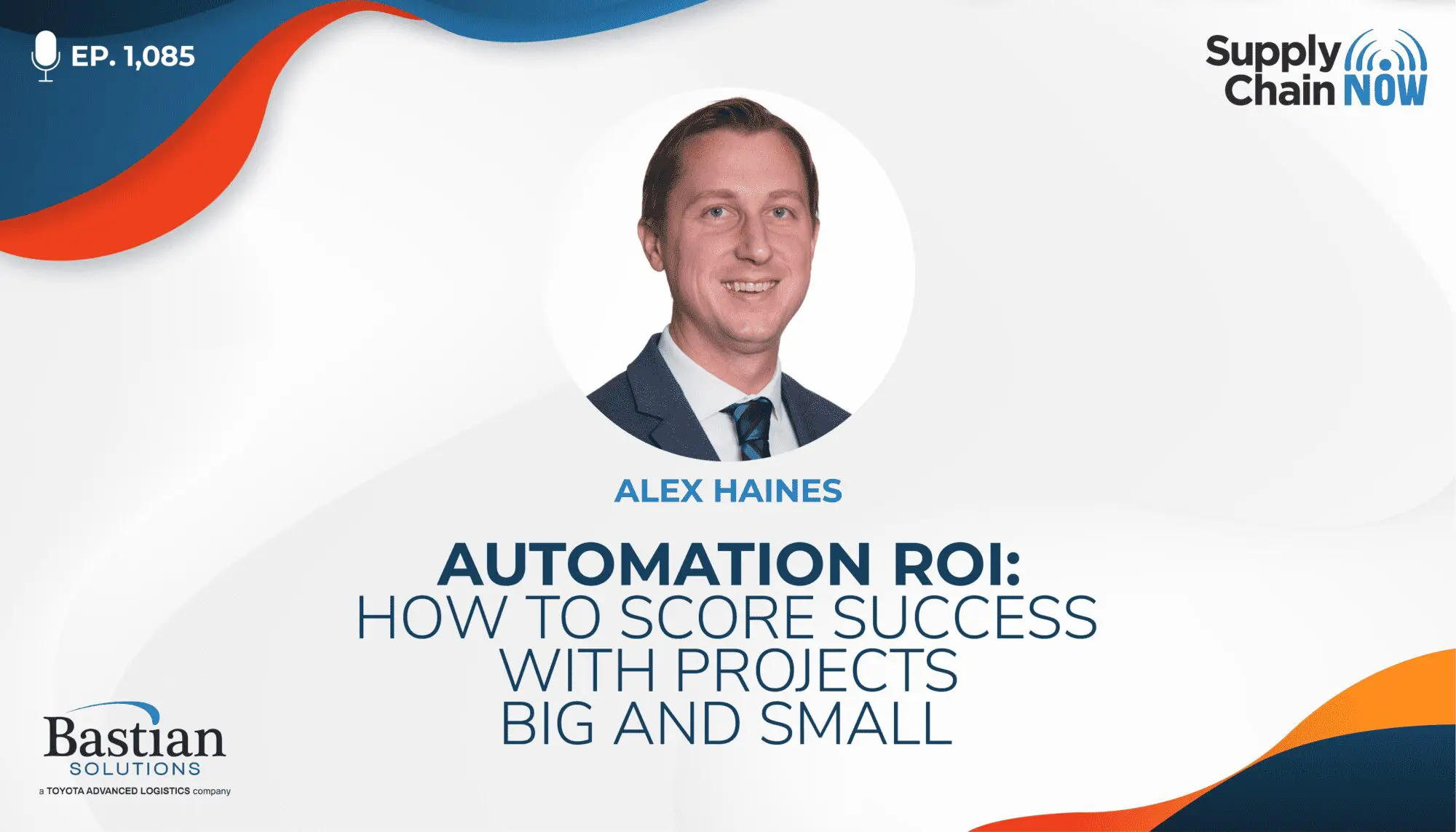
As we look into the future, we're going to have more and more automation, but it's going to be very application and customer-specific. All these dynamics are creating complexity, but the complexity needs to be sifted through. At the end of the day, it has to benefit customers. Customers have got to win.
-Alex Haines, Manager of Business Development at Bastian Solutions
Episode Summary
Changes in consumer expectations have increased the pressure brands face to maintain service level commitments. Consumers want in-stock inventory, next-day free shipping and free, no-hassle returns along with excellent customer support. Companies across the globe are feeling the pressure and wondering how they can compete with global big-box ecommerce giants.
To stay in the competition, they must ask where and how to automate, making the question not “should we automate?” but “how much should we automate?”
Alex Haines is the Manager of Business Development at Bastian Solutions. He and his team work with customers across industries, looking for opportunities to apply automation to the pain points and opportunities created by rapidly changing customer demands.
In this episode, Alex joins co-hosts Scott Luton and Greg White to discuss how companies can determine what level of automation is right for their competitive situation:
• How warehousing automation creates efficient environments, avoids missed shipping deadlines, mitigates issues with labor shortages, and creates safer workspaces for employees, all while exceeding consumer expectations
• Why automated systems don’t have to be large or costly, and the best way to make small investments that have big payoffs.
• Ways to navigate through the influx of automation technology options and minimize the disruption of day-to-day operations by retrofitting existing facilities
Episode Transcript
Intro/Outro (00:03):
Welcome to Supply Chain Now, the voice of global supply chain. Supply Chain Now focuses on the best in the business for our worldwide audience, the people, the technologies, the best practices, and today’s critical issues, the challenges and opportunities. Stay tuned to hear from those making global business happen right here on Supply Chain Now.
Scott Luton (00:33):
Hey. Hey. Good morning, good afternoon, good evening. Scott Luton and Greg White here with you on Supply Chain Now. Welcome to today’s livestream. Greg, how are we doing here?
Greg White (00:41):
I believe that we are doing good. I can vouch for me and for you, so the both of us are doing well. I don’t want to say good. No, and I love it, I’m really and truly impressed by people who use good grammar.
Scott Luton (00:55):
I am too. That makes —
Greg White (00:56):
They use well grammar when they —
Scott Luton (00:58):
Well, and we both know one, the one and only, Kelly Barner. Hope Kelly’s doing well. But, hey, really quick, big game is coming up. It’s just around the corner. I’m going to make all of our attorneys happy by just saying the big game, Greg, Chiefs and the Eagles, are you ready for it?
Greg White (01:15):
I still haven’t decided how I’m watching the game. I have decided that I’m not going, obviously. I haven’t decided how I’m watching it. But what I have decided is it’s going to have to be with Real Chiefs fans. Because I don’t care about commercials. I don’t care about it ever. But especially when the Chiefs are playing, I definitely do not care about commercials or side parties or ping pong games or any of that stuff.
Scott Luton (01:38):
So, we want to see your credentials if you’re going to hang out with Greg White watching the big game.
Greg White (01:43):
I am the only verification source on the thing.
Scott Luton (01:46):
I love that monopoly. Okay. Hey, but speaking of big things, big games, big discussions, today, we’ve got a big show teed up. We’re going to be diving into the hot topic, the critical topic, really, of automation. One of our favorites here at Supply Chain Now. And we’re going to be offering been there, done that advice as to how to optimize success and return on investment when it comes to implementing automation within your operation whether it’s big or small. Greg, it should be a great show today, right?
Greg White (02:13):
Yeah. Unquestionably. You know, automation, automation, automation, technology, technology, technology, artificial intelligence, artificial intelligence, artificial intelligence, blockchain, blockchain, blockchain. We’ve hit all the keywords. Now, we can just talk, and talk about what it’s useful for. And I think that’s the cool thing that Alex is going to bring to us – sorry – our secret guest that we’ve been promoting for two-and-a-half weeks is going to bring to us.
Scott Luton (02:38):
That’s right. I guess the cats already been let out of the bag. But we got a great guest. This is a topic that we talk about a lot. Greg is going to have some interesting commentary today. And, hey, folks, we want to hear from you, just like Amanda has dropped some welcoming comments here in the chat, in the sky boxes and club seats, just like Leah Luton’s talking about the crazy Philly fans, “Just saying,” she says. We want to hear from you, especially your thoughts on all things automation and supply chain, so check that out.
Greg White (03:04):
How can the Chiefs automate more so that they win the big game?
Scott Luton (03:10):
Man, they’ve done pretty good. It’s going to be an interesting game come Sunday night. But we’re going to save that for our next discussion, becuase, Greg, as you mentioned, we’ve got a big guest here today. I want to welcome in, Alex Haines, Manager of New Business Development with Bastian Solutions. Hey, hey, Alex. How are you doing?
Alex Haines (03:32):
Hey, hey, hey. Good afternoon. I’m fantastic. I think it’s proper grammar, so thank you for asking.
Greg White (03:37):
That is. That is.
Scott Luton (03:39):
Great to see you. And did you see Greg White power that swoosh? Did you see that?
Greg White (03:43):
I was ready to swoosh it. Yeah.
Scott Luton (03:44):
I love it.
Greg White (03:46):
That’s the best part of being on the show, Alex, is being swooshed [inaudible].
Scott Luton (03:51):
Alex, I want to start with two quick things. First off, folks, if Alex sounds familiar as he’s laying out his expertise today, Greg and I have coined him the Ray Romano of global supply chain, because he’s almost a dead ringer. So, y’all let me know what you think.
Greg White (04:06):
Not quite as me, maybe. But definitely not as nasally as you, as we were talking about before.
Scott Luton (04:12):
But so damn close.
Greg White (04:14):
So, [inaudible] just makes me feel good because I love that guy. Everyone loves Ray.
Scott Luton (04:20):
Everyone does love Ray. But speaking of things that everyone loves, it’s National Pizza Day, folks. It’s National Pizza Day. So, we’re going to start with a fun warmup question. Pizza is near and dear to everybody’s heart here. Alex and Greg, I’m going to oppose this to you two. Alex, where’s your favorite place to get really good pizza from and what do you put on your go-to pizza?
Alex Haines (04:39):
Okay. So, as a native Chicagoan who has been transplanted to Houston for a decade, you know, this one’s kind of near and dear to my heart, so the answer is probably Lou Malnati’s now, it used to be Gino’s. But since I live in Houston, you got to freeze it and fly it down. So, they’ll fly down some Lou Malnati’s, it’ll be frozen deep dish pizza. And then, you got to have a little bit of Chicago giardiniera. And my wife has learned to make our own giardiniera and ferments it in the fridge. I mean that’s like – I don’t know, I need to get out of this business and we’re just going to start selling that, and I think it’s going to be great.
Greg White (05:13):
Really? I thought I was a Chicago pizza aficionado. What is giardiniera?
Alex Haines (05:18):
It’s like a spicy topping. It has, like, olives and has a lot of oil and —
Scott Luton (05:25):
Peppers, pickled vegetables, right, stuff like that?
Alex Haines (05:28):
Pickle. Dang, that was the word I was looking for. Yes. It’s a bunch of pickled stuff. It’s fantastic.
Scott Luton (05:31):
That sounds really good. That sounds really good. Greg, I can’t wait to hear your question here. Your favorite pizza and what’s on it?
Greg White (05:38):
Well, first of all, anytime, Gino’s East gets it all. I’m a fan. They had all of the Chicago style pizzas. And the thing that I love about Gino’s East is that they put corn meal in their crust so you don’t get that dry flaky back corner like you do, literally, everywhere else. So, I applaud you. And we have neighbors up the street that do do the exact same thing, Alex. They have Lou Malnati’s flown in and it actually travels pretty well. But I can’t believe I’m going to say this, my favorite pizza in the entire world actually does come – well, gets flown in or a lot of the ingredients get flown in everyday from Italy, but it does come from Atlanta, it’s called Antico. So, they have a Fior Diavola, giant pepperonis, and it’s made the old fashioned way, which just kind of squares of mozzarella on it and hot peppers and it is spectacular, delicious. And the other fun part of it, which it [inaudible] appreciate, is you have to fight for your table. Once you get your pizza, you have to either wait or kind of force yourself to a table. What’s the Italian beef place?
Alex Haines (06:40):
Portillos or —
Greg White (06:41):
The one where they’re really mean to you.
Alex Haines (06:43):
Oh, yeah. I know what you’re talking about.
Greg White (06:45):
[Inaudible] in the back room [inaudible].
Alex Haines (06:47):
[Inaudible].
Greg White (06:48):
[Inaudible].
Scott Luton (06:50):
We’ll dive more into that delicious talk on the next shipper out. But, Greg and Alex —
Greg White (06:57):
[Inaudible]. Scott, pizza. Come on. Spill it.
Scott Luton (06:58):
Oh. I like so much of it, I’ve never met a bad pizza. Minsky’s in Kansas City is my recent favorite. Greg, you and I have talked about that. Founded by one of the same folks that founded Godfathers. It’s that mid-thick pizza. It’s so good. So good. So, if you’re in Kansas City, you got to go to Minsky’s. But, Alex and Greg, y’all delivered, and I’m sure made everybody hungry.
Scott Luton (07:18):
Before we dive into our chat here today, Alex and Greg, let’s say hello to just a few folks here. Ericka is back with us from Illinois. Great to see you here. Seham is back with us. Seham, I really enjoyed your perspective across social. “From Philadelphia,” she’s, I bet, an Eagles fan, so great to see you. We’ve got LinkedIn users from Southern California, Kansas City, a fellow Chief’s fan. Folks, YouTube is the easy way, as Katherine is displaying, easy way to connect and engage. Diesel is here in Atlanta. So, welcome everybody. We got a great conversation teed up here today. Okay. And there’s lots of pizza suggestions in the comments.
Greg White (07:53):
Are there, really?
Scott Luton (07:55):
Absolutely.
Greg White (07:55):
You have to come back.
Scott Luton (07:57):
Yes. We’re going to drop that throughout the chat and keep everybody hungry. Okay. So, Alex and Greg, let’s keep moving forward here. So, Alex, I want to start with level setting before we get into our [inaudible] part of our discussion. Let’s talk about, you know, you’re out there meeting and working with business leaders and organizations from here to there, what are some of the things you’re seeing out there in the industry, Alex?
Alex Haines (08:17):
So, I would say, probably the number one thing we’re seeing right now with an automation focus are many new technologies, a lot of new companies. Basically, a few years ago, Venture Capital and private equity got wind of supply chain automation as the next big thing. And as they did that, investments skyrocketed. So, you had all these new companies, you had startups, you had established companies that grew their presence, they added new technology solutions, they’re seeing more and more.
Alex Haines (08:45):
And the thing is, they all kind of fit a special niche. Some of them have a broader application and some of them are very narrow. But what you’re seeing is how do they fit in the market, where do they fit, when. And then, as part of that, people are trying to understand flexibility. So, we’re hearing people asking about automation. Like you guys said, it’s the topic, it’s fun, it’s what we do, it’s automation, automation. There’s a lot of buzz. But people are saying, “Hey, there’s all these technologies out there and I want to understand flexibility,” because COVID-19 changed the world from a supply chain standpoint, from a demand standpoint, from manufacturing, from distribution.
Alex Haines (09:18):
So, the fundamental change has just driven a lot of requirements for flexibility in automation and protecting your business going forward. So, we’d say technology is part of the new technology’s flexibility. We could probably talk that about AI for a while and what that really means in supply chain. Well, those are probably the biggest hot button topics, I think, we’re going to dive into a little bit here.
Scott Luton (09:39):
Man, what a great starting point. Greg, what’d you hear Alex walked through there?
Greg White (09:46):
I think what’s important to understand is automation is inevitable now, and it’s assistive or augmented to human operations in supply chain, and very necessary these days as people have stayed away in droves from many of the jobs that humans used to take. The Great Resignation caused this great generational transfer. And the people who wanted physical jobs, the baby boomers, retired in mass in 2021, ten million more than were expected to retire just in that year. And so, there’s this huge gap that needs to be filled.
Scott Luton (10:21):
Well said. Okay. I can’t wait to get into the rest of our conversation. But before we do, I want to say hello to a few folks. Erika tuned in from Minnesota. Kristi also tuned in from Minnesota. Gene is back with us. Great to see you here. John Perry is back with us. John, we’re expecting comedic gold from you here today. And he says, “Hello from Maine. My daughter went to college near Philly, so Go Birds.” All right. All right. We’ll go with that.
Greg White (10:45):
The only NFL team with a fight song.
Scott Luton (10:47):
That’s true. Fly, Eagles, fly. All right. Finally, Tomcat is throwing some fighting words down. He says, “Hot button topic. Deep dish is more casserole and less pizza.” So, we’ll save that. Greg.
Greg White (11:00):
Well, just one quick point. Chicago covers all angles. Because we used to live in Phoenix, the original witness protection program city, so there’s a lot of great food there I can’t say on the air or in private lest I be heard. But one thing I discovered out there was a fellow from Chicago who made the thin crust, which is like cracker thin crust Chicago style pizza. So, if you don’t like the thick crust, go for the thin. It is unbelievably delicious.
Alex Haines (11:28):
Amen.
Scott Luton (11:28):
Alex, I like your response to that, amen. Because all of it sounds good to me. Okay. So, Alex, we’re going to take advantage of your expertise and all the cool things you and the Bastian Solutions’ team is doing. And, really, the center plate part of what we’re going to be talking about here today is four key considerations when it comes to really, truly optimizing success and driving that critical return on investment when it comes to your automation projects regardless of size. So, let’s start with the first one. Alex, where do we start?
Alex Haines (11:59):
I think the way to start is around flexibility. I mentioned this briefly, just the hesitation to go into much deeper levels of automation. So, like Greg’s point, people know they need to automate at some level. They don’t know how much and they get scared of going in too far and too deep, too fast if they don’t have a background in that. And not only that, but they’re thinking, “Okay. How do I protect against all the unforeseen potential changes to my business in the future?” So, it’s not just the fact that “I’ve got to do something. I’ve got to put some automation in. And I’ve got to overcome that concern and that fear that I have about change.” On top of that, “I’ve also got to put in something that I feel confident can withstand the test of time and changes to my business.” And so, I think that’s really something we can dive a little bit deeper into.
Alex Haines (12:45):
And I can talk a little bit about the different kind of breaking points in terms of lower end entry level and then higher end. Maybe just to touch on this quickly, but what you’re seeing with all these new technologies I mentioned coming to the marketplace is a way to meet the market need for flexibility as well as lower cost of entry.
Alex Haines (13:06):
So, you’re seeing technologies on the market, let’s say, in a warehousing environment that are called AMRs – I’m sure you’ve heard about this – or ACRs, Automated Case Robots. And there are some big stall words who’ve kind of made a presence and there’s dozens of others who are coming up with competing technologies, which is driving everything forward. And the idea with those is they’re lower costs, they’re quick to install, you’ve got ability to have some flexibility as your business changes, pull robots in and out, charge it as a fee as opposed to as a capital outlay. And so, that gets people kind of introduced to automation. The challenges with those can be, you know, they’re not going to be able to keep up with higher rate businesses. They’re typically going to take up more space. They’re not going to be as dense. And we all know space, especially in the warehousing environment, is incredibly tight right now so you’ve got some trade-offs there.
Alex Haines (13:53):
And then, you’ve got the other higher end automation. And typically these systems in the past were sort of more rigid. And they’ve been set up to say, “Hey, this is how my business operates today. It’s going to operate like this in the future. I’m going to put in these monster systems and it’s going to do exactly what I need it to do for the next ten years.” Well, the challenge now is you can still put in these higher automation systems, but how do you think about how to design that for your business changes in the future?
Scott Luton (14:20):
Right. Okay. So, let’s take a quick pause there. And by the way, Greg, I’m talking to you next, but didn’t you love how Alex’s voice drop as he was offering up the voice of the business, “Hey, this is how my business operates today.”
Greg White (14:34):
I didn’t notice that. I’m sorry. I’m going to pay more attention to your storytelling skill.
Scott Luton (14:38):
You got to, man.
Greg White (14:39):
You’re putting characters in.
Scott Luton (14:41):
It’s the Ray Romano effect here. All right. So, Alex spoke a lot of good stuff there around different definitions of flexibility. Your thoughts, Greg?
Greg White (14:50):
Well, I mean, if you talk about – I mean let’s forget about robots and AI driven. If you think about just raw old-fashioned automation, it’s simple things like conveyors and things like that. So, those can be very dogmatic. They have to do what they do and they have to be designed to do what they do each day. Nowadays, because of new technologies and because of more independent and more flexible systems and technologies and automations and robotics and that sort of thing, we’re seeing some level of flexibility.
Greg White (15:25):
And, Alex, to your point, companies need to be thinking about what business they need to do today and not to themselves into a corner. But instead to allow themselves some level of flexibility, and just accept that the dynamics of demand, the dynamics of seasonal demand, or maybe even the growth or fade of demand of various items over time may cause various needs for those things, and start to think about the ability to be that flexible. And you can really do it with so many of these automation technologies out there. Alex, you described a few that, I would say, are convertible. They can do this today and be changed to do that tomorrow.
Greg White (16:10):
I think one of the other things that’s important is, to date, you largely have had to commit to an automation, a robotics provider and you’re kind of stuck with them. Because if you put another provider in your warehouse, they don’t speak to each other. So, not only do they take up so much space, they can run into one another and that sort of thing. But there are companies out there that are starting to create a universal language between these to allow you to have multiple types and brands of technology in the warehouse and have them all communicate with one another to be as efficient as they can possibly be.
Scott Luton (16:49):
I love that, Greg. Hey, before we move to the second consideration, Alex, do you want to respond to anything Greg said there, double down, or anything Greg shared?
Alex Haines (16:58):
No, I appreciate it. Yeah, I think Greg’s spot on. It’s like, I guess the flashy word to say is the democratization of supply chain.
Greg White (17:05):
I love that word.
Alex Haines (17:06):
People like that. People like —
Scott Luton (17:08):
If I could say it easier, I would love it more.
Greg White (17:11):
Not only are we thankful that you said it, Alex, and brought that up, because that’s absolutely the case. We’re glad it was you who said it. Because both of us struggle with that word.
Alex Haines (17:20):
I practiced beforehand, that’s why. But I mean, I think what it’s going to become, instead of a few big solutions and players in the market, there’s a lot of niche players and solutions and how do you tie those together. And then, how do you find the balance of fixed versus flexibility? I mean, I can tell you this, as somebody in a business who’s been around for 70 years, the conveyor is not going anywhere. You’re still going to have a conveyor. And what’s interesting is you have people that we’re just moving things by hand, maybe moving things by conveyor. And it’s just these sort of simple steps kind of into it, then you think about how do I mix and match all of these together.
Alex Haines (18:00):
And then, from a communication protocol standpoint, you’re right, there are a lot of software companies that are coming up. They’re more open source, Linux-based, standard APIs. Basically, they just talk to each other. And how do you figure out how to tie those together? So, I don’t know, I’m just reinforcing what you’re saying.
Scott Luton (18:14):
Good. Good. That’s great. All right. So, if you’re keeping count at home or in the office or wherever you’re listening, the first one is — before we move to the second one, I wanted just share a few things. Mohammad, great to see you, tuned in from Dallas, the big D.
Greg White (18:27):
[Inaudible].
Scott Luton (18:29):
That’s right. It’s not just us. Ghazi appreciates your good accent, Alex. How about that? And Derek says, “Hello from Atlanta. Not sure I’ve ever turned down a pizza.” Derek, me and you’re kindred spirit —
Greg White (18:41):
Yeah. There’s an old saying that pizza is just like another act that we perform. Even when it’s bad, it’s good.
Scott Luton (18:48):
Yes. Okay. All right. Greg and Alex, look, we got to move on now. All right. So, the first consideration is flexibility. The second consideration, again, when it comes to optimizing success and return on investment when it comes to automation, Alex, is what?
Alex Haines (19:03):
It’s really the labor shortage, which anybody on this call are not surprised by that. And Greg had mentioned this as well. So, I think what’s interesting is that a lot of people figured that after COVID we’d be able to have a less tight labor market and people would start coming back, and we’re not seeing that. Everybody sees what’s happening in the news, they’re not getting people back. And the other thing is, now, when you have a tightness on the labor market like this, people can be a lot more discerning about the kind of jobs that they want to do. So, there was already a migration away from manufacturing jobs. There was a four million person manufacturing labor shortage, I think, just at the beginning of COVID. And same with warehousing jobs, because those were traditionally seen as, you know, dark and dank and challenging, and there were safety issues, ergonomically not friendly.
Alex Haines (19:56):
And so, when people said, “Okay. If I’m not going to go back to work, I’m not going to go back to work.” That’s part of the problem. But if I’m going to go back to work, how do I get some job that I was challenged with, or at least I don’t have a stereotype of that being a challenging job. And so, part of the challenge in supply chain is also helping people at broad understand that it’s not the way it used to be. And there are jobs that you can have inside of a manufacturing and a warehousing environment that are ergonomically friendly, they’re safe, they offer a competitive wage, and it can be supplementing these automated processes.
Alex Haines (20:35):
And so, the goal is, as you add more automation to processes, you’re trading up positions and people to have a higher level of capability and knowledge and overall satisfaction at work, because now they’re part of supporting something that’s more complex and it’s typically more intellectually stimulating. And so, they feel like they’re comfortable, they’re having better ergonomics, their stress on them personally is less to be able to do that and be brought into the industry.
Alex Haines (21:01):
And then, the other part of the equation is, obviously, there just aren’t enough folks coming to work for us to be able to ship product out the door or to hit SLAs. And so, a big part of the conversations that we have is I need to automate, to what Greg was talking about. And there’s a multitude of factors for that. But a big one is inability to find folks. And we even see people changing their business cases to say it’s really not an ROI anymore that I need to hit within a window. It’s really, if I don’t do this, what will happen to my business? That’s starting to shift.
Scott Luton (21:32):
Okay. Greg, let’s dive in there when it comes to the people factor, your thoughts.
Greg White (21:35):
Well, I love talking about this topic because we get to use my four words – you’re welcome to use these, Alex, and you nailed a couple of them – dark, dirty, dangerous, and dull. Those are the jobs that people are staying away from in droves. Those are the jobs that the baby boomers left when the great resignation occurred. And those of us that are left in the workplace, Gen X, Y, and Z, we don’t really want those jobs. And, frankly, those jobs, many of them could have been automated decades ago, but because the baby boomers were the [inaudible] workforce of that type of job, it was apologized for and even delayed to automate those type of jobs. But many of those can be performed much, much more effectively, rapidly, consistently by technology. And now there is no reason to apologize for automating those jobs because, Alex, to your point, and we’ve talked about this couple times already, people don’t want those jobs. I mean at least not enough of them do. But they do want to interact with technologies. So, the elevated job, the higher purpose, if you will, the kind of job that people are seeking. And so, we can elevate humans to do human things and let technology and automation do automation things, and everybody is better for it.
Scott Luton (22:50):
Greg, that’s one of my favorite phrases that you share here and put in your supply chain summaries. You know, let’s lift up people to do what they’re great at and let’s let the machines do what they’re good at. And it opens up so many windows and doors of opportunities if folks are willing to walk through them. Good stuff there.
Scott Luton (23:07):
All right. So, we’ve covered half of our four-point list. So, flexibility was the first consideration. The valuable people factor is the second consideration. Alex, what’s the third consideration when it comes to optimizing your automation projects?
Alex Haines (23:20):
The other big one is what we would call SLAs or Service Level Agreements. And so, this would typically apply to the warehousing and manufacturing sector. So, let’s say for example, I’m a manufacturer and I’m manufacturing a product for end customer A, B, and C. Well, my customer expects me to be a certain level of efficiency if I have an agreement with them, a service level agreement. I need to make this many widgets in an hour, they have to be at this quality, and I have to improve that ramp.
Alex Haines (23:51):
Or if I’m doing it at a fixed cost, I am probably putting together a business case against other manufacturers building components for somebody. And those manufacturing components are all – sorry – all those manufacturers as they’re competing for the same business are looking for a way to lower their overall manufacturing costs. There’s two ways to do that. One is economies of scale, so making more at higher rates and more efficiently. And the other one is helping to figure out how much human elements you could pull onto the manufacturing process. And so, if you’re going to bid on a project that’s fixed bid, you need to be cost competitive, and you need to be able to hit rates. Or if you’re going open bid, you need to be able to provide increased productivity metrics every year and quality metrics. So, people that haven’t done anything for years are going to be substantially further behind others who have.
Alex Haines (24:40):
And a manufacturing automation’s been core, middle, like you say, Scott, for a long time. The difference now is all of the material handling aspects of raw goods through the working process, feeding line side, finished product storage, that’s the stuff that hasn’t been automated for most people. And that’s where a bunch of the attention is right now. So, how do we take this thing from end to end and automate it?
Alex Haines (25:03):
And then, the other piece on the warehousing side, I mean, you think very simple terms of peak. You got a plan for peak, “Hey, I’m a retailer or I’m a brand, and November is coming, well, it’s July now, but when peak starts, I got to make sure I have ability to receive product, and I have the ability to ship product, and I have to do it quality, and I have to get stuff out the door ASAP.” And people, as we all know, myself included, have become pretty fickle, where if we have a bad experience and it doesn’t go well the first time or two, we just jump to the next one because there’s so many options out there. So, this is what’s forcing people to move towards this automation is I’ve got to hit these. And they’re only getting more aggressive. We all know that the demand is higher, everything’s tighter, faster, shorter, but you can’t slip on quality either.
Scott Luton (25:50):
Okay. Greg, when it comes to his comments around service level agreements, the third consideration, your thoughts.
Greg White (25:58):
Yeah. I think we talk a lot about short lead times in eCommerce. Everybody wants two day or next day or same day delivery. Or I had the option today buying something to get it between 7:00 and 11:00 a.m. the next morning. What my great fear was, of course, if it would come at 7:00, I don’t want to have to answer the door at 7:00 a.m. But I think the other thing that people expect as much as speed is consistency. And that is what Alex is talking about, is, companies have to deliver consistency and predictability and reliability in terms of their delivery of their promise. And eCommerce, frankly, any of your commerce, is a delivery against your brand promise and you have to be able to do that. And consistency is every bit as important as the speed. So, automation helps a ton with that. Robots never call in sick. Usually there’s a backup onsite if you’re doing it the right way. I mean, when they need to go take a break, there’s usually two or three of them that are freshly charged or whatever. And, of course, when I think of automation, I’m already moving beyond things like conveyors and things like that. But all of that stuff is remarkably reliable as well.
Scott Luton (27:09):
It’s kind of like the hockey line change. It’s kind of what came to my mind as you were just sharing that. So, Alex, any final thought before we move to the fourth and final one? Any final thought on service level agreements based on maybe something Greg shared?
Alex Haines (27:23):
Yeah, I do. And I want to just lean into the ROI piece and, you know, the dollars piece a little bit. I mean, we’re definitely seeing customers who’ve done nothing, just like, “Hey, let’s put in some basic conveyor or basic sortation,” and that’s going to help us just be even exponentially more efficient, some real basic stuff. And then, on the high end too, Greg is saying he’s thinking about robots, which is what we talk about every day and a lot of that too, and you’re seeing more companies figure out ways to be flexible there. How do you lease these? How do you rent these? How do you design so you can add more in the future as opposed to right now? So, going back to this whole flexibility comment, it isn’t necessarily what it used to be in terms of one big capital outlay upfront. You can figure out ways to say, “Hey, my SLAs are here, but I know they’re going to need to increase, but I don’t want to drop all that cash right now. How do I rent that? How do I grow into that?” And I think that’s what’s really interesting.
Scott Luton (28:13):
Agreed. Agreed. Okay. So, we’re going into the fourth and final one. And with this fourth consideration, Alex, you touched on actually one of the first ones you tackled, and we’re talking space here. So, tell us more, Alex.
Alex Haines (28:26):
Oh, boy. This is one of our favorites. So, space and – I’ll call it – labor. I don’t want to be derogatory. But, generally, people and space are the most challenging things in terms of conversations we have. Last time I checked, I think the vacancy rate in Southern California was, like, 1.6 percent. I mean, there’s no space. And it’s the same thing in a lot of the major metro areas. And so, the thing is, when you talk about people from, let’s say, warehousing and distribution standpoint and they want to put up a warehouse or they want to expand, guess what? It’s probably going to be, or someone’s going to tell them, it’s in one of the same locations that everybody else has a warehouse. And considering factors we’re seeing more and more is, “Okay. Yeah. We understand from a transportation standpoint and from a customer standpoint, we want to have a warehouse in the central part of the country, maybe it’s Dallas, maybe we’re going to ship out of Indianapolis, we may have a West Coast, DC and LA, Georgia.”
Alex Haines (29:15):
But the other part of that is understanding what are the folks like in that area, how is the labor participation rate. So, understanding not just the space and location, but the participation rate. And then, because space is such a premium, we have a lot of customers talking to us about brownfield retrofits, which is a challenge. How do we keep operations running? How do I retrofit what I have? Or maybe I’ve got a little extra space, how do I add to that?
Alex Haines (29:45):
And then, the last piece is greenfield. And this is really critical. A lot more customers are being much more proactive in their thought process about when they build a new building thinking about the material inside. So, either the manufacturing or the warehousing and designing it around the automation and the material handling processes. Because that can determine your footprint and you can build it and leave opportunity to expand and to grow into the future as opposed to just building a big footprint now, because that space is harder to find and it just costs a lot more because it’s harder to find.
Alex Haines (30:19):
So, because of those factors, we’re seeing a big increase on how do we intelligently look for automation solutions that I can grow into, but also that consume a smaller footprint. Because guess what? That business case to your executive team becomes exponentially easier when I’m looking to put up a new DC and I can save 200,000 square feet, and it’s however many dollars a square foot, that drives a lot of investment decisions.
Scott Luton (30:45):
All right. Greg, your final thoughts here as we tackle the fourth and final consideration being space?
Greg White (30:51):
Yeah. I mean, Alex made the best point, and that is, space is expensive and it’s hard to come by. So, being able to be very efficient with that is very important. And I think one of the things that a lot of companies have discovered is that a lot of the way that old distribution centers were designed was not necessarily to accommodate the automation or even the material handling products or devices. It was the limitations of human beings.
Greg White (31:18):
I mean, way, way back in the early 2000s, when Amazon bought Kiva – and made a divorcing couple billionaires. God bless them both – they realized that the sortation process didn’t matter as much because they didn’t need to put everything that was the same in the same place, because the Kiva robots could find where the stuff was and go to it. And those were relatively unsophisticated robots back then. And, now, it has changed the entire dynamic to where, I think, you can start to think about how you design an even space, whatever – define the space requirements of a distribution center based on the portions of it that you can, want to, or should automate so that you don’t have the same limitations that you have, because we have to be reminded where stuff is stored, whereas it’s always in the mind of a sortation device or robot or the shelves come to you like they can with so many of these automated devices.
Scott Luton (32:16):
Well said, Greg. Okay. So, four-point list, flexibility, the people factor, service level agreements, SLAs, and space. Alex, before we move into making sure folks understand what you and your team do at Bastian Solutions – Greg, I had to think about my subject verb agreement there, back to your opening comments.
Greg White (32:37):
[Inaudible] with words. Some people do not [inaudible], I guess.
Scott Luton (32:39):
So, those four considerations, Alex, your final thoughts there around as folks are kind of chewing through the expertise you’ve laid out here, your final thoughts.
Alex Haines (32:50):
I would say, in a nutshell, I think that North America, specifically, is following a lot of the same trend lines that Europe has followed over the past 10 to 20 years. Space is more expensive. There’s less people participating in the workforce. And those people that are participating have a certain requirement for the jobs they want to do and the type of expertise they want to have and how they want to work. And the unknown future of the business, your business, and the economic climate and the supply chain is creating all sorts of interesting conversations. And that’s being addressed by a drove of new technologies, a lot of expertise, a lot of focus, a lot of money, a lot of software solutions. And as we look into the future, I see we’re going to have more and more automation, but it’s going to be very application and customer specific. It’s not going to be round peg in a square hole. It’s going to be, that’s going to fit your application every time. So, all these dynamics are creating complexity but the complexity needs to be sifted through. Because at the end of the day, it’s going to benefit customers the best. You know, customers are going to win, I think.
Scott Luton (34:00):
Yeah. Customers, certainly, they’re winning already. They’re going to win a lot more, aren’t they, Greg, in the months and years to come. Okay. So, sharing a couple quick comments here. Patrick Kelly – I love all his work in the produce industry. Folks, if y’all love and dig produce, y’all check out Patrick Kelly. Great to see you here today. I think this is Scott. Scott says, “The API space alone could be a show. Hello from North Carolina.” Good point there. And, finally, Seham says, “Yes, brown/greenfield does not sound as simple as many describe.” Good point there. Nothing is as simple as it should be I guess.
Scott Luton (34:36):
Okay. So, let’s move along to make sure folks understand what you and the Bastian Solutions do. In a nutshell, Alex, what would that be?
Alex Haines (34:44):
Sure. So, Bastian Solutions is part of a Toyota Advanced Logistics, and we are a trusted supply chain integration company. So, about 1500 folks, approximately half are engineers, been in business for 70 years. Really, we serve as a customer trusted advisor to help navigate through the various levels and types of automation. We support customers at a regional level through regional offices as well as large sophisticated systems, kind of everywhere in between. And, really, an engineering design services approach, so looking at how we can take your business, your data, your requirements, your growth plans, your challenges, and then look for the ways to solve that problem. And then, telling customers, here’s what we think and here’s what it’s going to take to do that. Or if we can’t solve the problem, telling them that as well. So, honestly, it’s a really fun company. It’s a wonderful job. It’s a great place to be. And a lot of that has to do with a wonderful culture, wonderful people, and the ability and the desire for us to solve supply chain and automation problems for folks.
Scott Luton (35:41):
All right. Good stuff. That was almost poetic on the frontend, Alex, of what you shared there. Greg, bring all that stuff to me and we’ll get it and solve some problems. It reminded me of the phrase from the poem, give me your tired, poor, huddled masses, which, famously I think led to American [inaudible] or something like that. But anyway, bring it to Alex. Alex is ready. He’s asking for it. Greg, your thoughts. Blessed are the problem solvers, is that right?
Greg White (36:07):
Yeah, no doubt. I mean, I think we have to think about the way warehouses, fulfillment, whatever you want to call it, we have to think completely differently about how it’s done. So, I want everyone to close their eyes. I mean it, close your eyes. What are you picturing when you picture a warehouse? Think about the inside of it. Racks and stacks of them. So, open your eyes. I want you to think about it from this standpoint, and that is, that model does not necessarily have to exist.
Greg White (36:40):
That flexibility that Alex has been talking about, we see it all the time with systems that they can literally move and adapt, and change the type of picking and sorting and racking solutions that you have based on the very high demand for the varying types of product that a company or even groups of companies are requiring at the moment. So, this changes things not just for self-distribution but also for 3PLs, which more and more companies are going to, as many smaller and smaller manufacturers, D to C brands. All of those sorts of things start to come together and have these kind of needs as well, and the same demands from the consumer. So, I think that flexibility is going to change or already has changed the look of the interior of many of the distribution centers and fulfillment centers out there. And it will more, and it will lead to more and more automation, less and less human interaction.
Greg White (37:36):
And I think that goes to the second point, which is – I’m only slightly exaggerating – nobody wants these jobs. I mean these jobs are unbelievably hard to fill. It took almost three years. After the shutdowns, it took almost three years to get back to the same level of employment in the manufacturing industry as it was just before the COVID lockdowns. And that was because of that great generational shift. That generational shift has had a lasting and, frankly, a permanent impact on the workforce. So, we have to acknowledge that.
Greg White (38:14):
We also have to acknowledge the fact that technology automation is more consistent, it’s more reliable, it’s more efficient than human beings ever was or were. And, frankly, if there had ever been any other option, they wouldn’t have done these type of jobs to begin with. They would’ve been managing the systems that execute all of this. And if we didn’t know it before, now it seems like every time we talk to anybody in distribution or in real estate, all they’re talking about is there’s just not enough out there.
Greg White (38:49):
I think the tide’s going to turn on that. Alex, I’d love to get your thoughts on that, because I think we’ve been a bit overbuilt and we’re going to start to see that coming back. But all that means is that distribution centers are going to change hands from whoever built it and thought they were going to use it, to someone else who now can use it. And that again goes back to the top, to flexibility and the ability to reconfigure these distribution centers as they change hands as demand either shifts or companies relinquish control of some of these facilities. We know that Amazon is grossly overbuilt and a lot of those distribution centers will wind up being leased to or sold to other companies that will use them for entirely different purposes. So, you know, it all kind of is very circular coming right back to flexibility.
Scott Luton (39:33):
Yeah. Good points there. Alex, anything you want to address there before we move to a couple of resources?
Alex Haines (39:37):
Yeah. No. I don’t want to [inaudible] that too much on the space piece. It’s interesting, so one of the things I noticed recently was that, you know, the speculative build is what we’re seeing start to slow down. But at the same time, when people start to get nervous and they don’t think there’s going to be demand for that space, they stop building. But the demand is still increasing or still remaining somewhat consistent. It’s definitely going to come down. What you’re seeing is it was already tight. The spec builds are tightening up. And so, now, that cap is shrinking a little bit further where there’s still a tightness on space, because investors and builders are concerned about spec building too many buildings, because they anticipate more space will become open. So, in the meantime, until some of that space comes open, I think there’s got to be a squeeze because there’s still a demand, there’s additional space.
Alex Haines (40:20):
But no question, there’s got to be tons of repurposing. I mean, a lot of these shopping malls that are changing hands, there’s got to be unique ways to find fulfillment operations. You know, you think about some of the distribution, some of the corner – I can’t think of it – the JCPenneys – I don’t want to try not to throw them under the bus or anything – the anchors – sorry. The anchors – there’s got to be ways people are going to find to use that space. So, it’s just going to be a really unique way of thinking about things to a great point in the future. There has not been a way everybody’s thought about it in the past.
Scott Luton (40:54):
Excellent. You know, it’s not the ’80s anthem, The Heat Is On, but as Alex points out, the squeeze is on. A lot of good stuff here from Alex and Greg.
Greg White (41:03):
How does he do it, Alex? I don’t know how he does that. That’s awesome.
Scott Luton (41:09):
All right. Hey, Greg and Alex, we got some great questions here. We’re not going to go into them now. But I want to point them out to Alex and his team. James is talking about preferred pick methods. James, we’ll see that the Bastian team gets back to you there. Great post-show conversation. Tom’s talking about insurance concerns and permits. I’m sure Alex and the team can get back with you there as well.
Scott Luton (41:27):
Okay. So, Alex, you’ve got some great resources. You and the Bastian Solutions team brought some great resources to bear. I wanted to share a couple graphics here. The first one is on this case study with Decathlon. So, tell us more about why should folks check this out.
Alex Haines (41:42):
I didn’t plan it like this, but it kind of worked out. Greg’s point about repurposing face, this is kind of exactly a case study for that. So, this is interesting, you guys can check it on our website. But, basically, Decathlon, they’re a large sporting goods retailer based out of Europe, large presence in Canada. And we worked with them to build a microfulfillment center, basically, inside of a shopping mall. And inside the shopping mall, you have a piece of automation that stores the inventory. It manages the transactions for a couple of things.
Alex Haines (42:13):
One is, well, if you’re in the shopping store, you can walk around and you can find a tennis racket or you can find a pair of shoes, and you don’t have all the inventory stored out front like you do in sort of a traditional retail environment. Maybe have one or two of those. It opens up the space to hold more SKUs as well it’s easier to navigate, scan it, and you add that to your shopping cart using your app. And it’s going to start to pick and load automatically with some robots driving around on a grid these items for a customer order. And so, what’s neat is you can have the shopping experience and you can be more exposed to more products. It’s easier. It’s cleaner. And it’s kind of fun to see robots pick it up.
Alex Haines (42:47):
The other piece is you can buy online, pick up in-store. So, people are buying online, pick up in-store. It’s stored inside of the system. It’s queued up and ready for people to come pick up when they show up. And the third is, it’s treated as a D to C function too. So, for customers in Western Canada, you’re able to get your e-com orders shipped out of a system that exists inside of the second floor of a shopping mall. So, pretty cool that you can use it for D to C, e-com, as well as your in-store shopping experience. So, there you go, repurposing of space right there. Kind of a neat one.
Scott Luton (43:18):
Wonderful. Folks, we got the link in the chat, y’all check that out. Greg, you were going to throw a comment in there.
Greg White (43:24):
Yeah. Which is, old is new again. Service merchandise, does anyone here remember service merchandise?
Alex Haines (43:30):
We talked about that.
Greg White (43:32):
They had a big competitor too. I cannot remember what their name was. It seemed like it started with a G or – oh, Best Product. I don’t remember. It doesn’t matter. Anyway, it’s amazing how we’ve adapted some of these old models to the new methodology and how fit they are for exactly what you’re talking about. Running a fulfillment or even a retail facility with fewer people, with automation, and with high service levels. And a sort of a single point of contact for whether you want to shop and buy in-store, shop online and pick up in-store, or shop online and have it delivered to you, the flexibility of those facilities is built right in. Because, essentially, they are a warehouse in the back and a store in the front.
Alex Haines (44:17):
They were ahead of their time as many others, right, for sure?
Greg White (44:20):
Or they would still be with us.
Scott Luton (44:23):
So, y’all check out the Decathlon case study. Also, we’ve got this a Retail Apparel and Footwear Fulfillment Strategy Guide from our friends at Bastian Solutions. You can check that out as well, we’re going to drop the link to that in the chat. Okay. Alex, man, we’ve had a blast with you and Greg. And the whole conversation is relevant. We’re all redefining. You know, some folks when they hear the word automation, they may think, “Well, you know, that’s relatively new, man.” It’s been around forever and we’re constantly reinventing its application and where we put it and how we use it. And, clearly, as you’ve laid out the four considerations here, there’s a ton of new ways to think about automation that business leaders got to embrace in the boardroom. So, Alex, if folks want to learn more, they want to connect with you, if they want to lean into what you’re doing at Bastian Solutions, how can folks connect with you, Alex?
Alex Haines (45:12):
Yeah. Thanks for asking. So, a couple of in-person ways, if you’re in the retail space, we’re going to be at a show called RILA LINK. That is in a couple weeks here in Orlando. But probably more applicable to a general audience is ProMat. If you don’t know what ProMat is, I highly suggest you check it out.
Greg White (45:29):
If you don’t know what ProMat is, I wonder why? It’s Disneyland for logistics people.
Alex Haines (45:34):
It’s exactly what it is. Yeah. So, we’re excited about that show. Everybody’s excited about it. It’s going to be high participation rate. I have to plug that we’re going to have a really cool, nice big booth of tons of really cool automation, and the ability to teach you about other automation that is not in our booth as well. So, you can come. I’ll be there. Happy to connect with you. Or you can reach me a note, you know, just through my email address here or shoot me a note on LinkedIn, however you want to chat.
Scott Luton (45:59):
Wonderful. Wonderful. Alex, we had a blast. I know you’ve been traveling a good bit. I’m glad you were able to get in a great meal, as you were sharing pre-show, with your family. Safe travels as you venture back out, making things happen out in the industry. And, Alex, we had blast with you here today. So, Alex Haines, thank you very much for your time today.
Alex Haines (46:18):
Thank you, guys. It was a ton of fun talking with you. I really appreciate your time, your expertise. Thanks so much, guys.
Greg White (46:24):
Likewise. Thanks, Alex. Don’t forget to answer those questions, whatever those questions are.
Scott Luton (46:28):
That’s right. Thank you, Alex Haines, Manager, New Business Development with Bastian Solutions. Thanks, Alex.
Scott Luton (46:37):
All right. I was hoping I was going to be here after the swoosh, Greg.
Greg White (46:40):
It happened. Oh, my god.
Scott Luton (46:43):
We’re working on a variety of upgrades, so maybe we hit the wrong wire, but nevertheless. All right. Well, hey, thank you Tomcat. And by the way, great to have you here today. We appreciate the feedback. We had feedback from Luis earlier who was tuned in from Mexico City. Thank you for that. I really enjoyed. I learned a ton. I got my 18 pages of notes between Greg and Alex and all the great comments here and the great questions, which undoubtedly, Greg, will lead to some interesting follow up conversations.
Scott Luton (47:08):
But, Greg, enough yapping from me. What was your one big key takeaway from today’s conversation that business leaders, practitioners, folks, if you’re in automation, that you got to keep front and center? Greg.
Greg White (47:22):
Can I do two?
Scott Luton (47:22):
Sure, please.
Greg White (47:23):
You know, if you ask me to do one, I have to do two. So, my first big takeaway is that Alex knows of what he speaks. I mean, you can tell that he is a been there, done that kind of person, obviously has a lot of knowledge in this space, and continues to build that knowledge as he continues to deploy these kind of solutions. But the other is, that labor is the pivot point for all of these changes in supply chain. It’s the reason that automation and robotics have become so much more popular and so much more necessary. And it’s also the reason that it will elevate people to higher levels, the kind of jobs, the greater purpose that they want to have in their job experience in supply chain.
Greg White (48:04):
You know, when you think about this generational transition that we are going through, and as we talked about, was accelerated by everything that happened before, with, and after COVID, you know, it’s dramatic. I mean, I can’t speak for the rest of the world, but I can tell you that it is dramatic in the states and in other countries around the world. So, this really put in stark relief the fact that we have to do something. And that companies have to acknowledge that those people – our parents, Scott – they’re not coming back to the workforce. And as they’re not coming back to the workforce, they were the ones doing those physical jobs. We have to think of another way to fill those physical jobs, replace those physical jobs, or eliminate those physical jobs altogether, and do it with automation or less labor, more efficiency.
Greg White (48:53):
And it’s an opportunity, you know, some of the points that Alex brought up, the flexibility. You can be much more flexible with technology, robotics, and automation because it’s nanoseconds, to train someone on a new warehouse layout, to train a robot on a new warehouse layout, and its days and days, maybe even weeks. And not just the people who need to know it, but the people who need to train them on it. So, the labor requirements there become much, much less as well.
Greg White (49:23):
And, also, the incidents of error, which goes exactly to one of the other points he was talking about, which is service level. And, look, I believe that the consumers are the beginning and the end of the supply chain. Only everything that happens in supply chain is either because consumers condone it or allow it. And we are not allowing inconsistency. I mean, for all of the kvetching we do about all the boxes that we get, Scott, and we do this. And although I have to tell you, it’s not less in the last couple Christmases, hasn’t it? But some companies are obviously doing a better job. But we still expect them to be perfect. Perfection is the only goal here, and automation and technology are the best ways to accomplish that.
Scott Luton (50:10):
Yeah. Well said there. A lot of good thoughts there. All right. So, clearly we all learned a ton from Alex and love the things that he and the Bastian Solutions team is up to. Hey, folks, connect with him. We dropped Alex’s LinkedIn profile in the chat at his behest.
Greg White (50:26):
Someone is doing that right now, Scott.
Scott Luton (50:29):
So, we’ll all be connecting with Alex. But, folks, I love that because there’s so much more good that we’ve got to drive the industry to get better, to Greg’s points. And thanks for all the great words here. Pugiso – maybe – from South Africa really enjoyed today’s conversation. We appreciate that. Okay. Well, we got to leave it there for today, Greg. I really enjoyed your take, Alex’s take, some of the resources we shared – y’all check those out. We got links there that you can find both in the episode notes and in the chat.
Scott Luton (50:57):
On behalf of our entire team here at Supply Chain Now, Greg White, Katherine, Amanda, the whole team behind the scenes helping make the production happen, this is Scott Luton signing off for now, challenging you to do good, to give forward, and to be the change. And we’ll see you next time right back here at Supply Chain Now. Thanks everybody.
Intro/Outro (51:16):
Thanks for being a part of our Supply Chain Now community. Check out all of our programming at supplychainnow.com, and make sure you subscribe to Supply Chain Now anywhere you listen to podcasts. And follow us on Facebook, LinkedIn, Twitter, and Instagram. See you next time on Supply Chain Now.
Featured Guests

Alex Haines is the Manager of Business Development at Bastian Solutions. Alex’s team works with customers across various industries, looking for opportunities to help automate their supply chain to address both the pain points and opportunities posed by rapidly changing customer demands. Alex has 15 years of experience in global supply chain strategy, operations, automation, and sales. Recently, Alex was recognized by MHI’s Young Professionals Network as their Outstanding Young Professional for 2022. Connect with Alex on LinkedIn.
